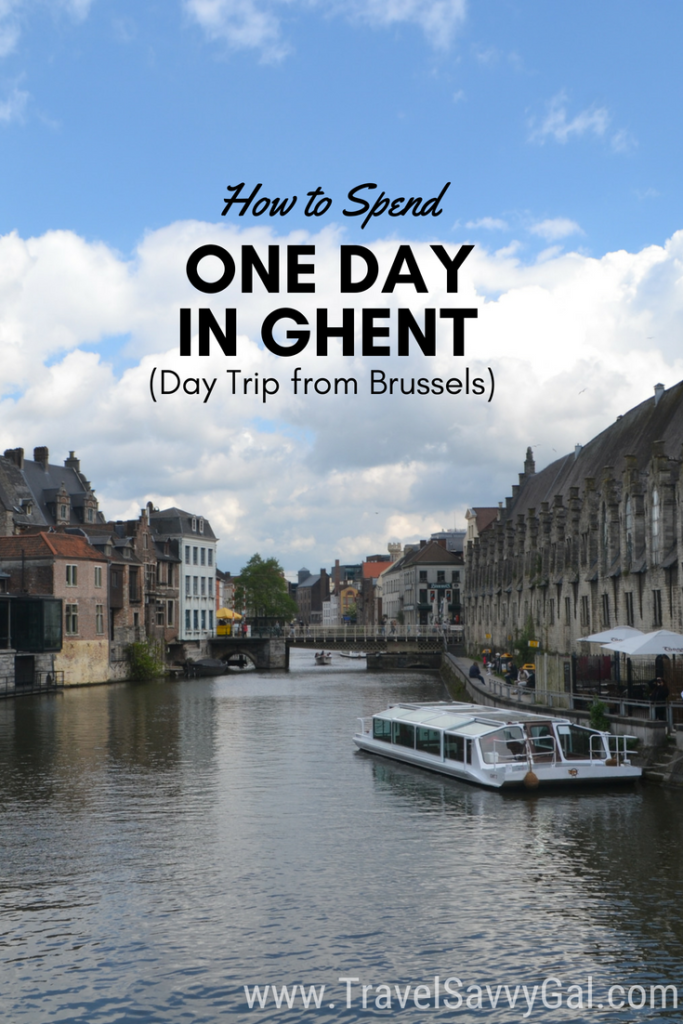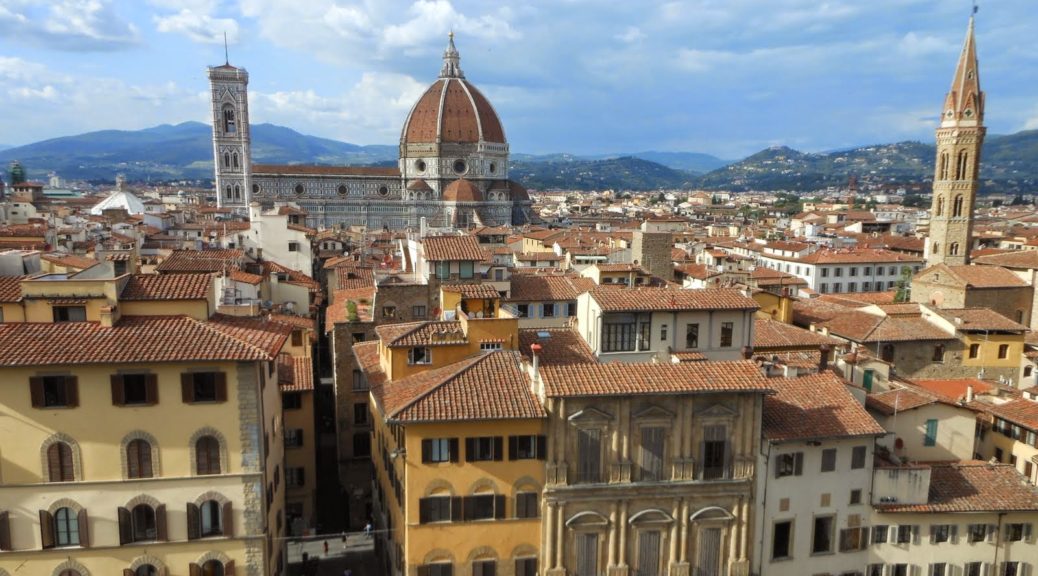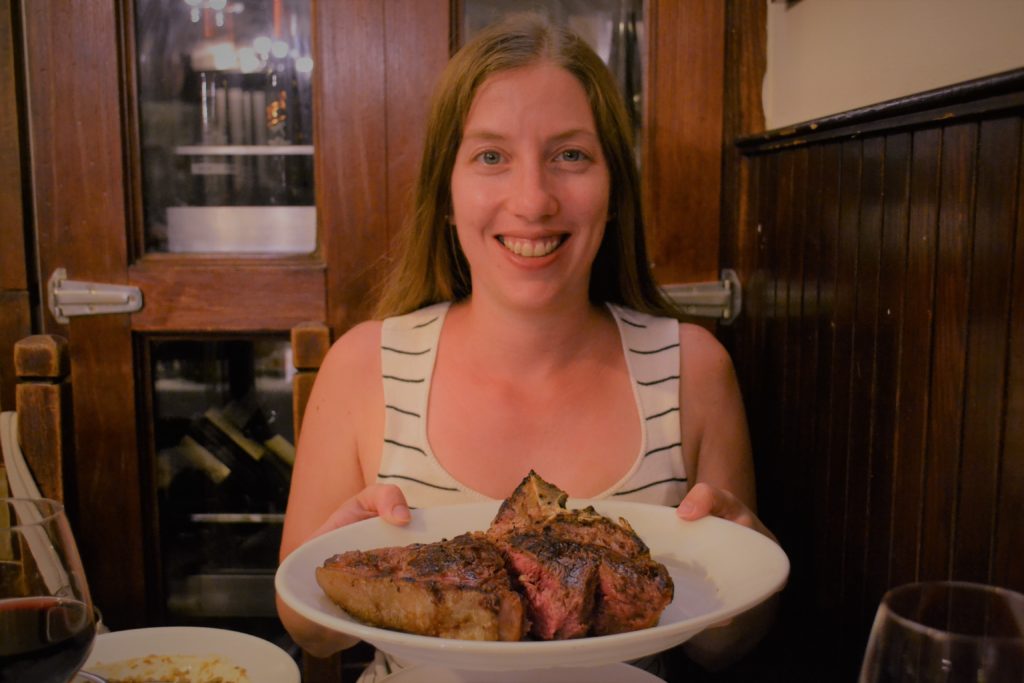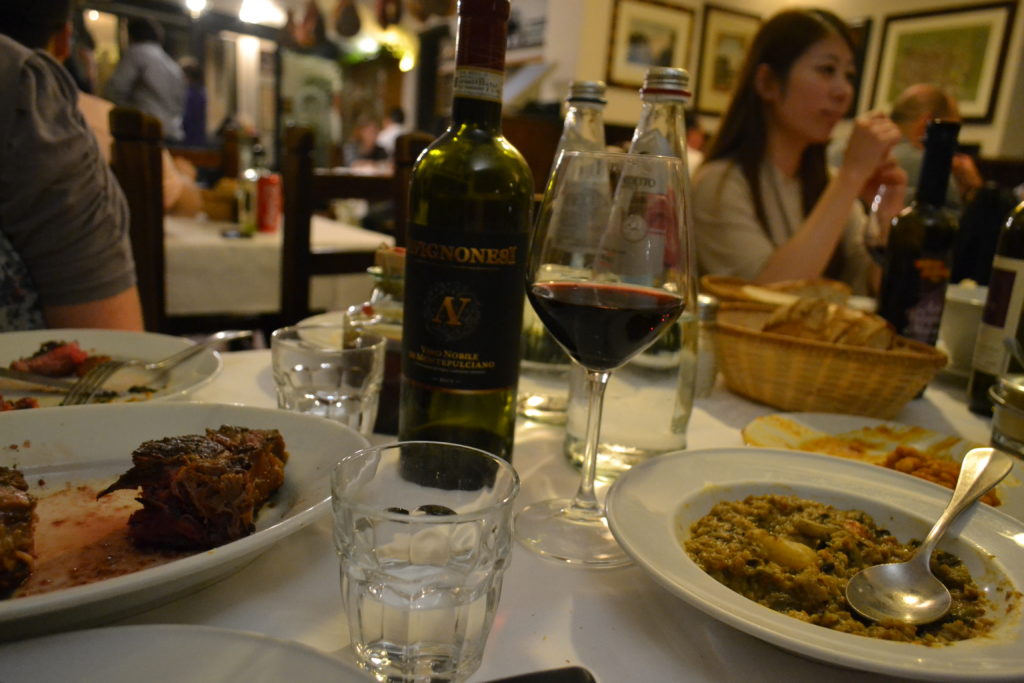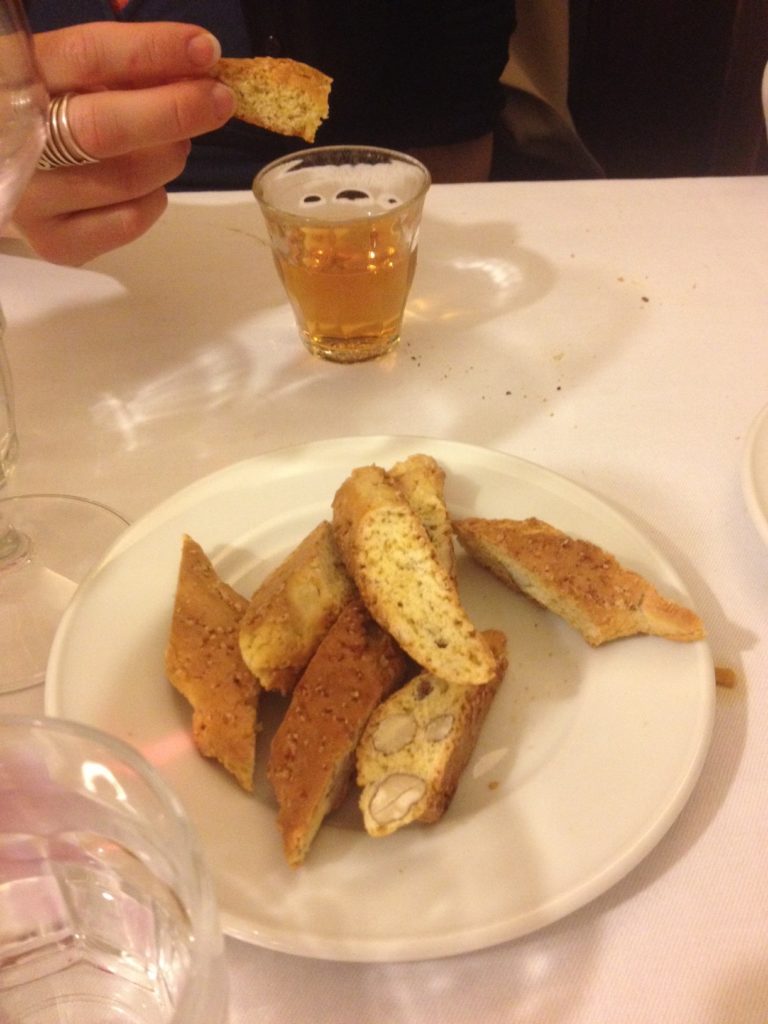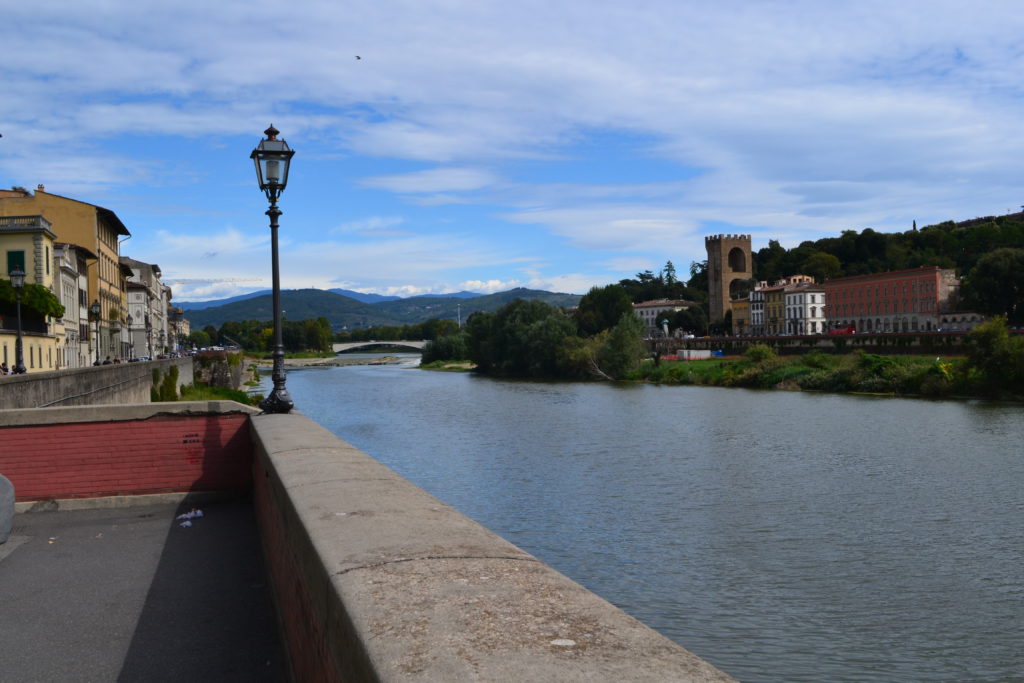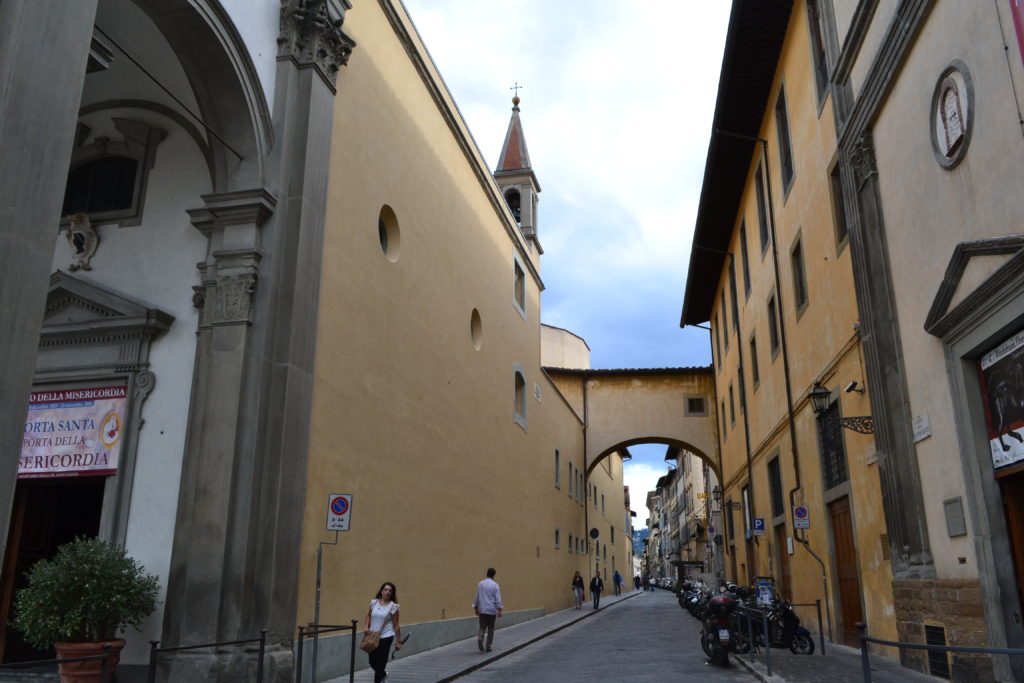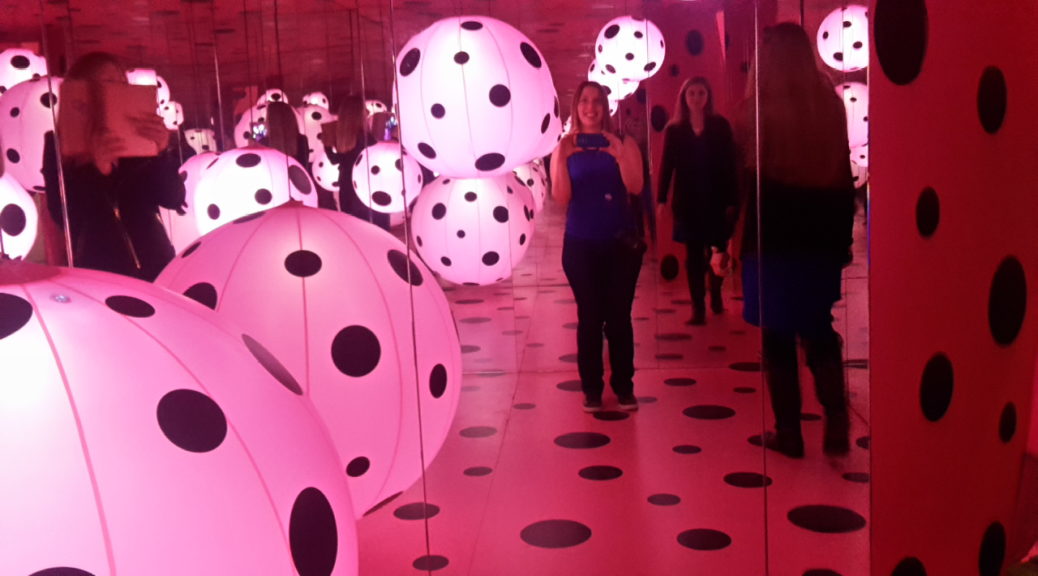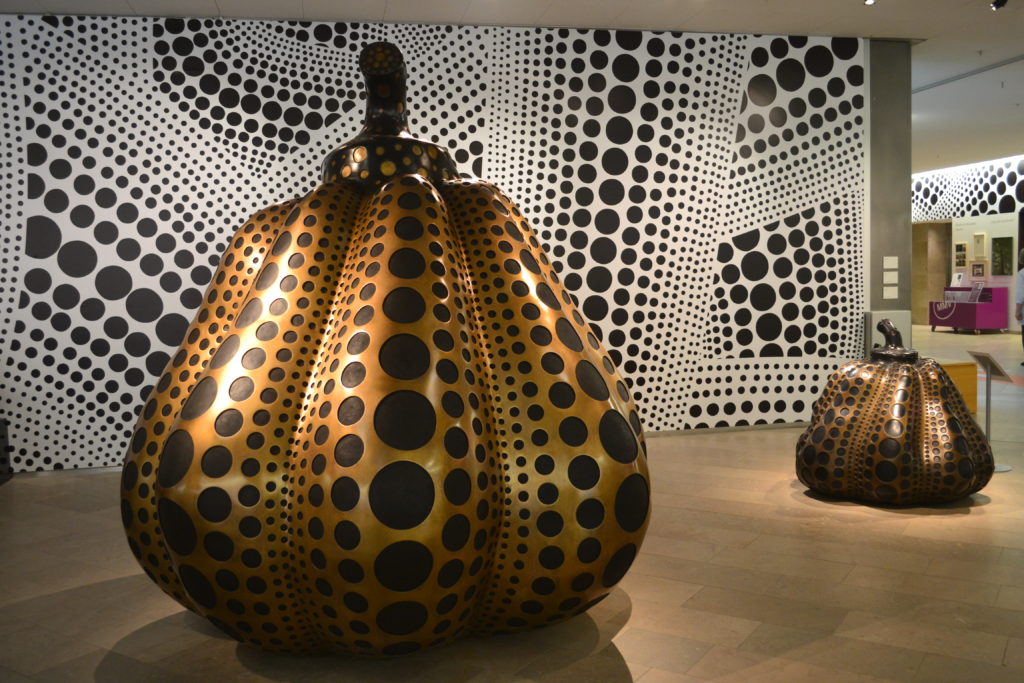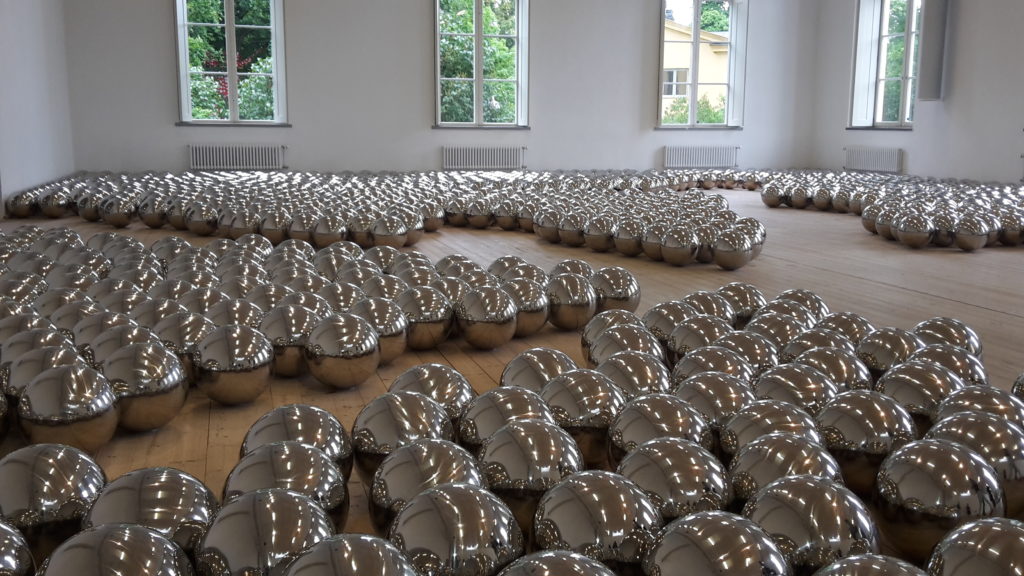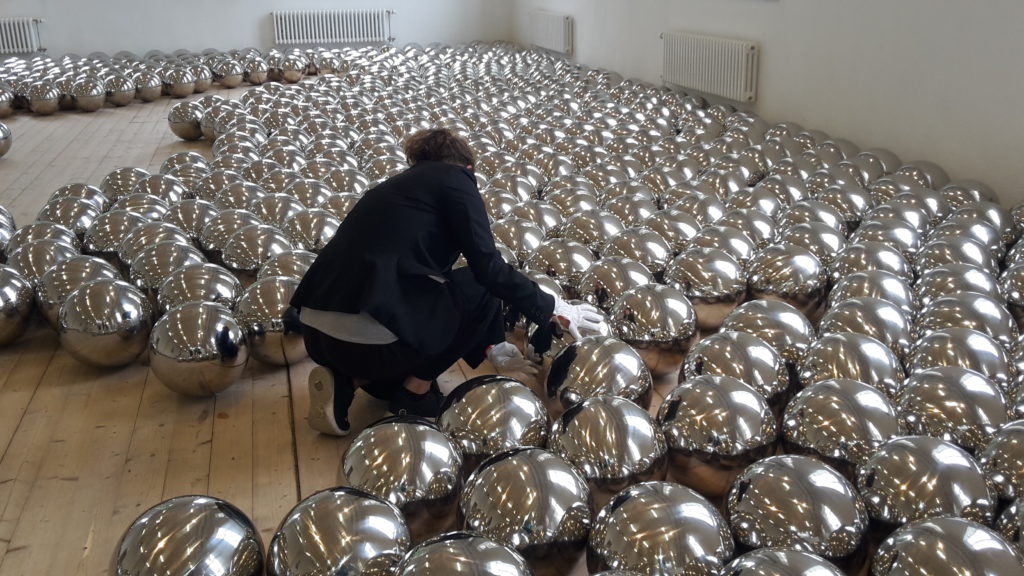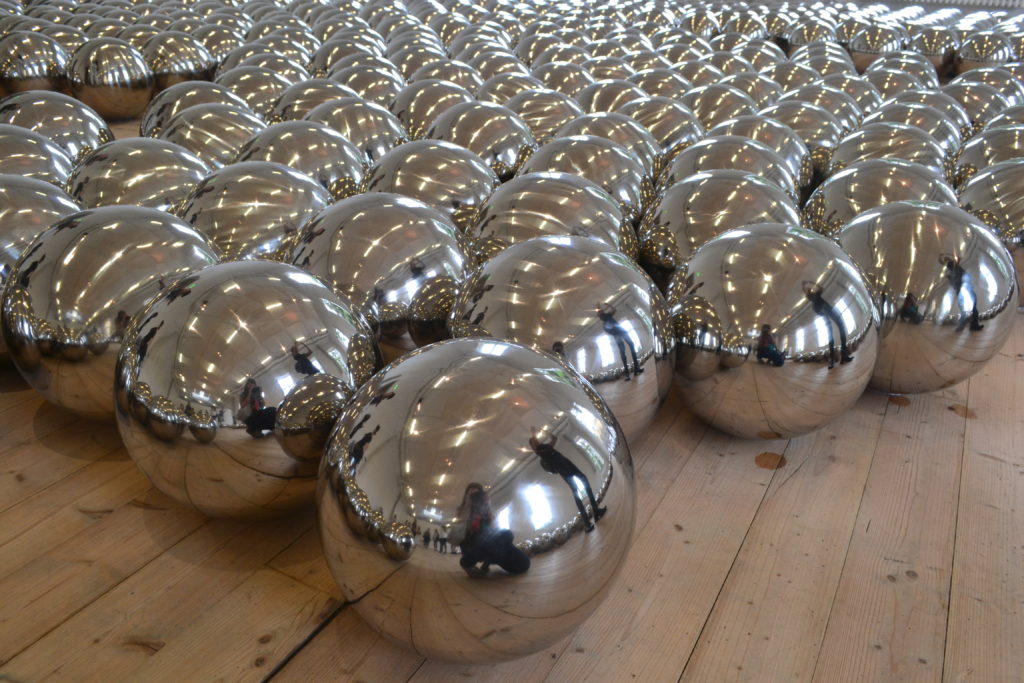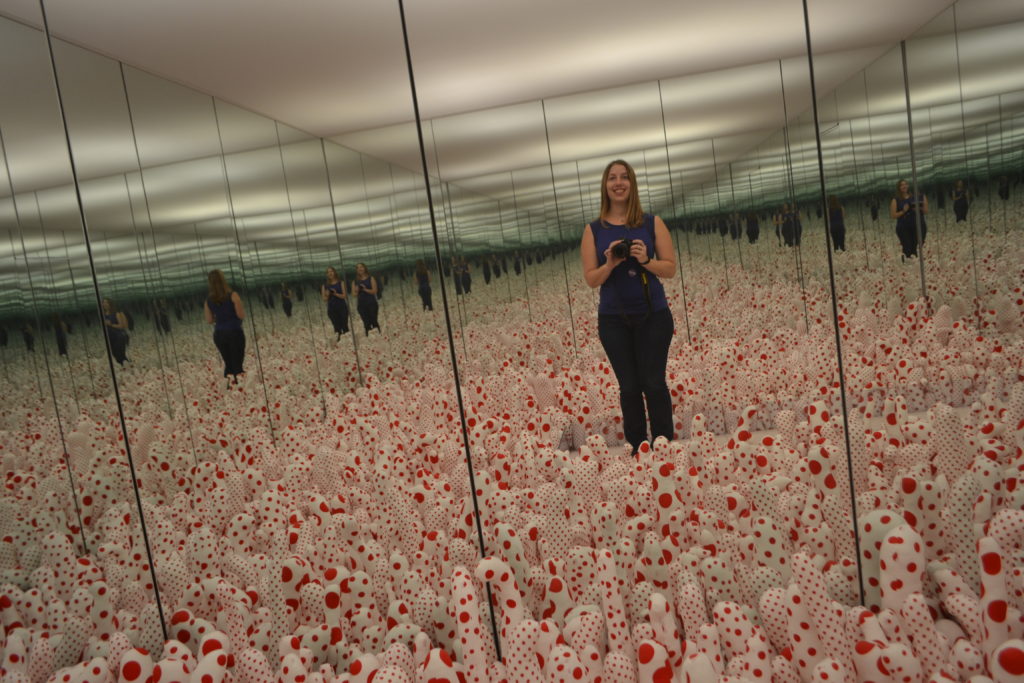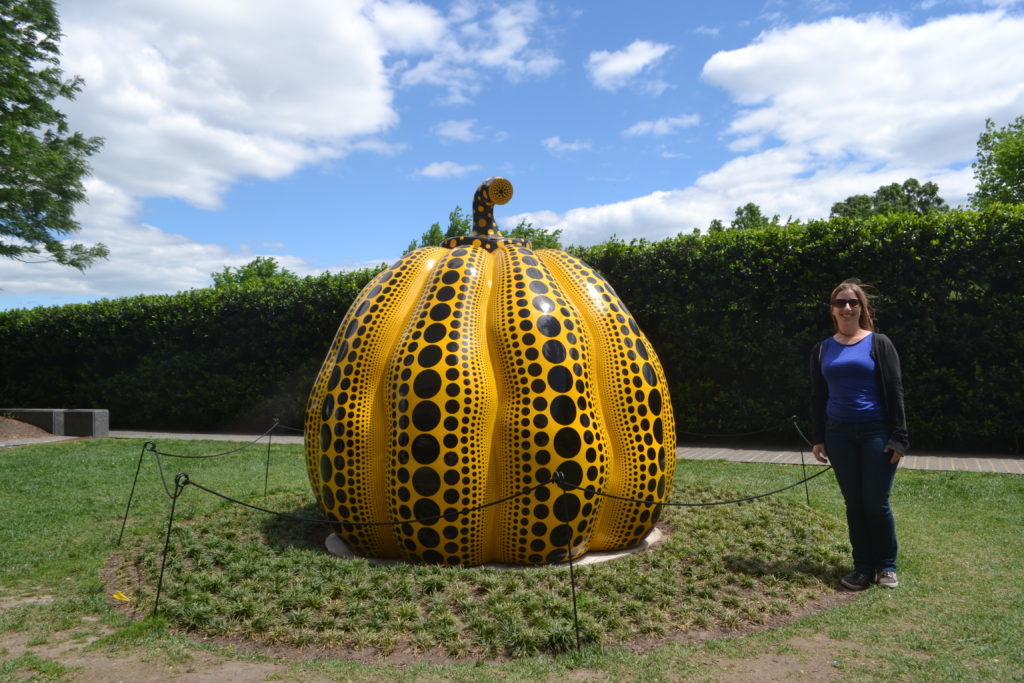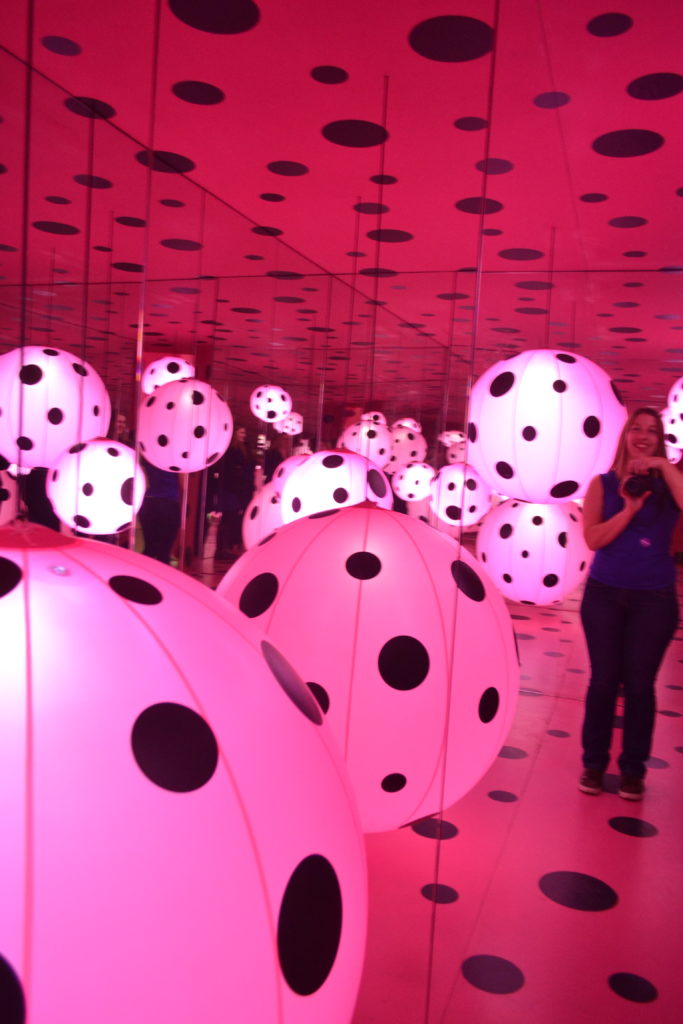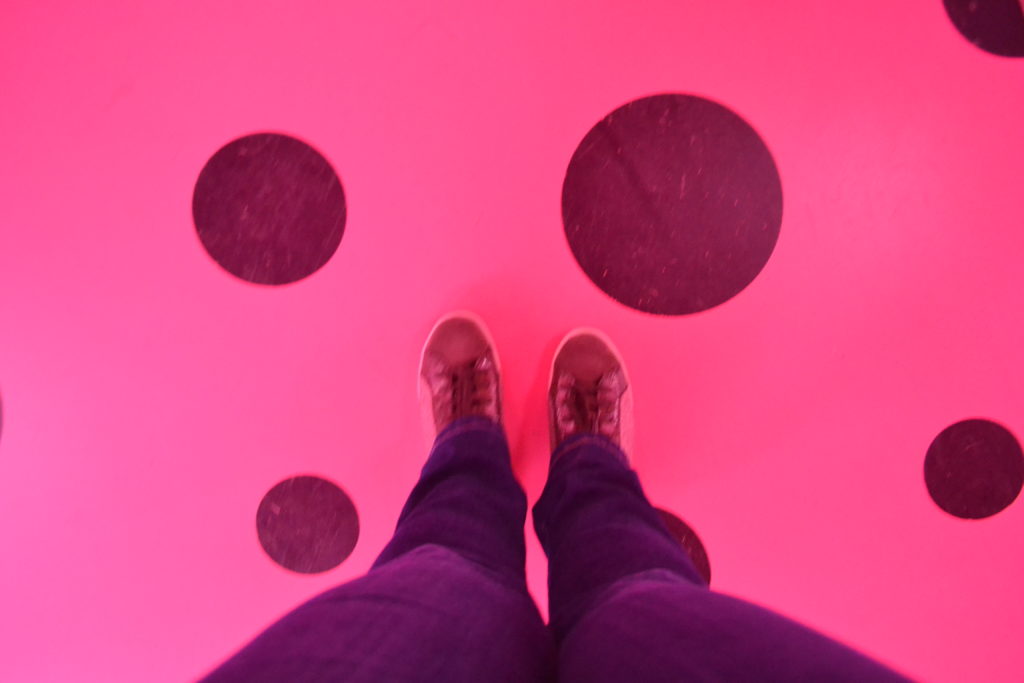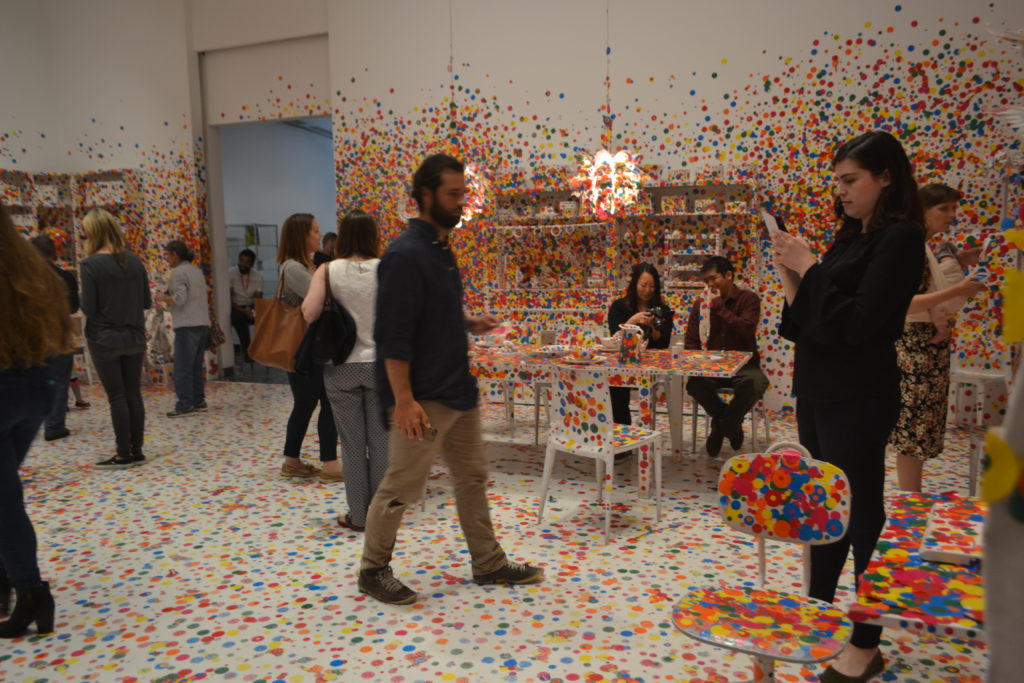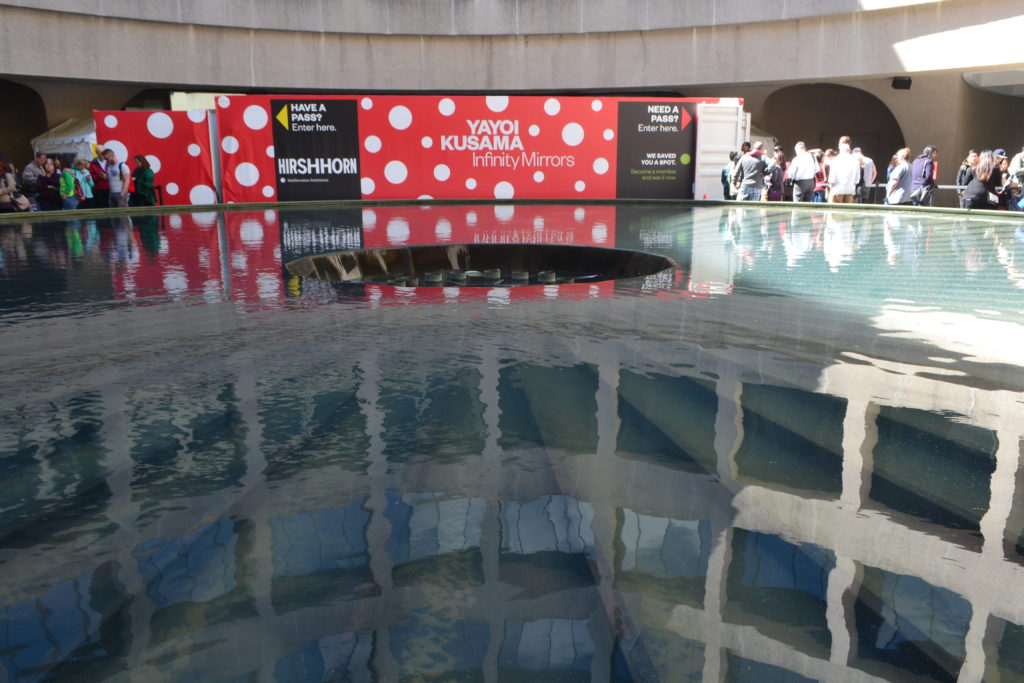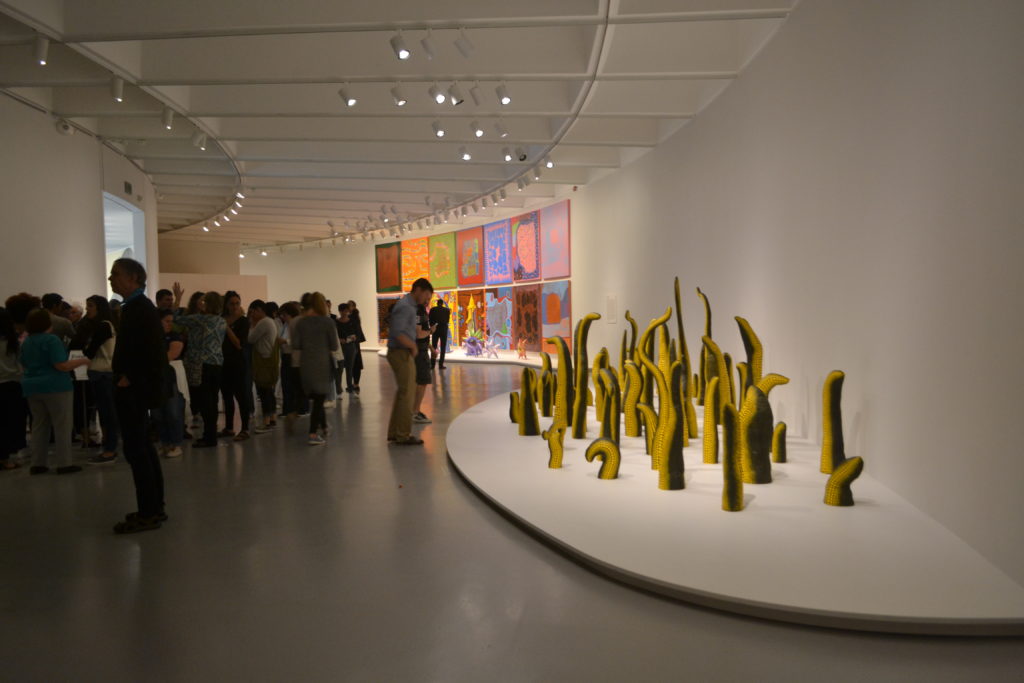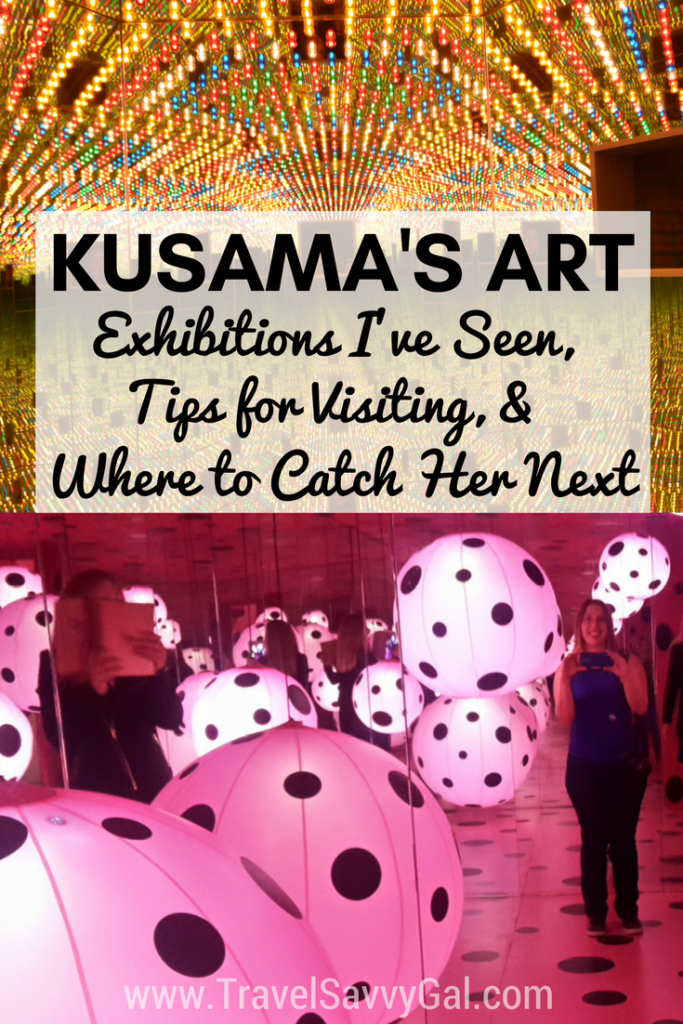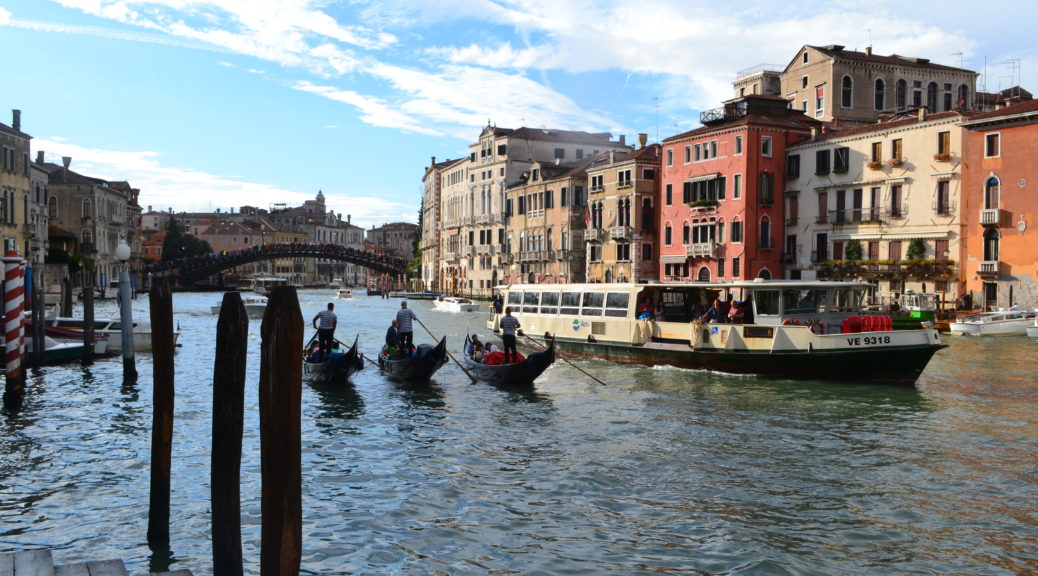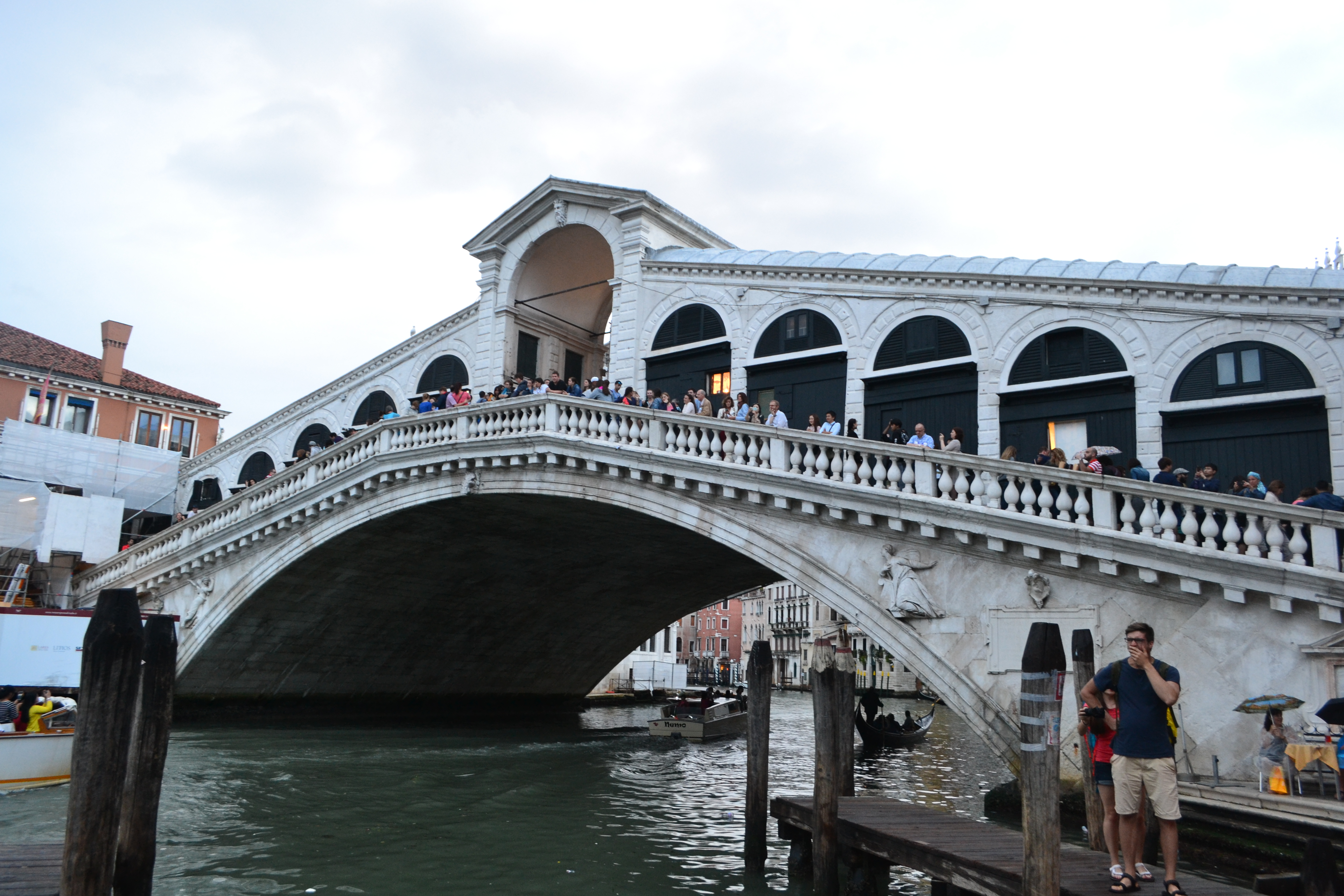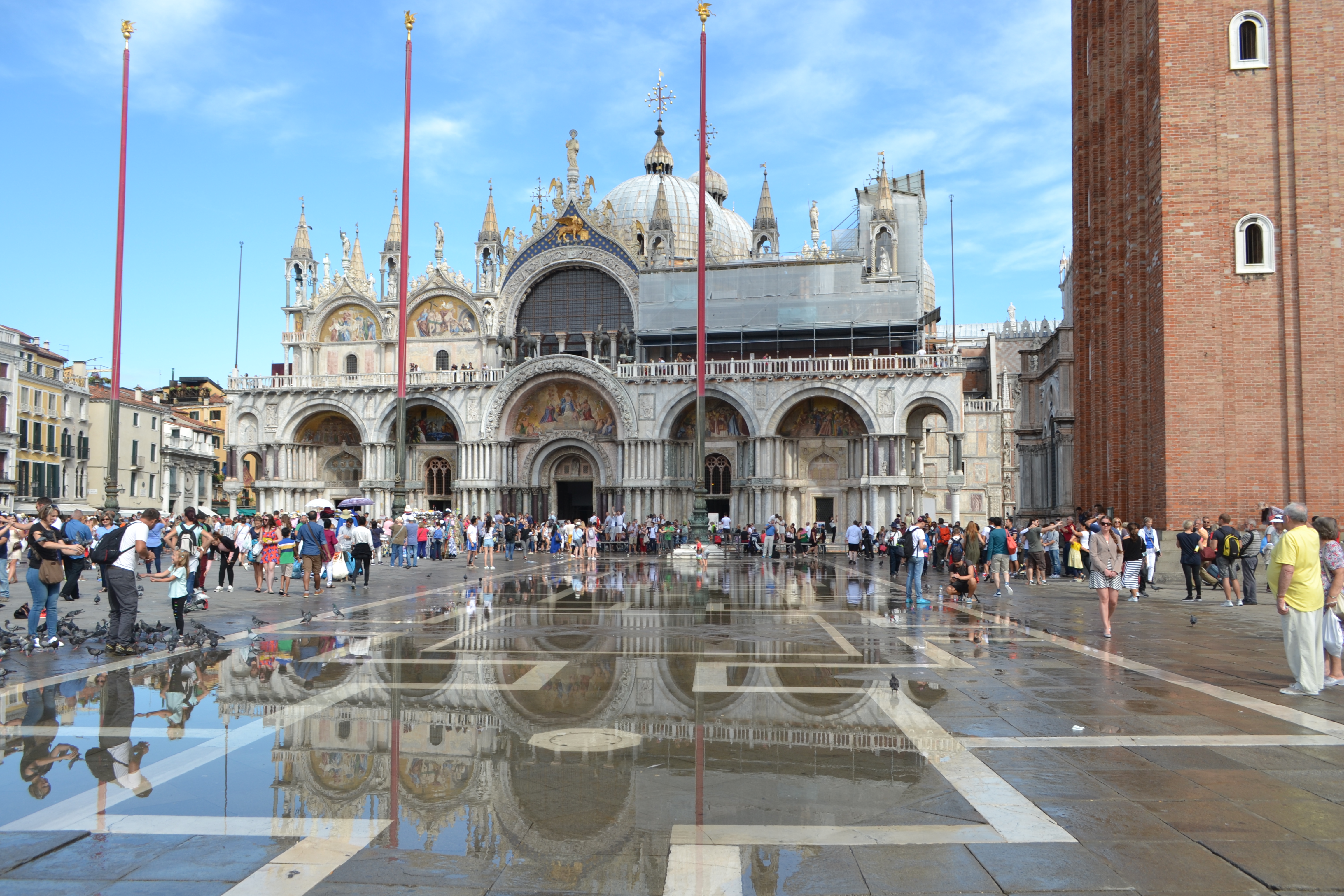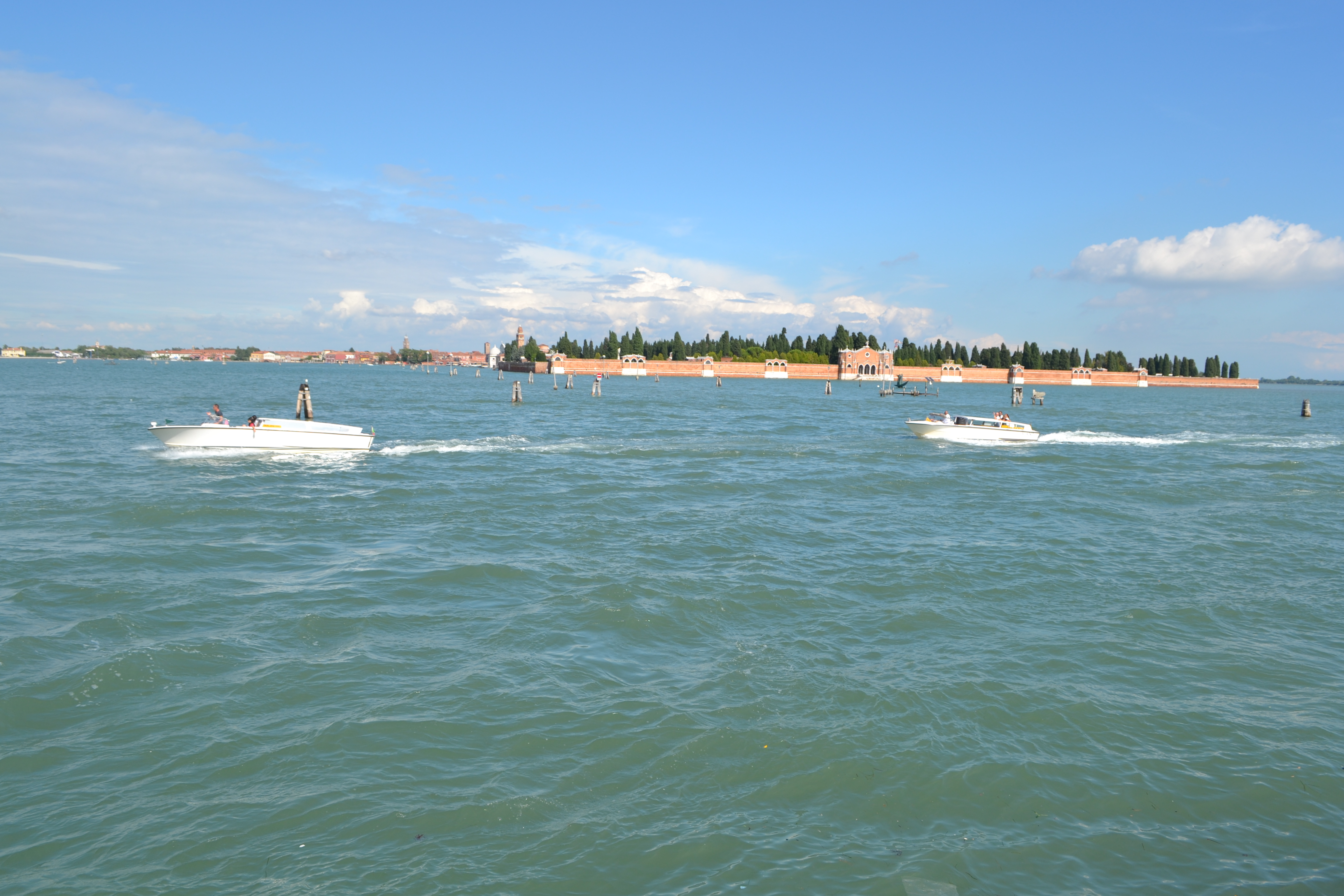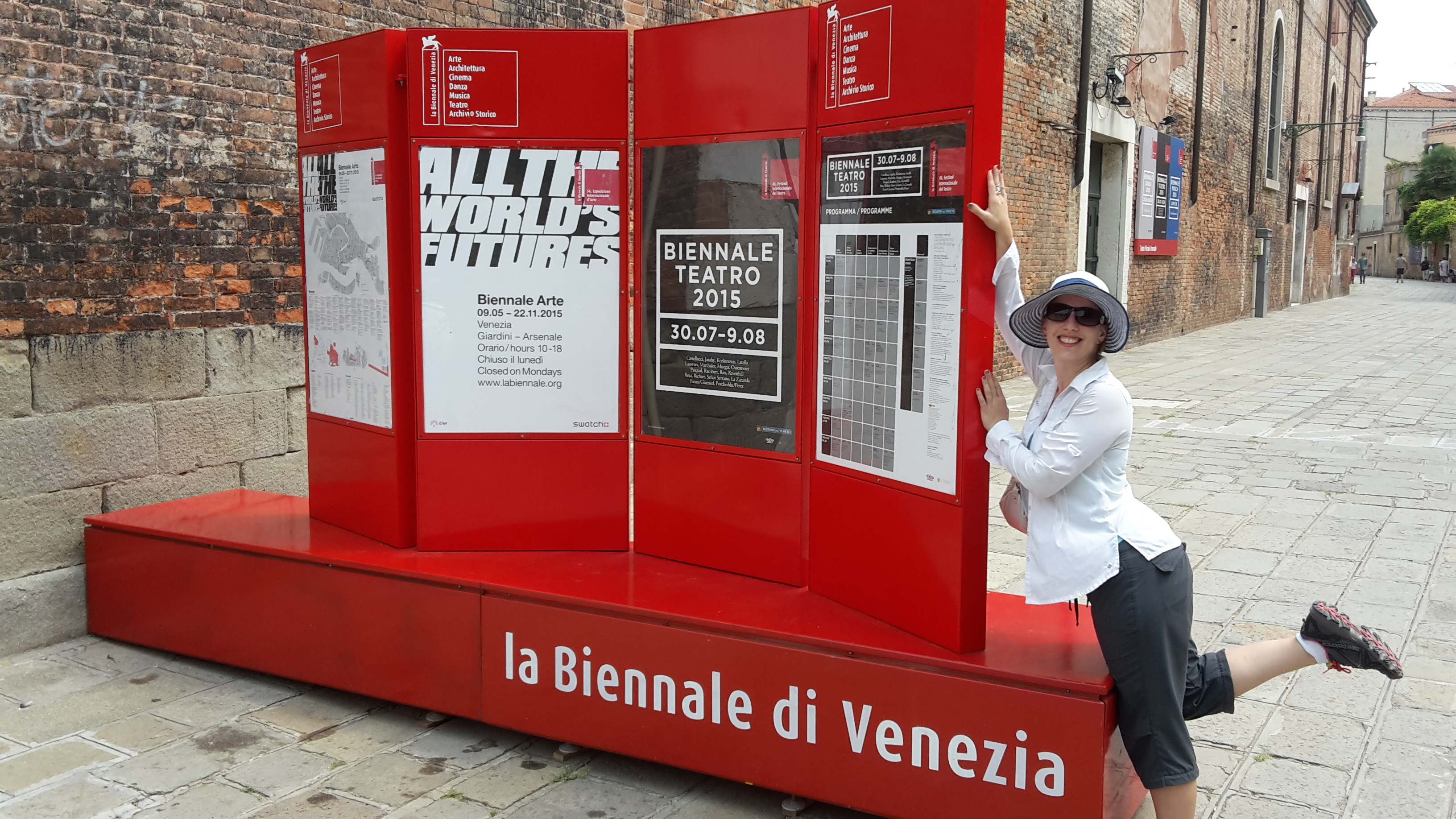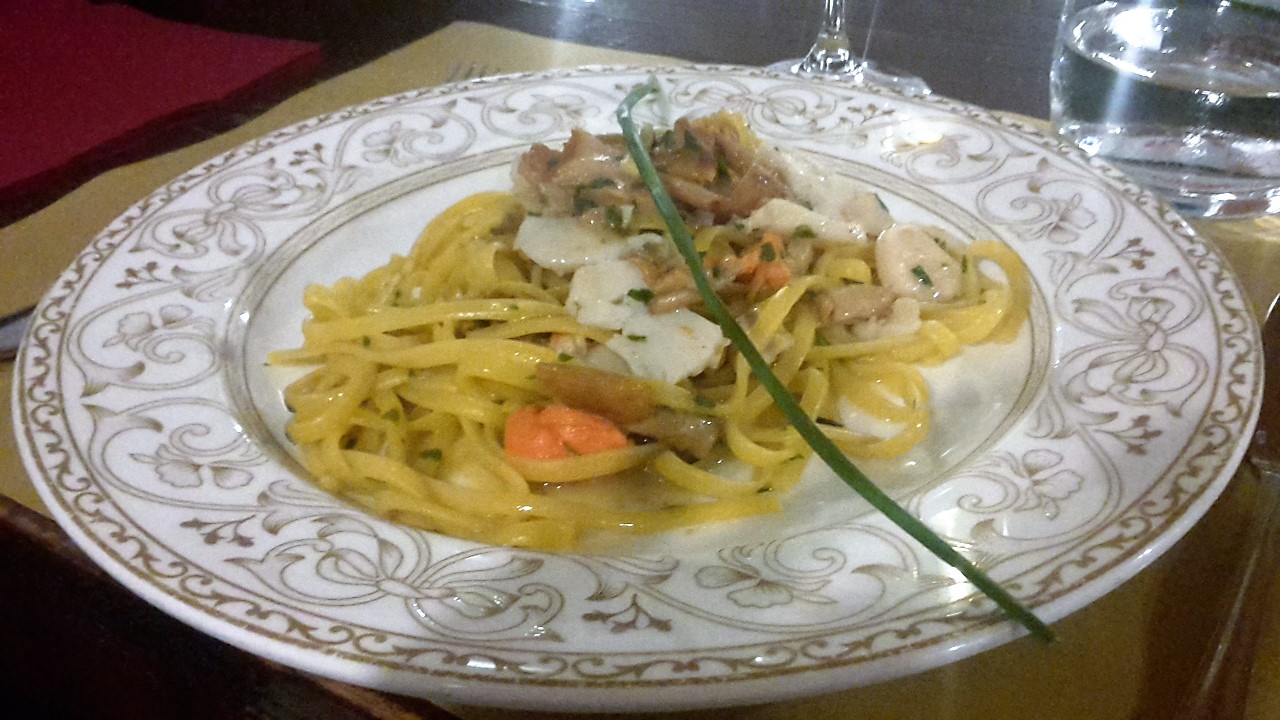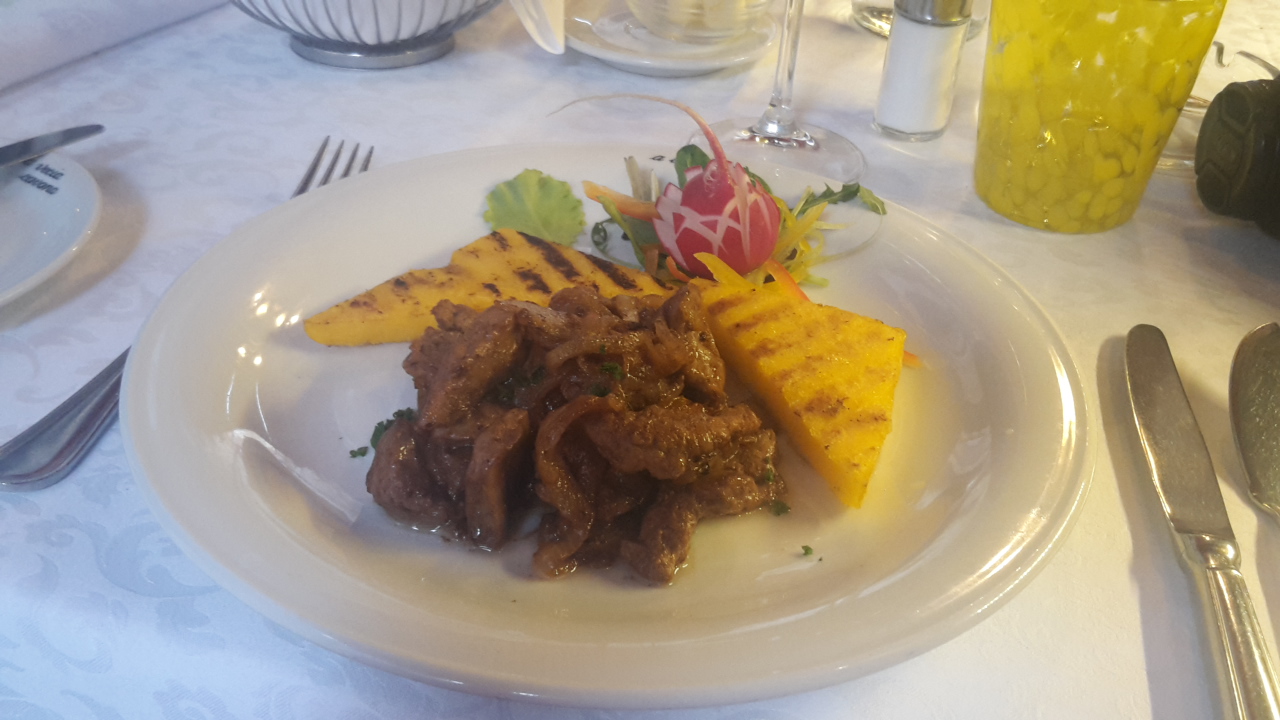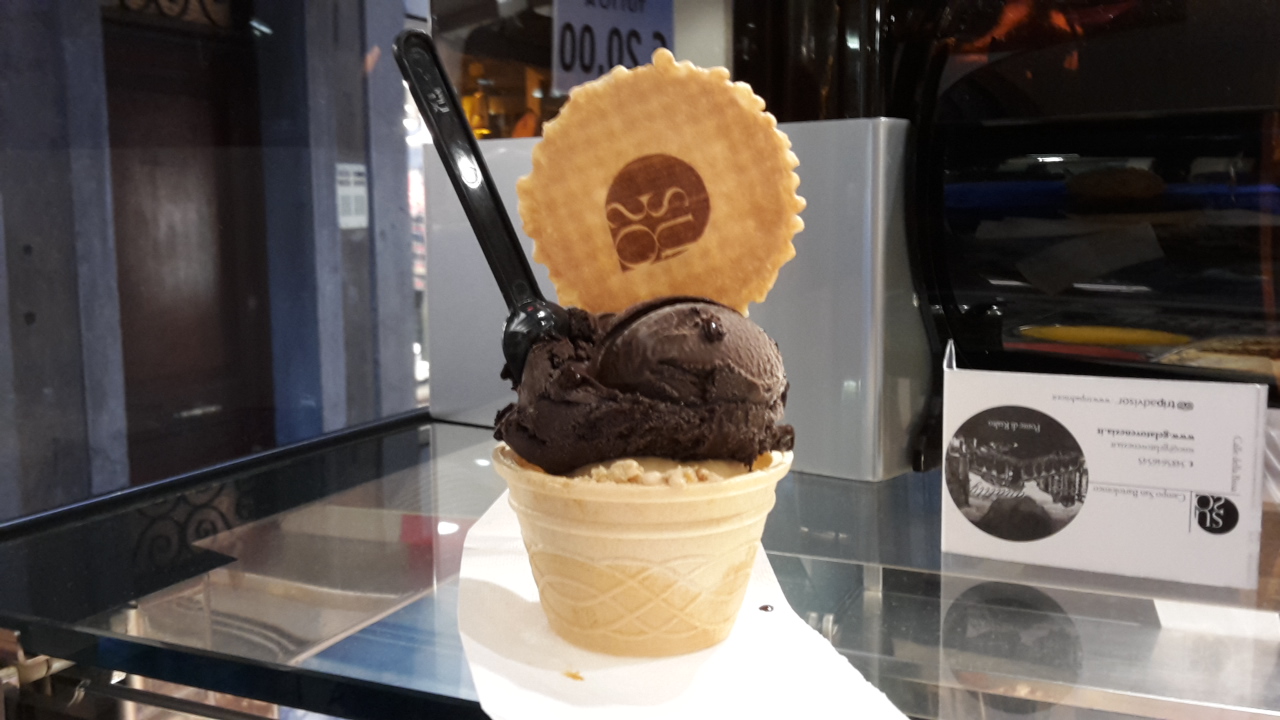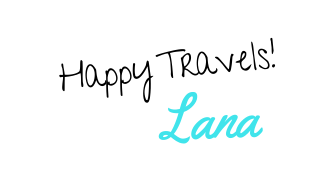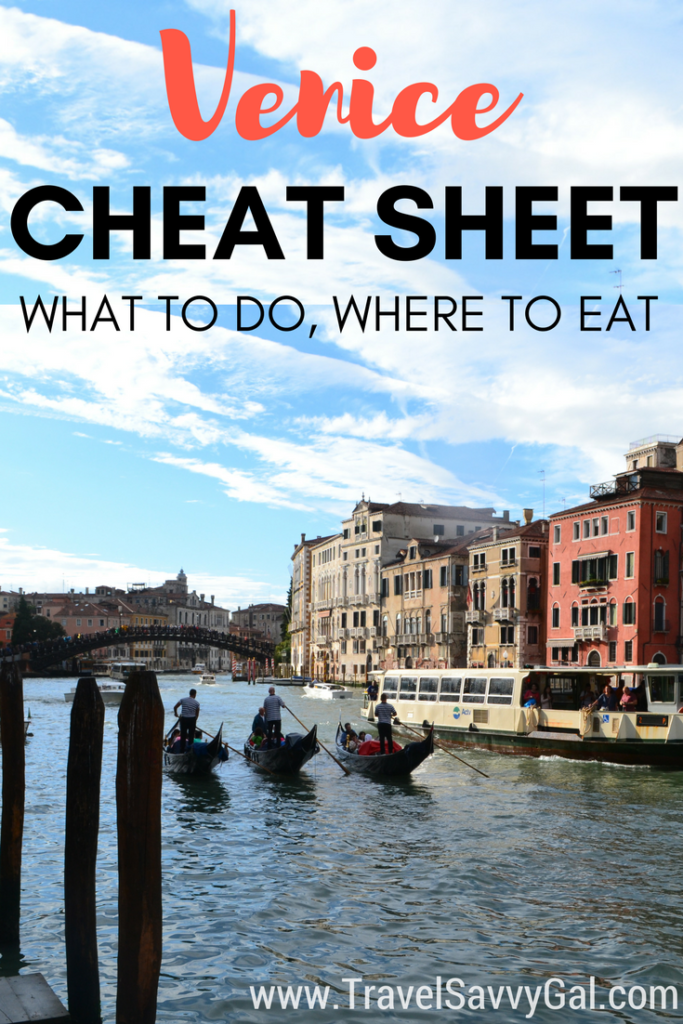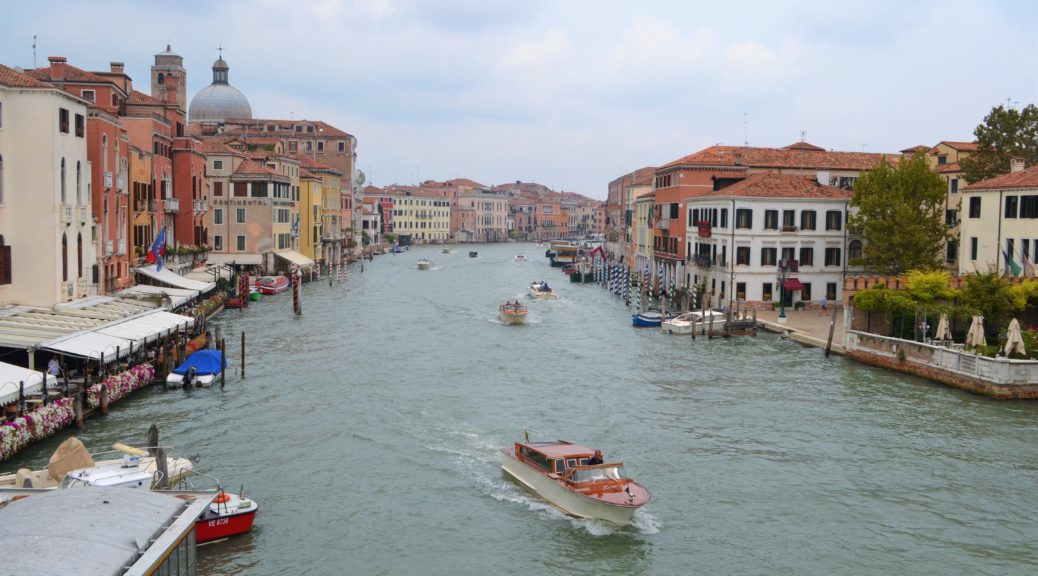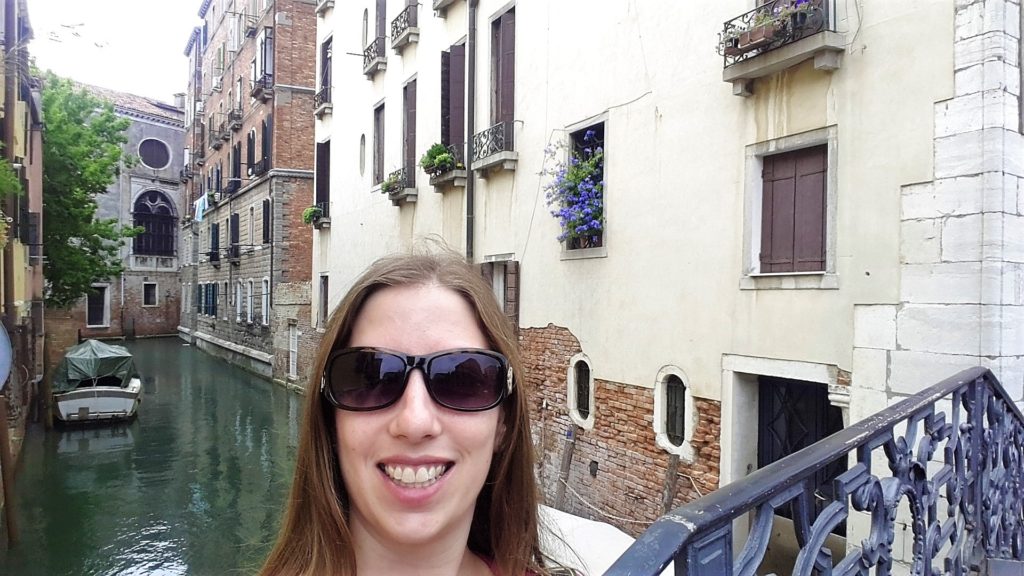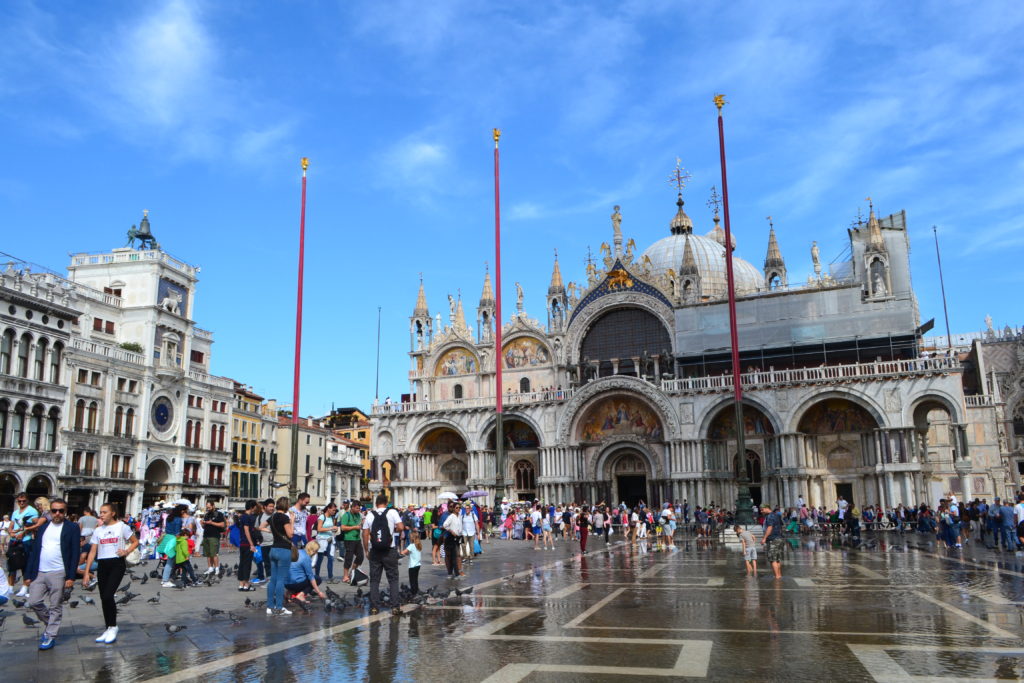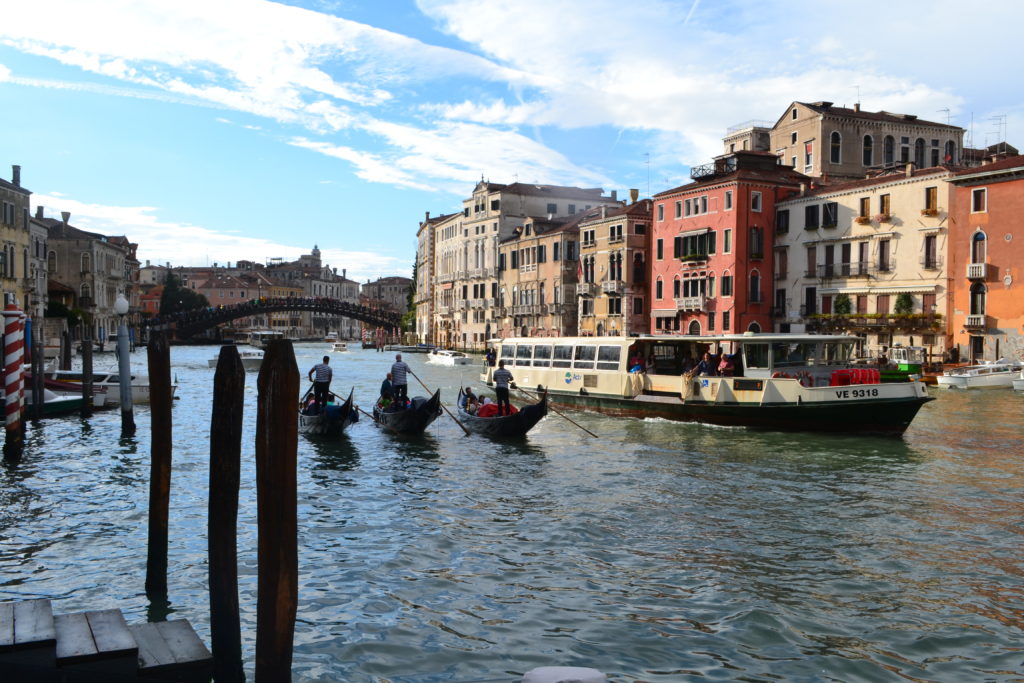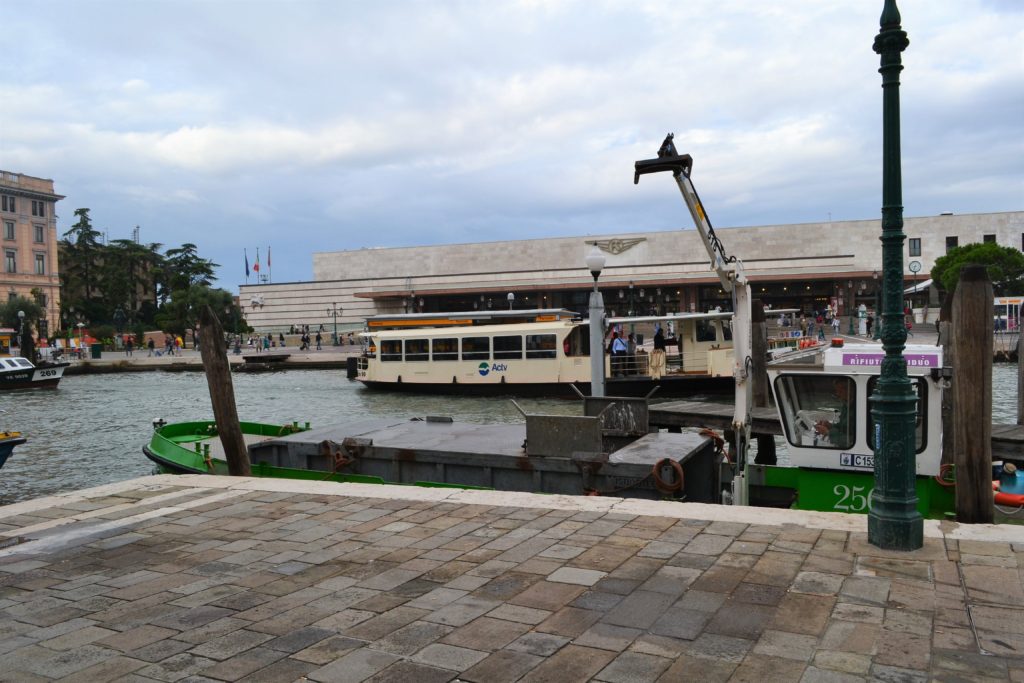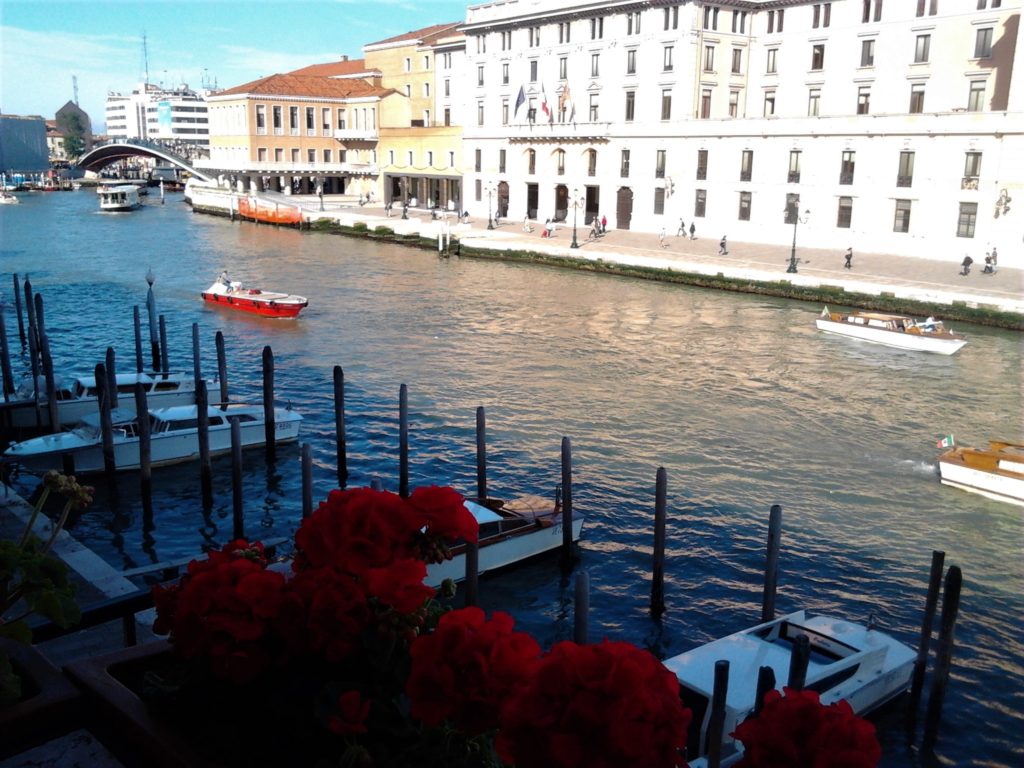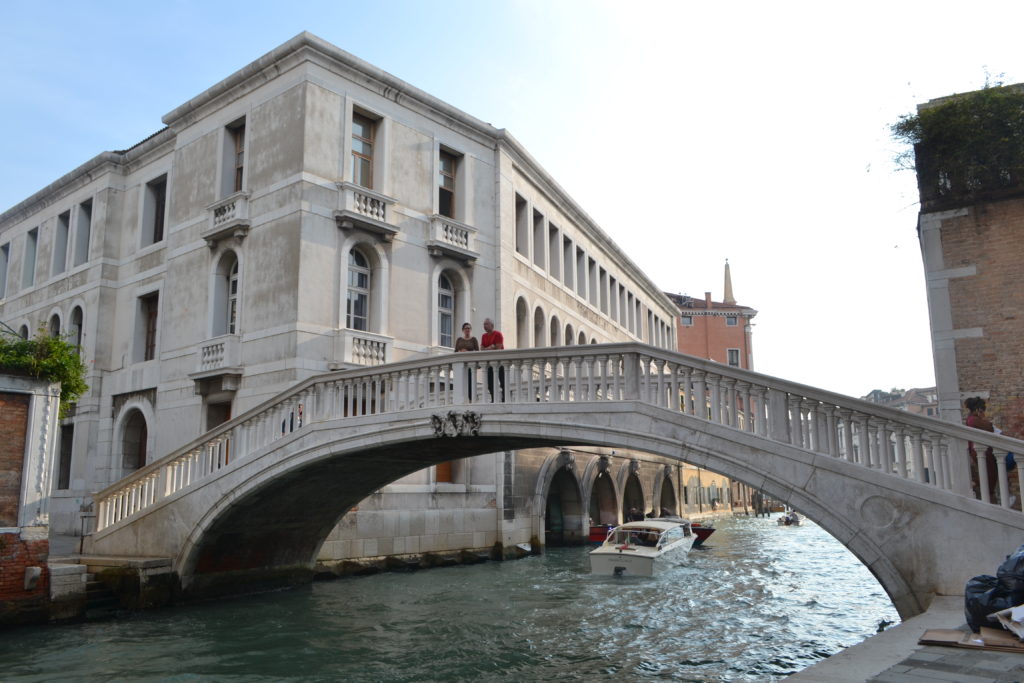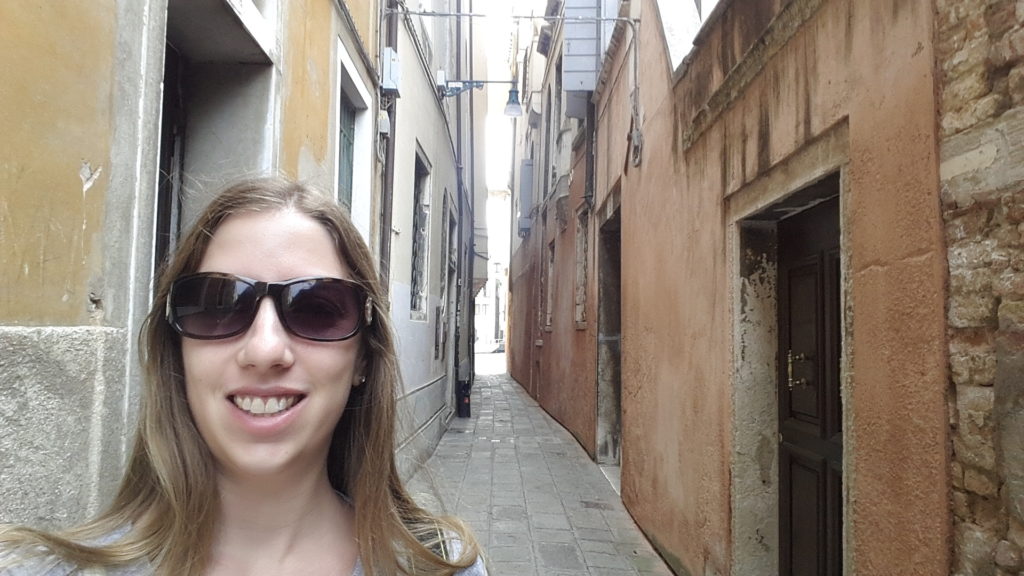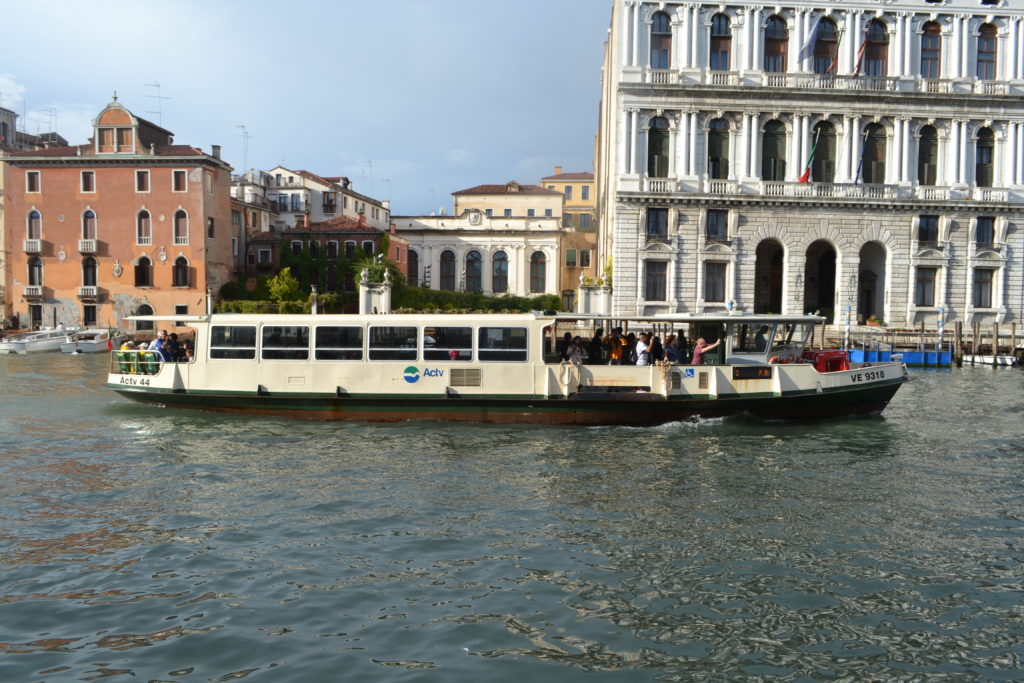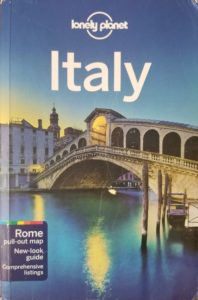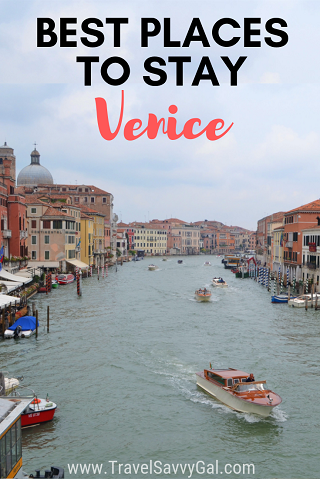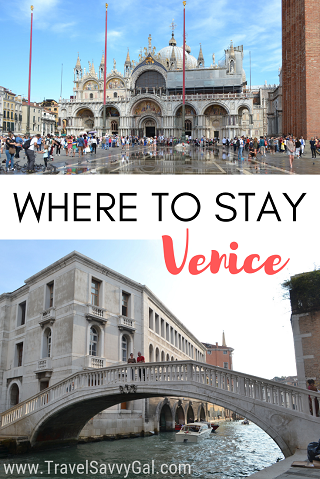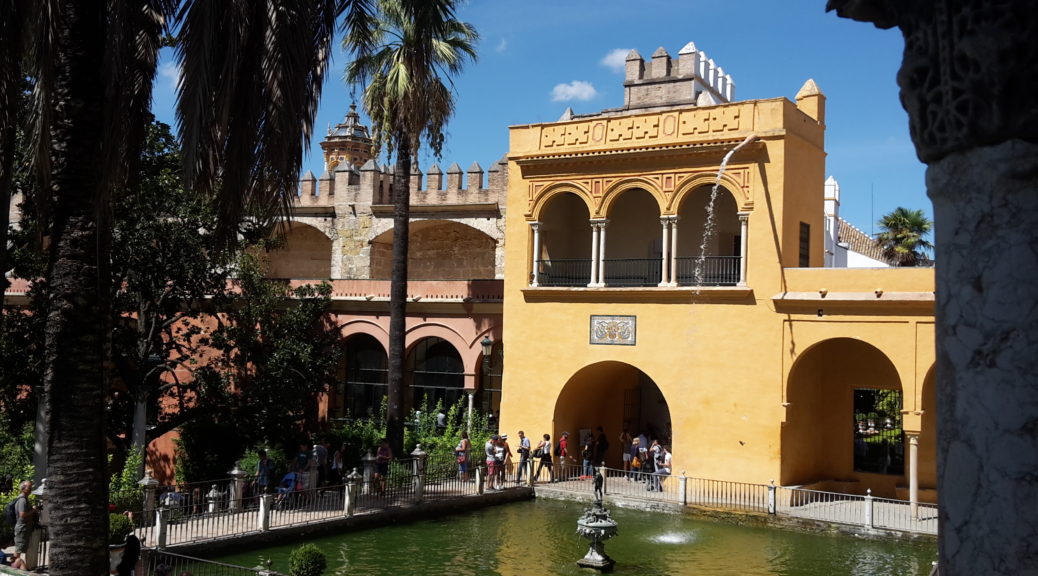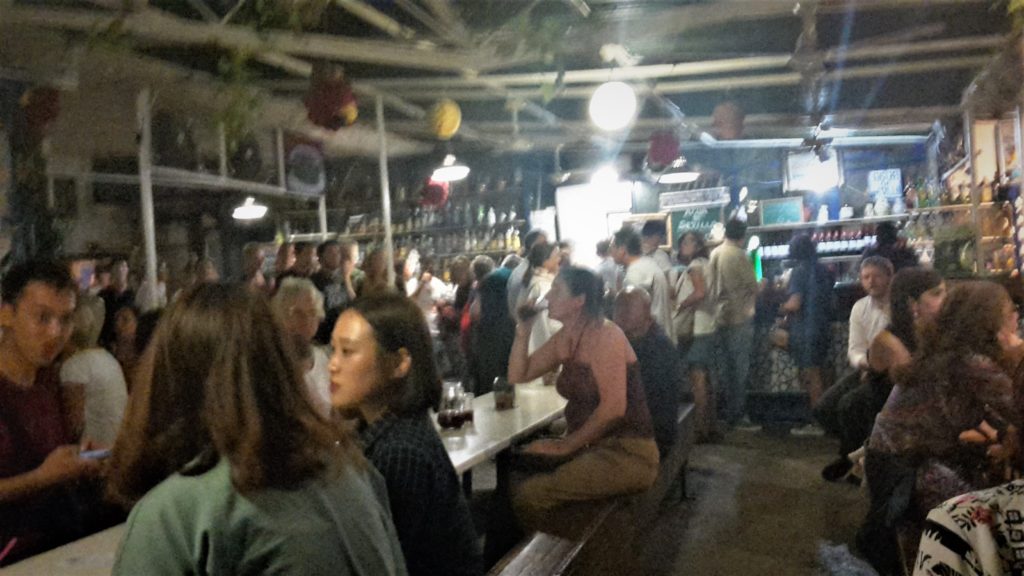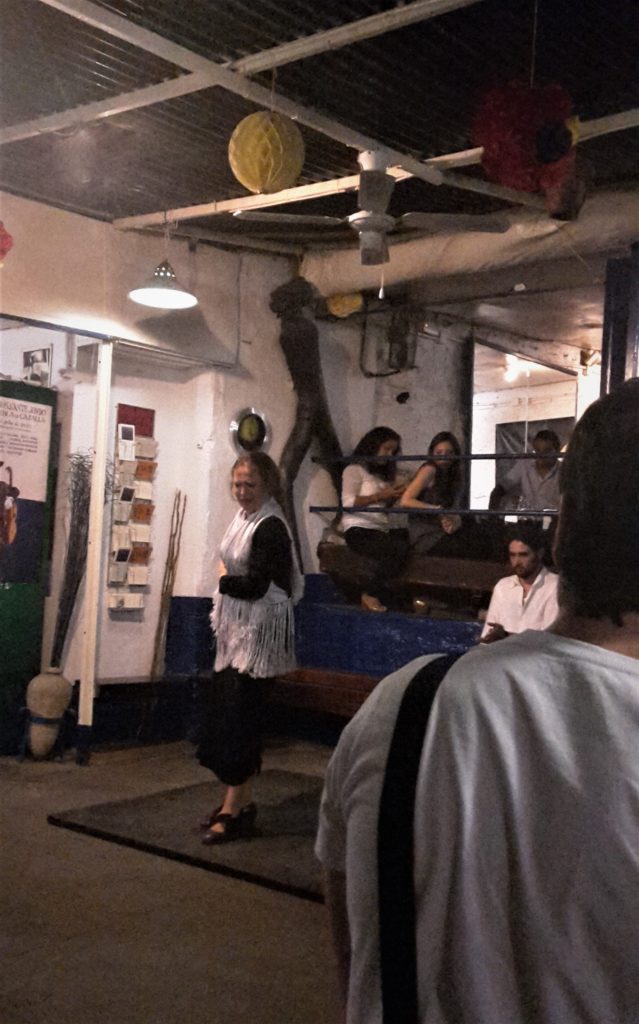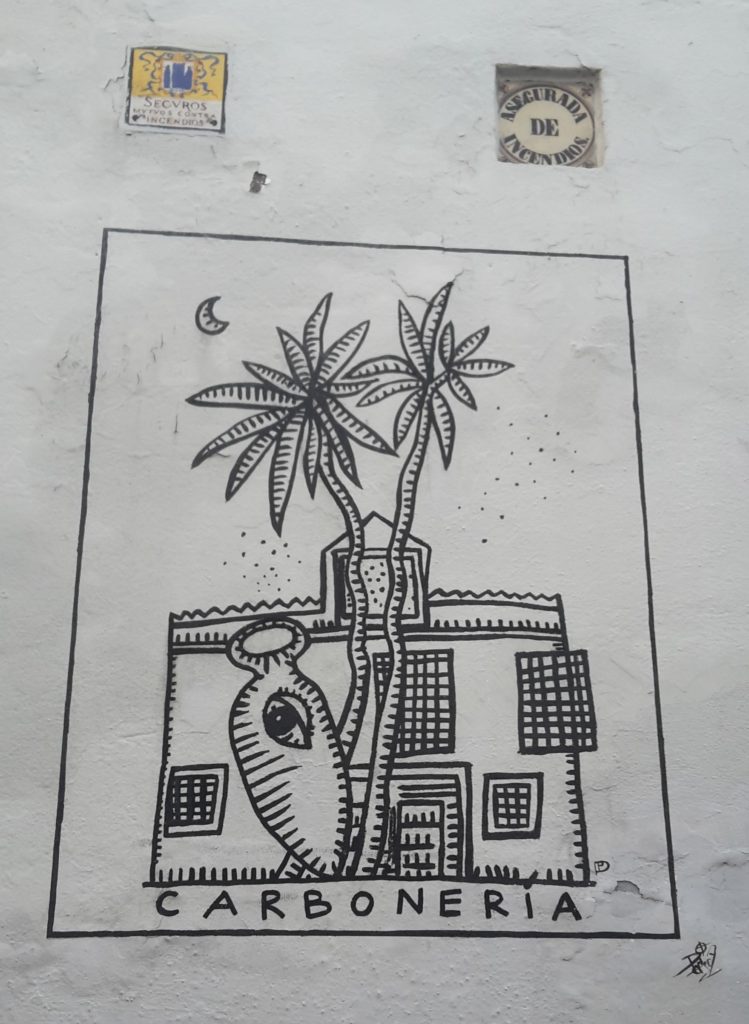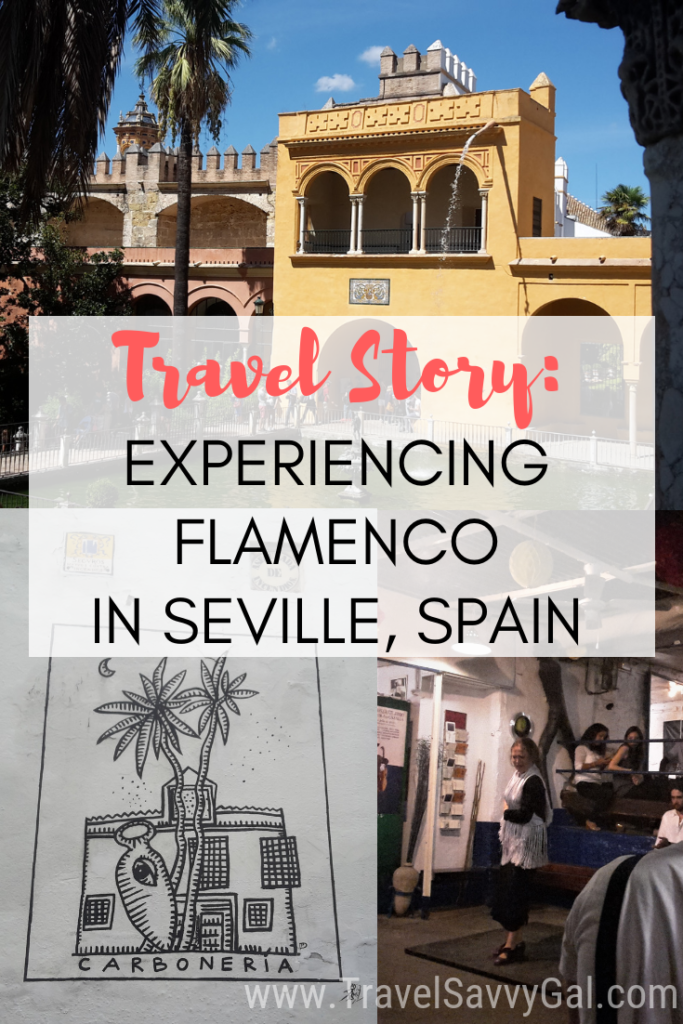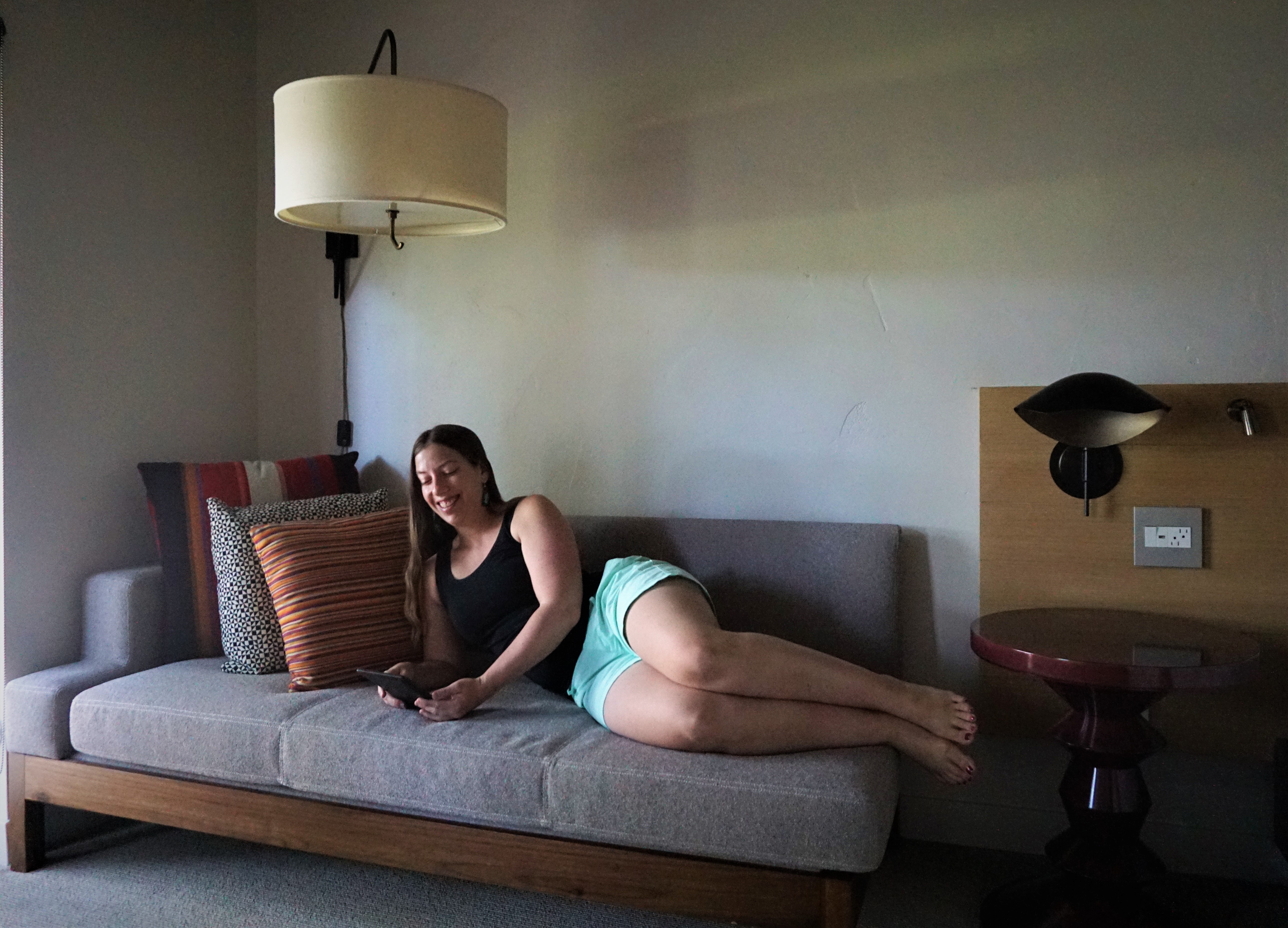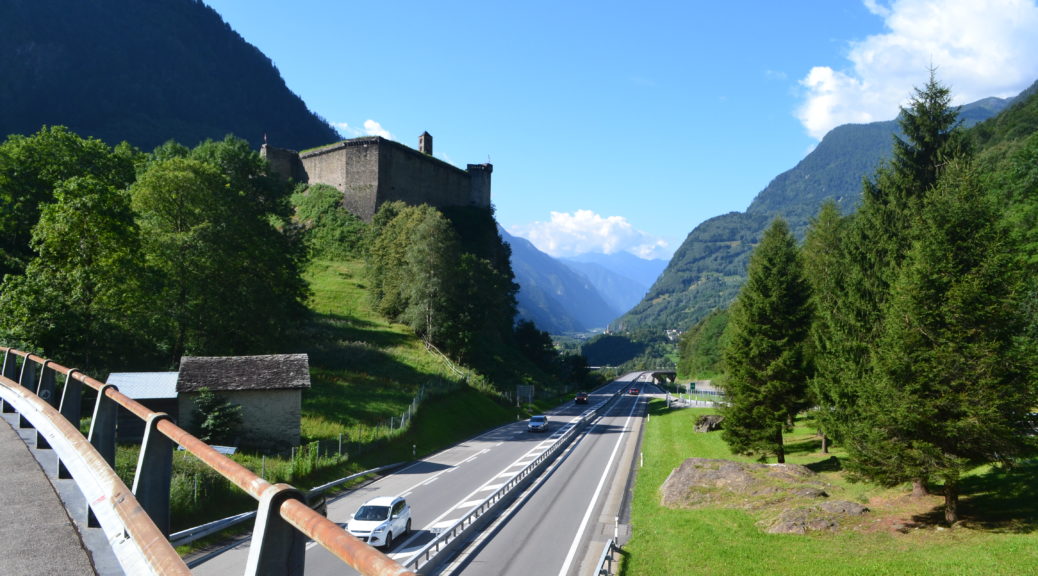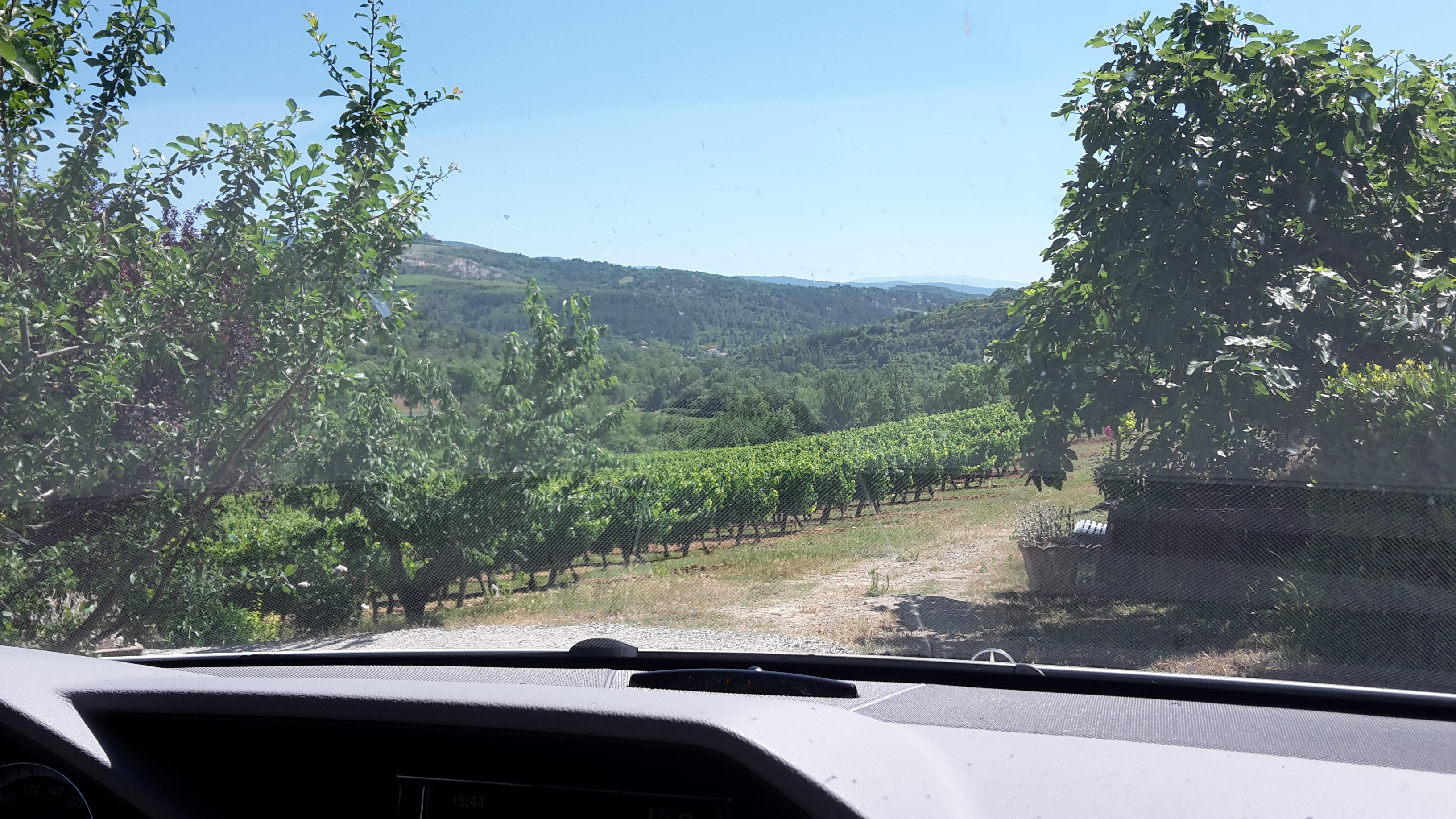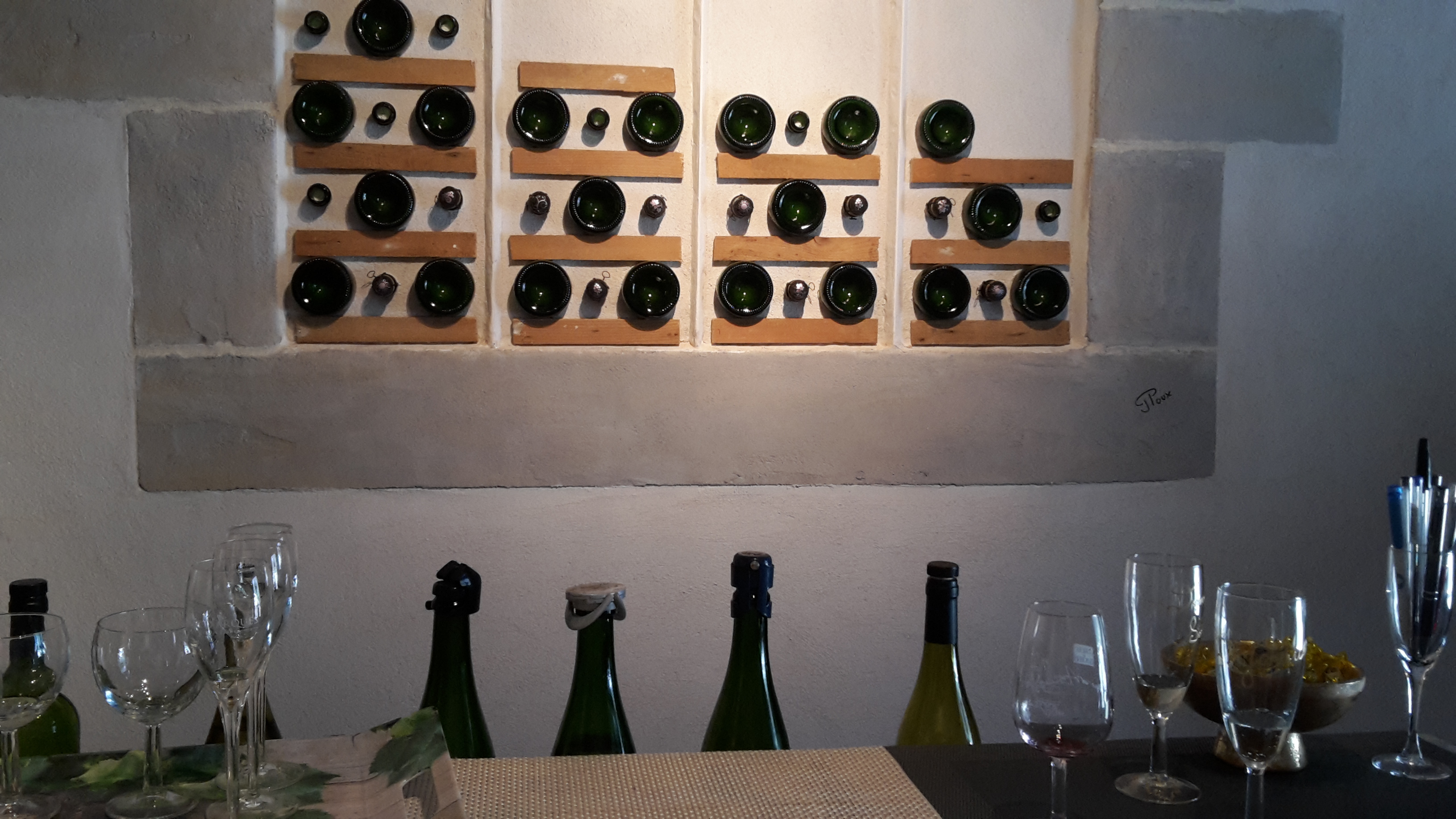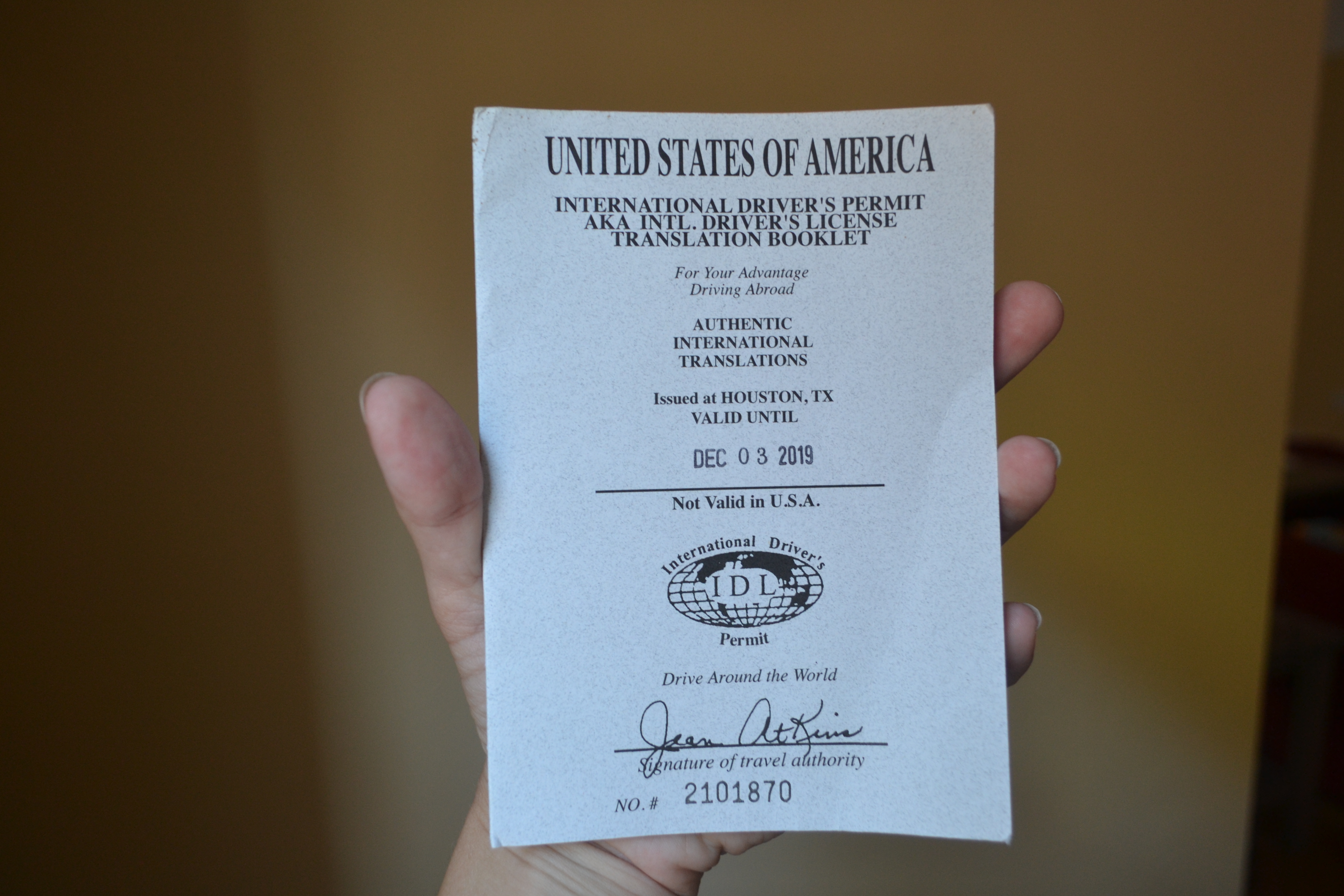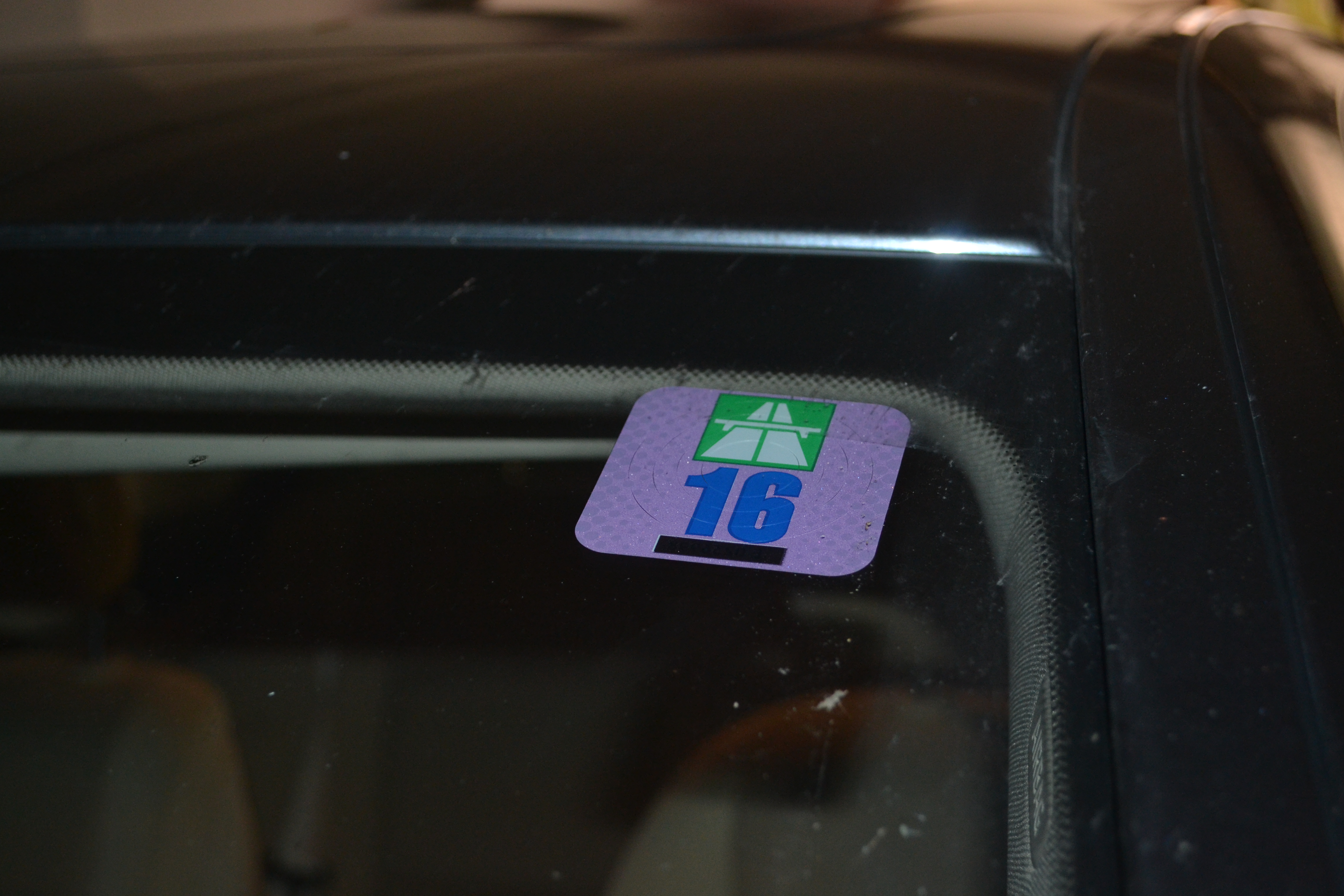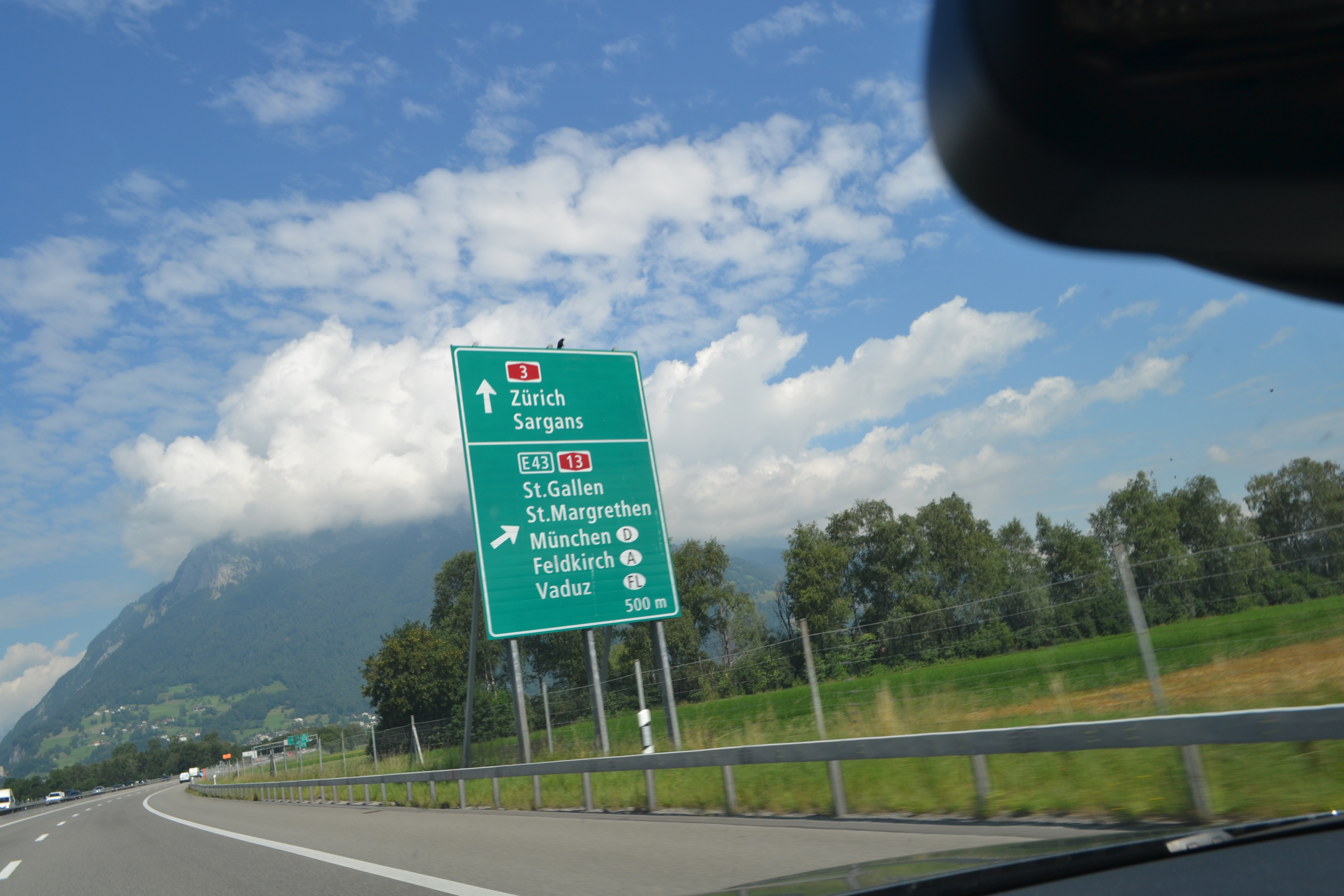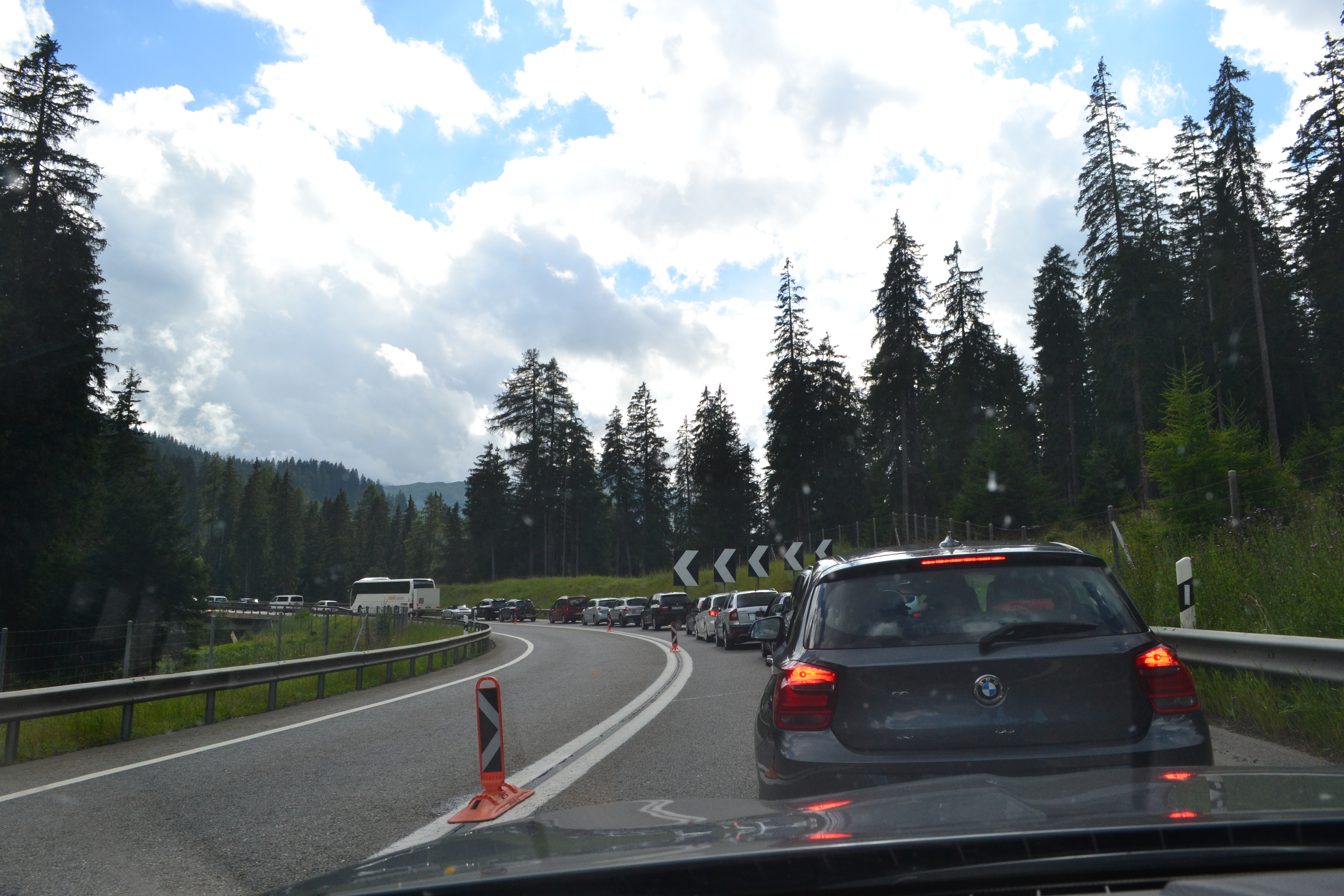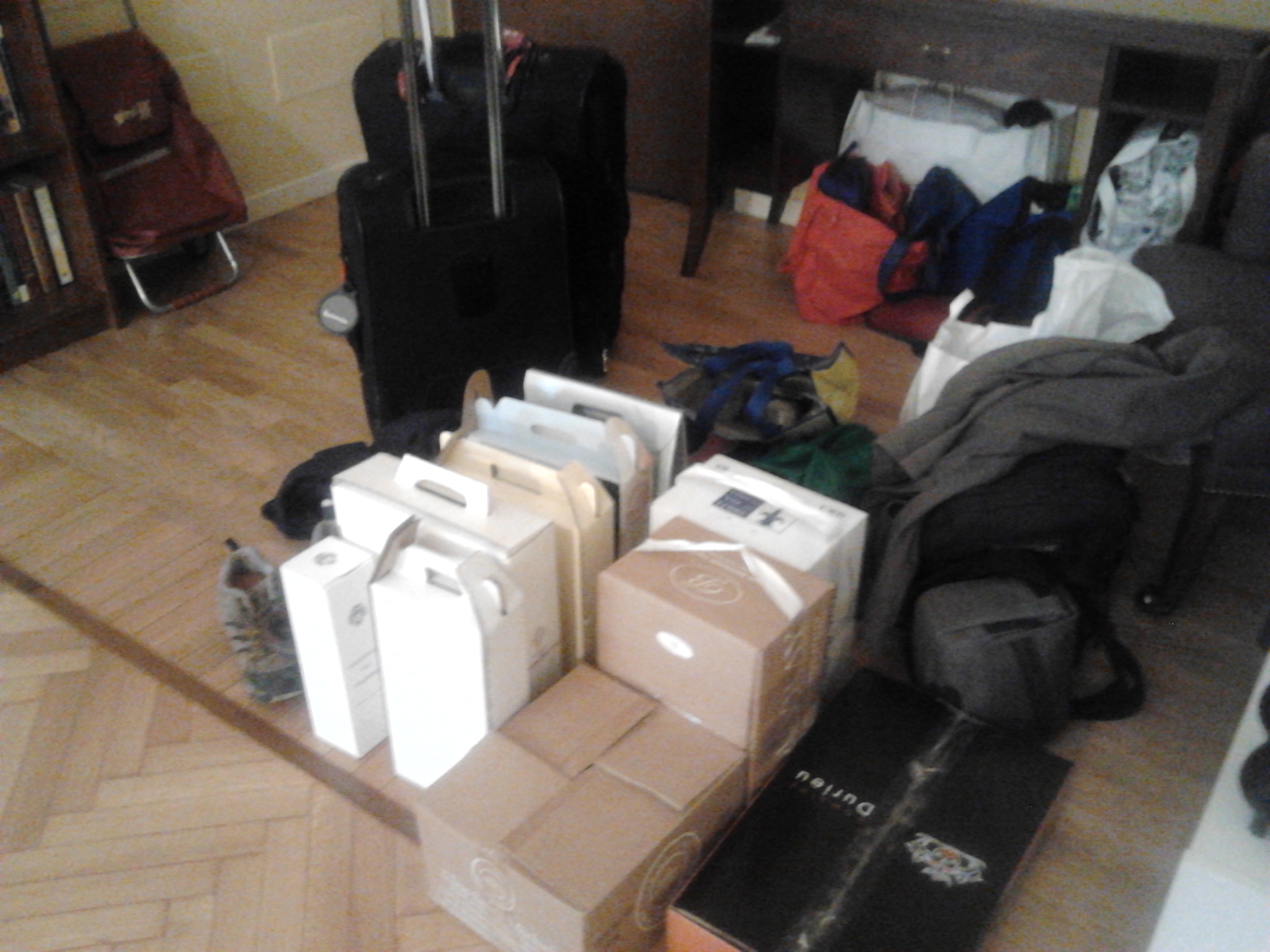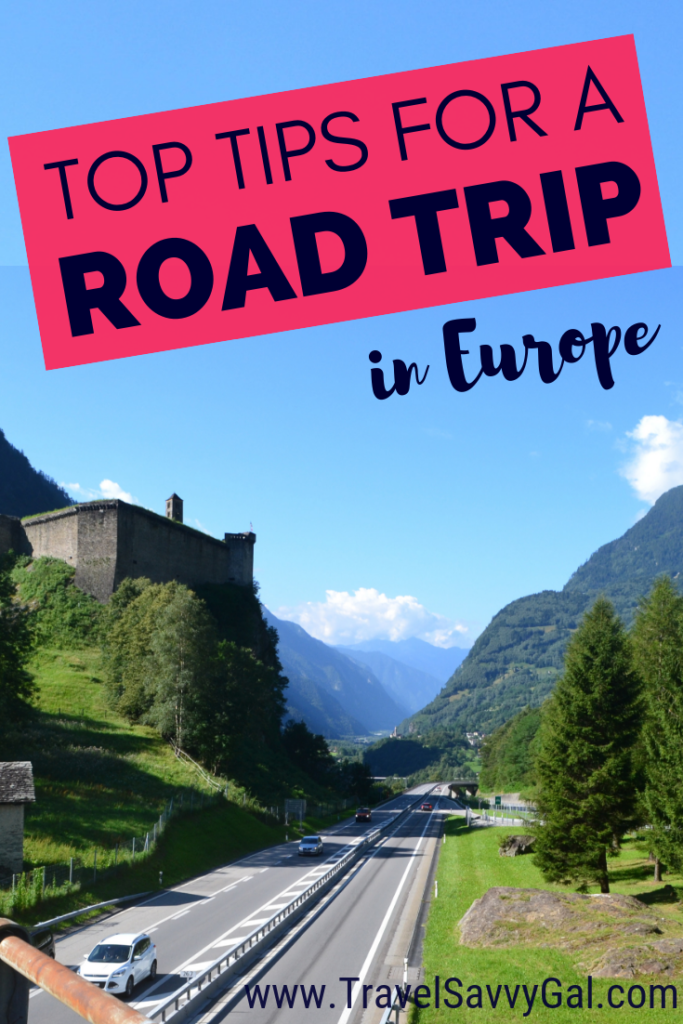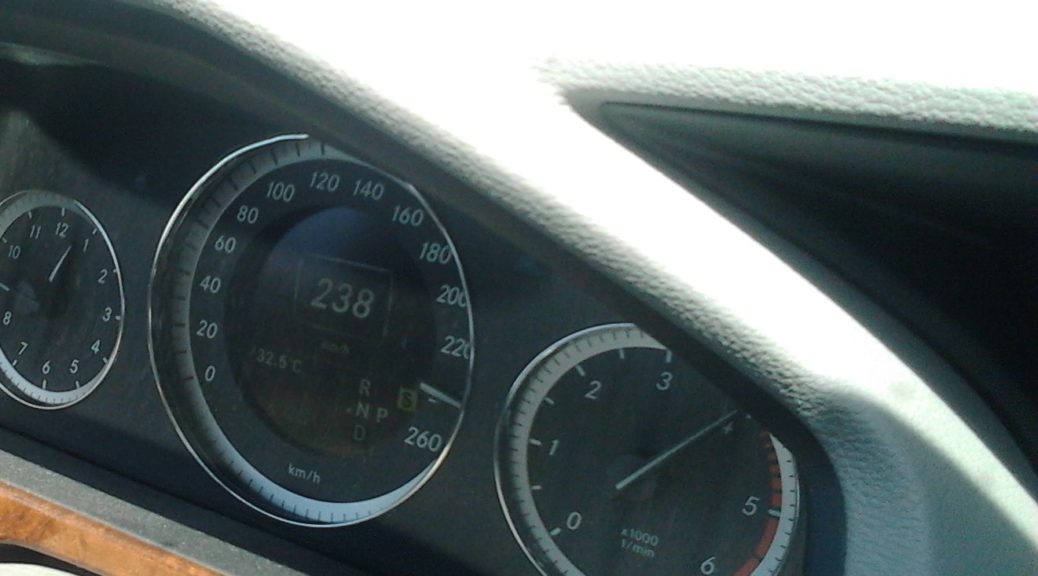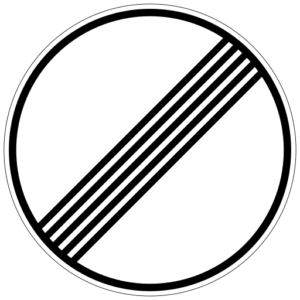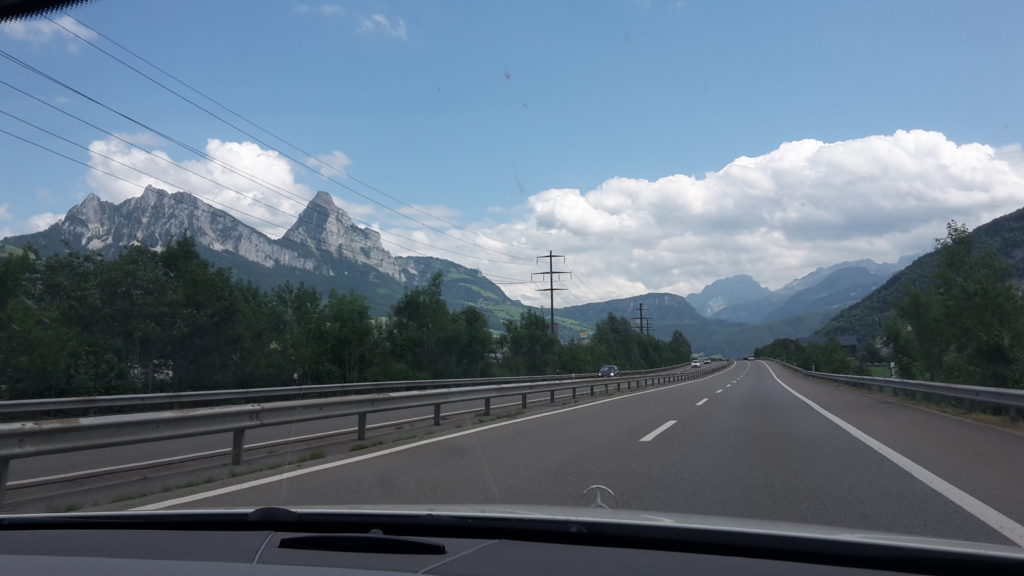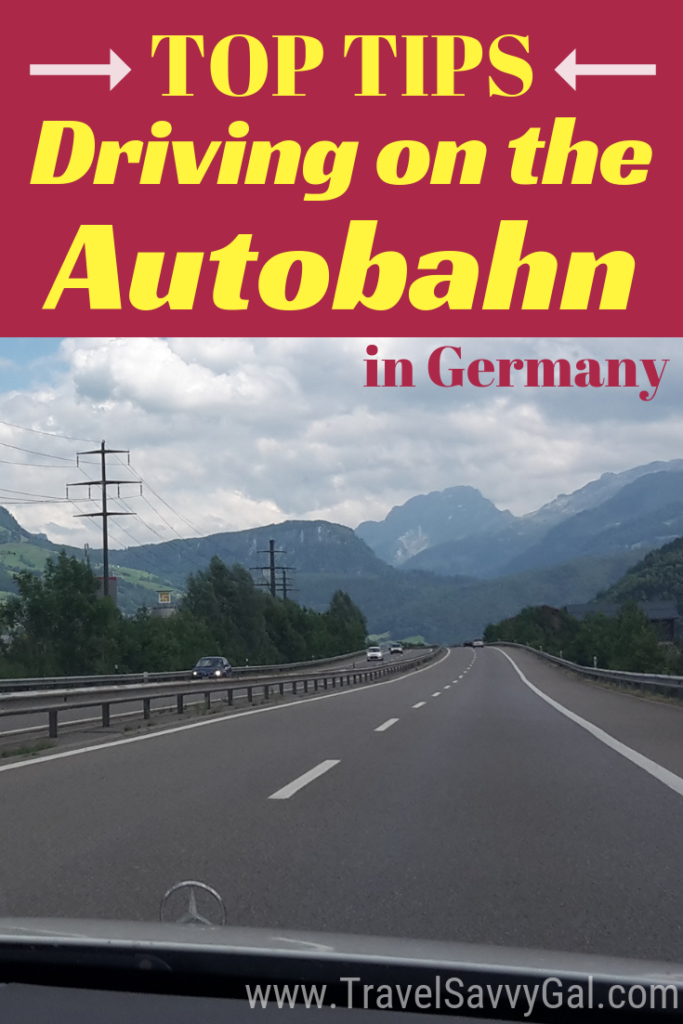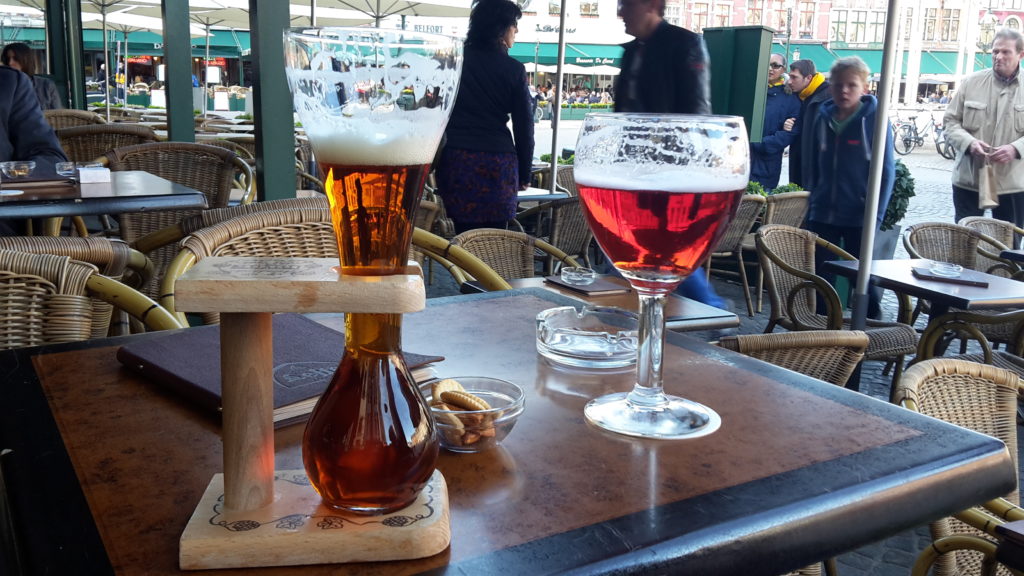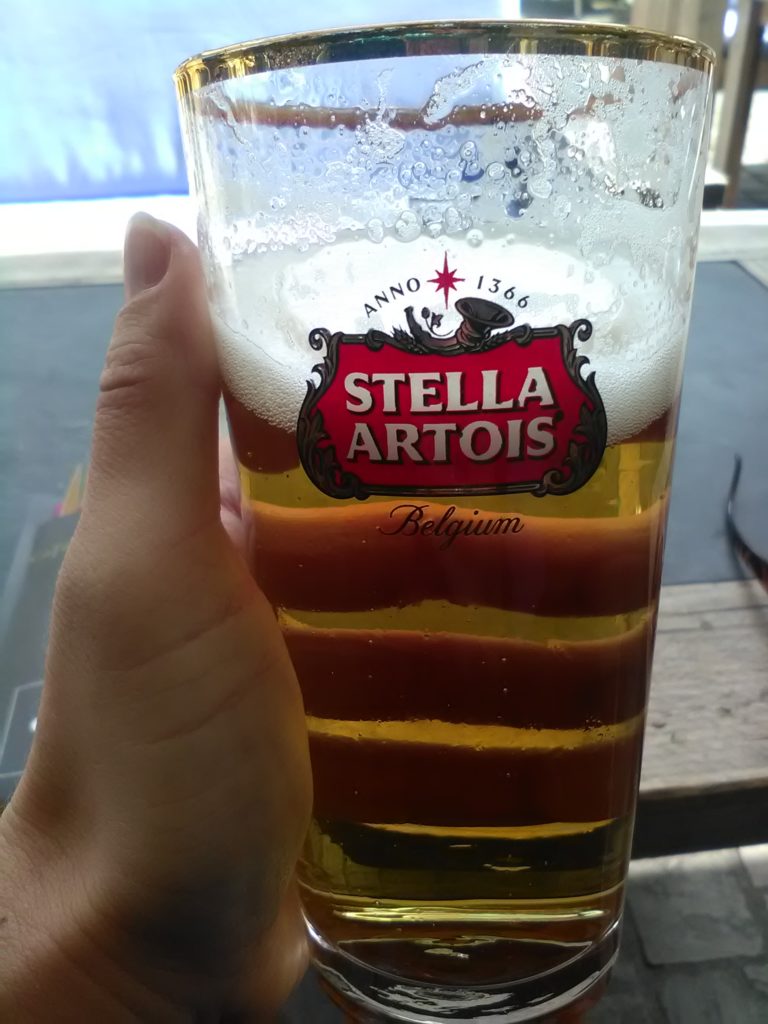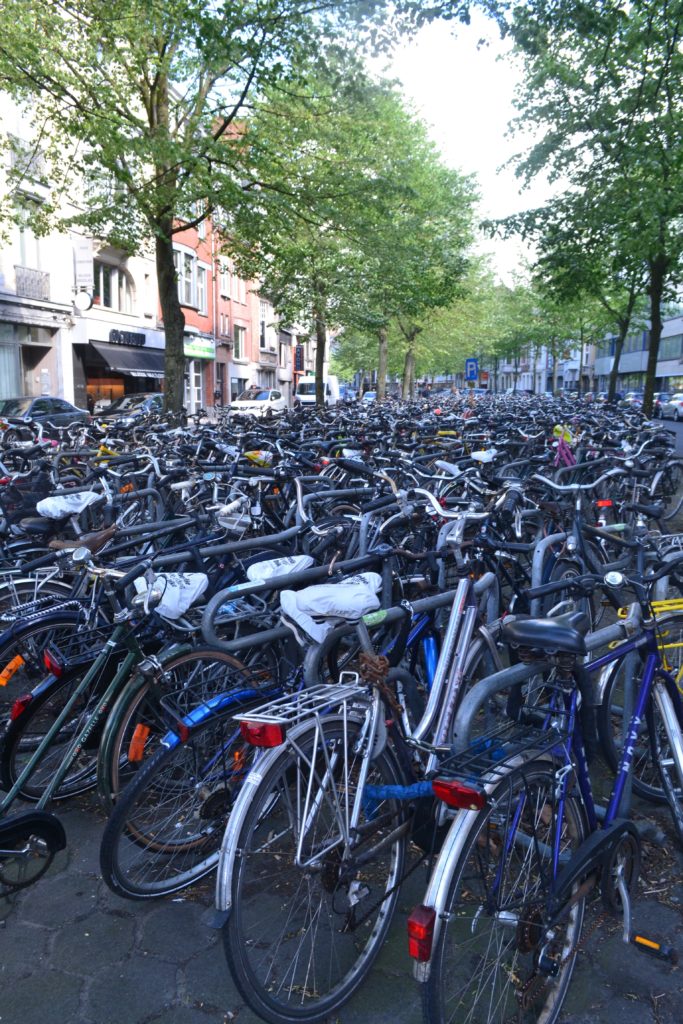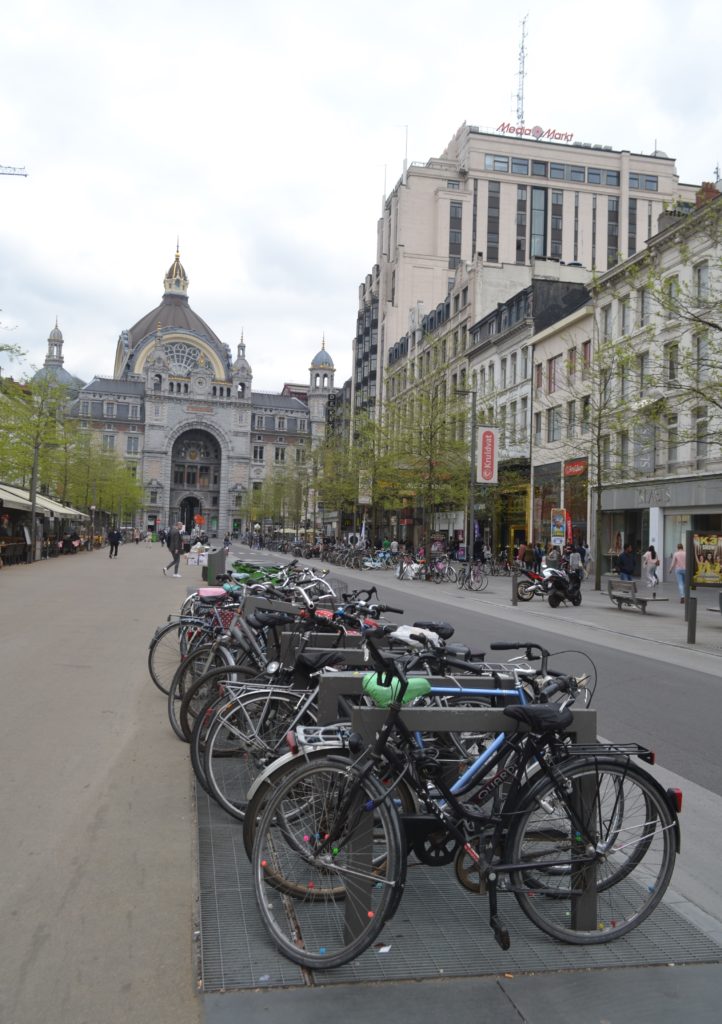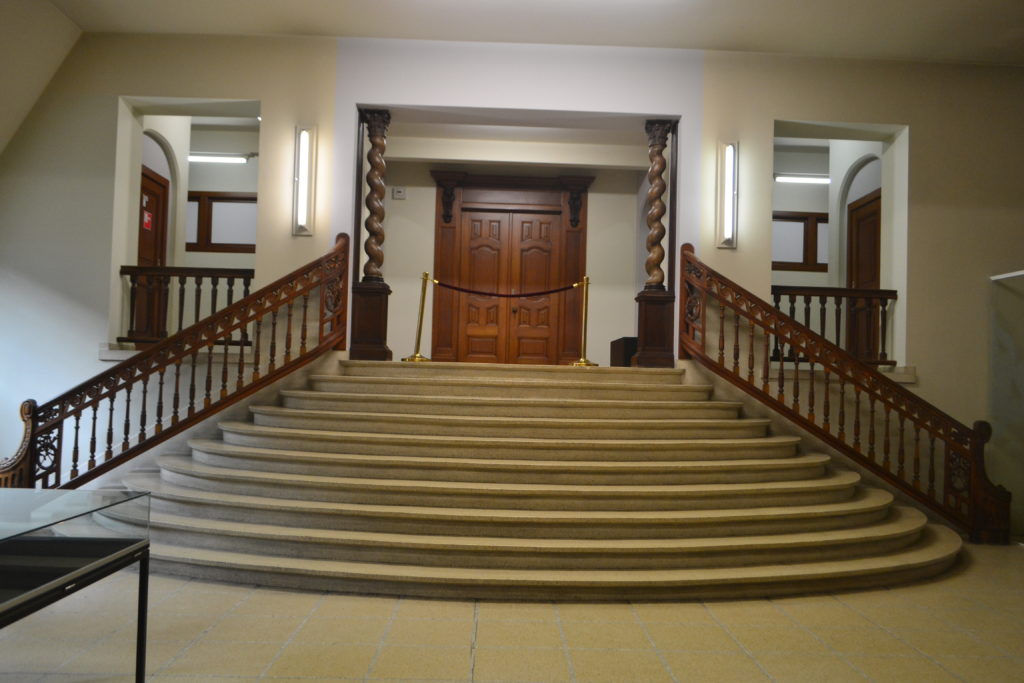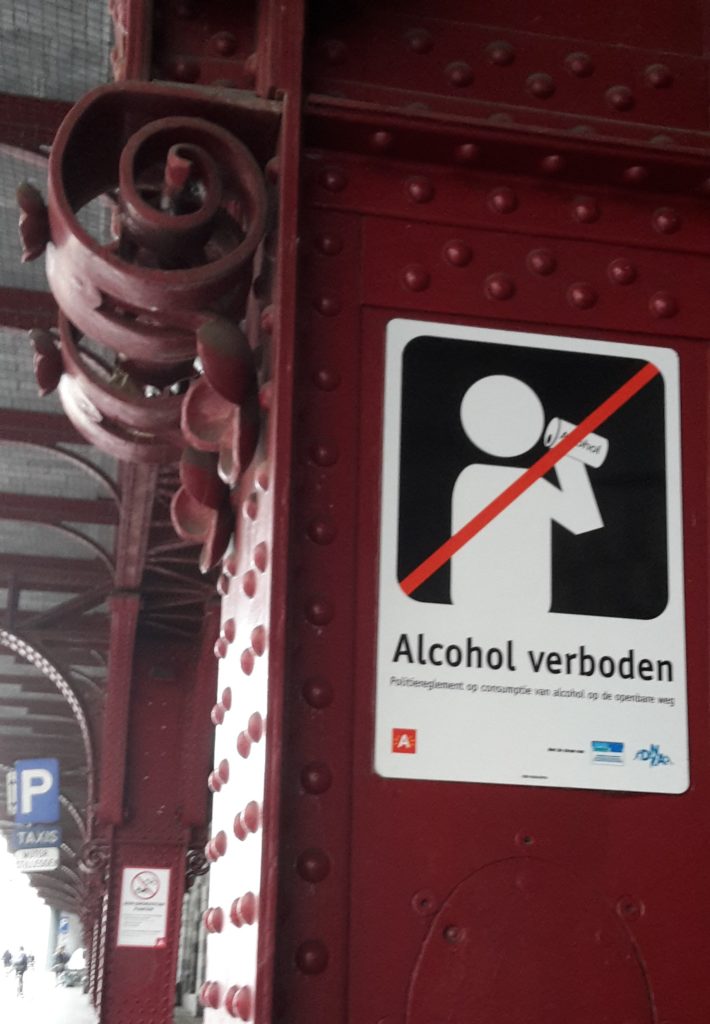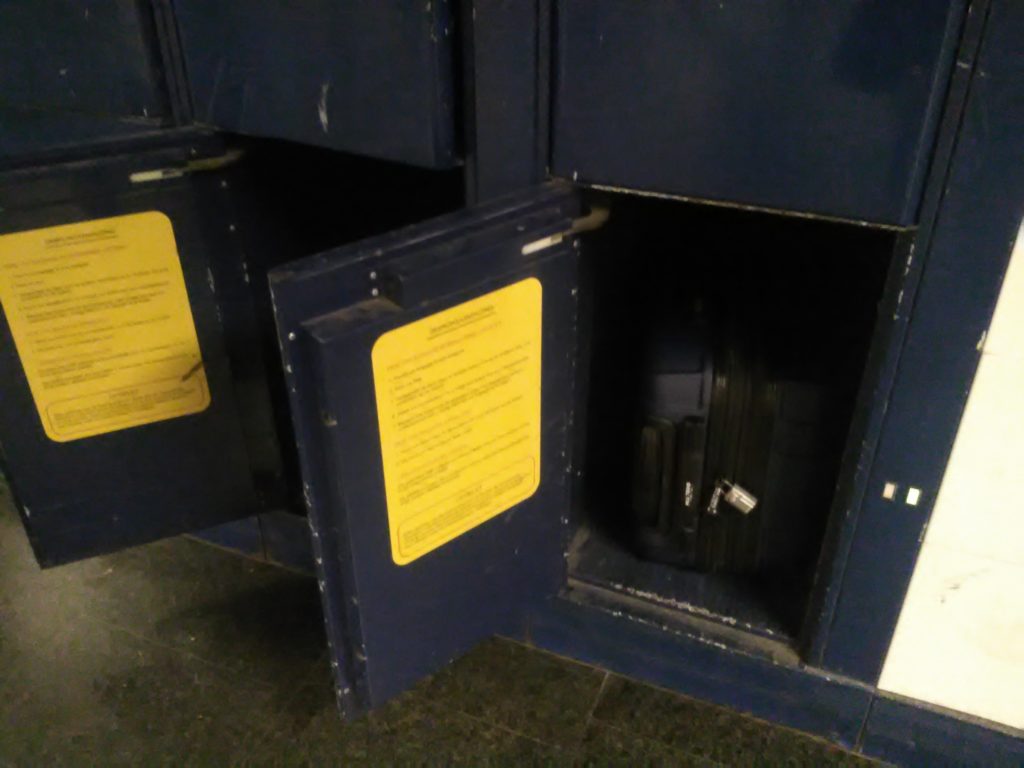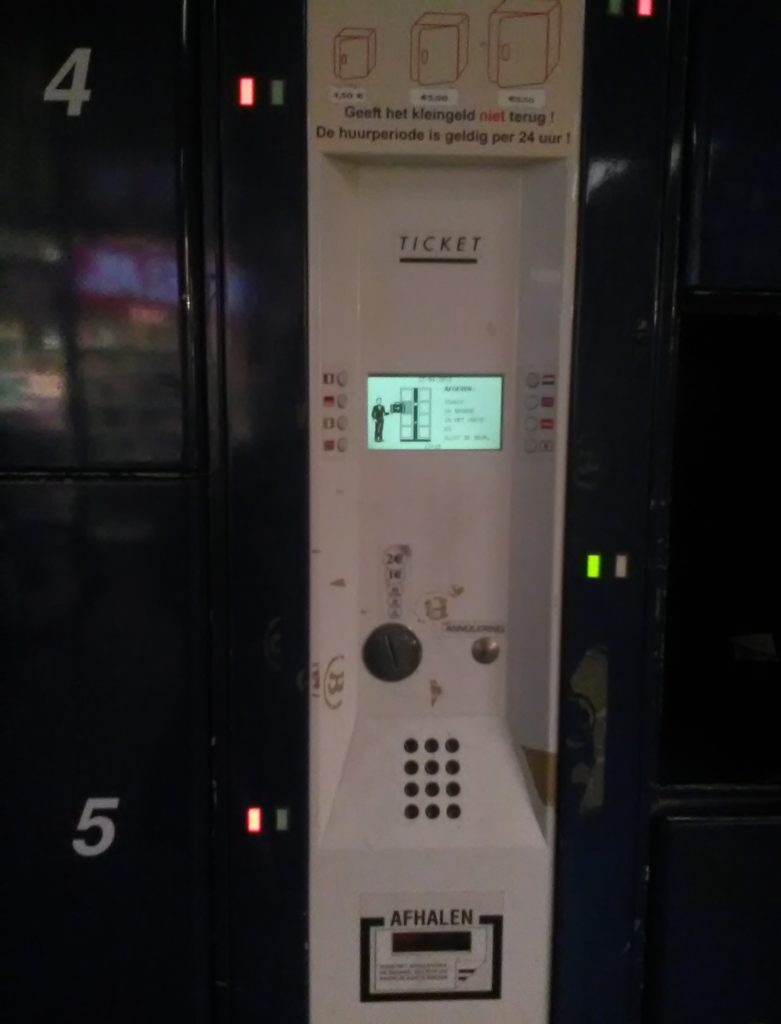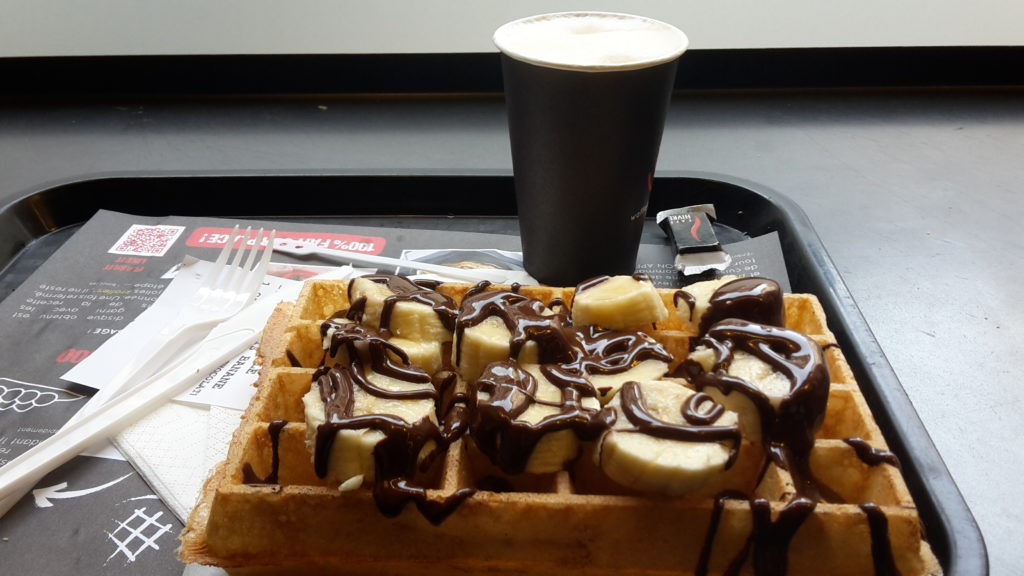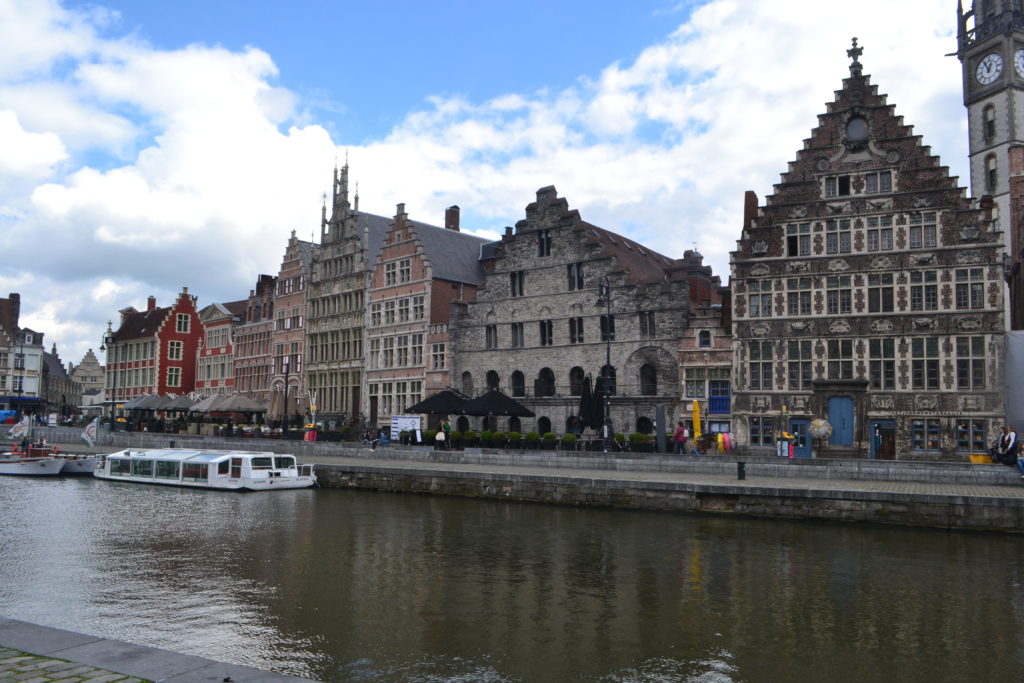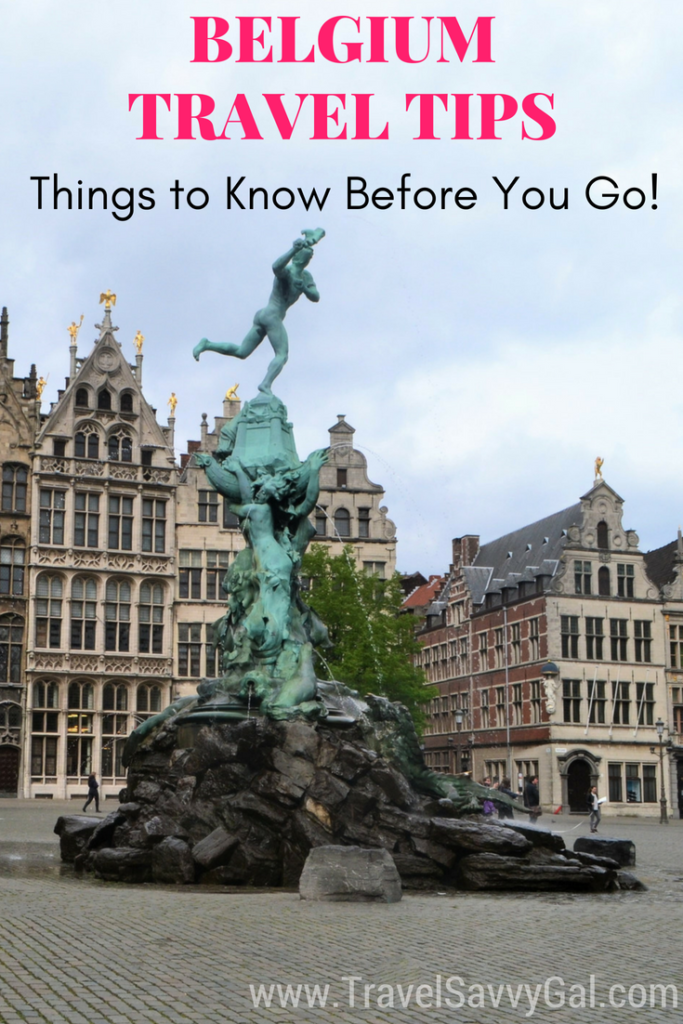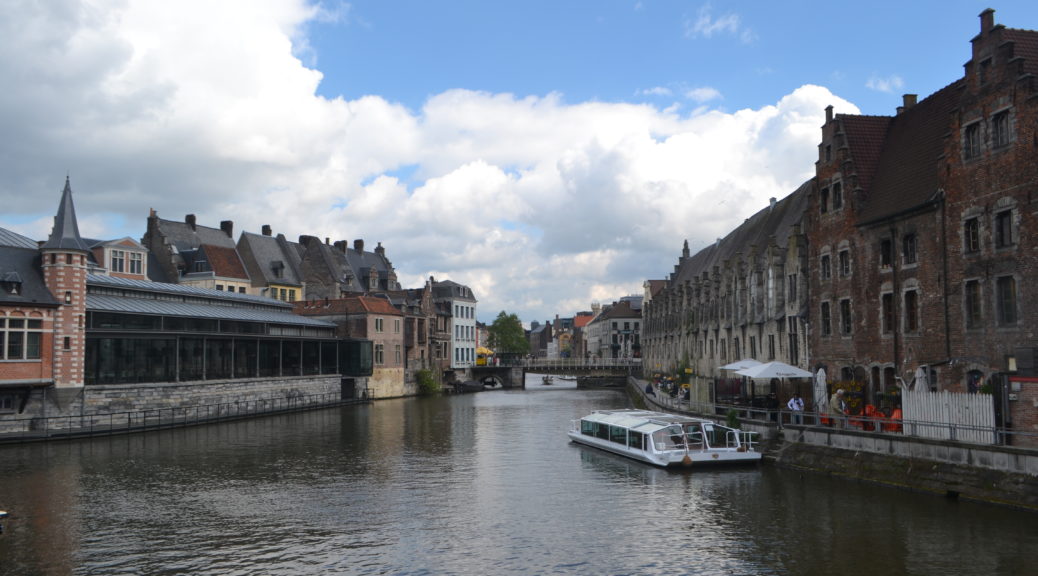
How to Spend One Day in Ghent, Belgium: Things to See, Do, and Eat!
One day in Ghent may just leave you wanting more. It is a perfect spot for a day trip though, combining a variety of things to do in close proximity, beautiful viewpoints, and easy access to and from nearby Belgian cities, including Brussels, Bruges, and Antwerp.
But even if you only have one day in Ghent, it is worth visiting not only because it is easy to get to – which it is! – but there are some pretty incredible things to see while you’re there.
The city boasts a series of major churches all in a row, which is something rarely seen in any city anywhere. They all are beautiful to explore and have wonderful views of one another, plus there’s also a great spot on a nearby bridge overlooking them all.
Speaking of bridges, Ghent is one of many Belgian cities built on water, and you’ll get beautiful water views on the rivers and canals that wind through town.
Oh yeah, and did I mention there’s a castle?
Luckily all of these sights are quite close to one another, so one day in Ghent is all you’ll need to leisurely stroll between them and enjoy the city.
Below, check out the details on everything you need to know to visit, including my best tips for when you go!
Things to Do during One Day in Ghent
Churches & Nearby Viewpoints
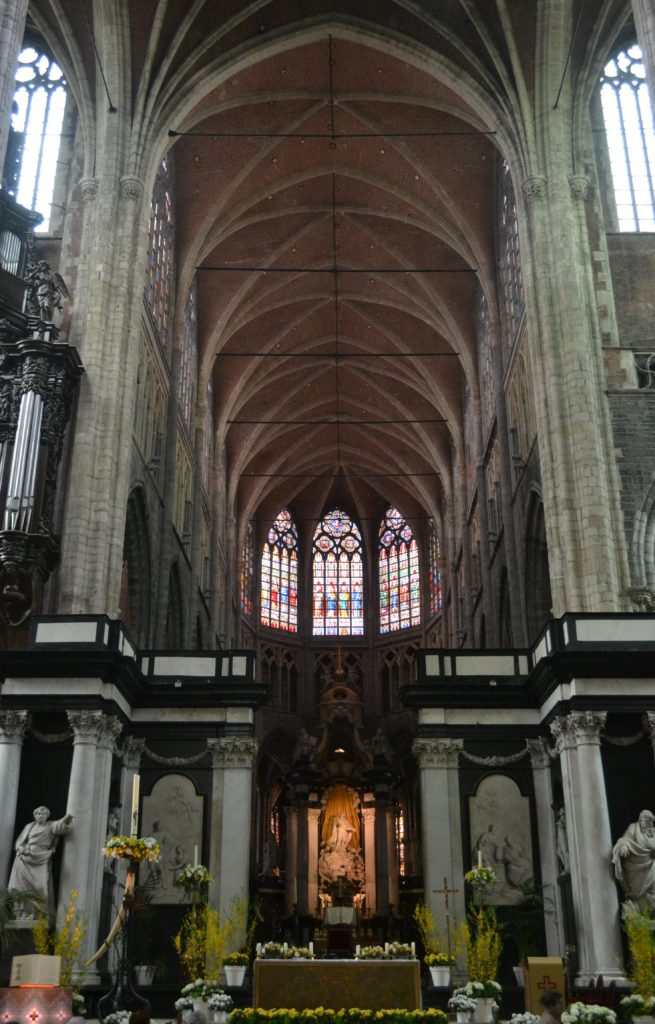

Sint-Baafs (St Bavo) Cathedral
Ghent has several churches but there is only one Cathedral, and beyond its 1,000+ year history and majestic beauty, this one boasts one of the most famous pieces of art in the world, the Ghent Altarpiece. This is the spot around to your left when you enter with its own ticket stand, where you can go and admire the details and images depicted on the different panels. The whole church is lovely though, and the Cathedral has the first of three medieval towers all lined up along this street.
TIP! The Ghent Altarpiece has its own visiting hours, so be sure to check before you go.
TIP! From noon until 1pm the panels of the Altarpiece are closed so you can see the reverse side. If you can, come around either the start or end of the hour so you get the opportunity to see both sides.
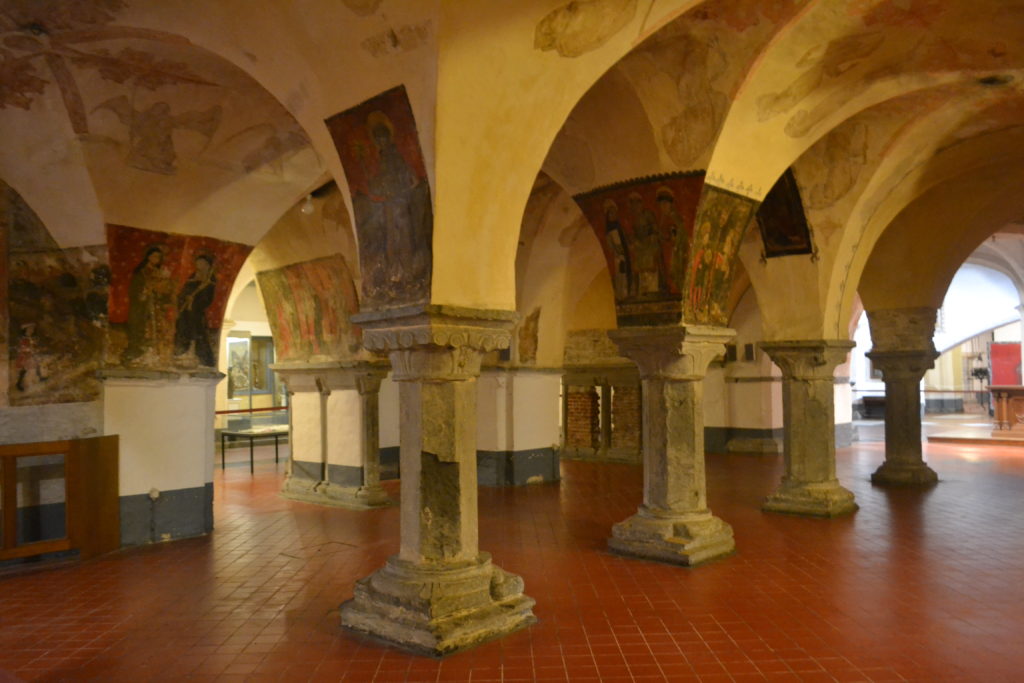
TIP! I had a little trouble finding the entrance, but don’t be shy about asking – one of the helpful volunteers pointed me toward the underground area with the oldest sections of the church.
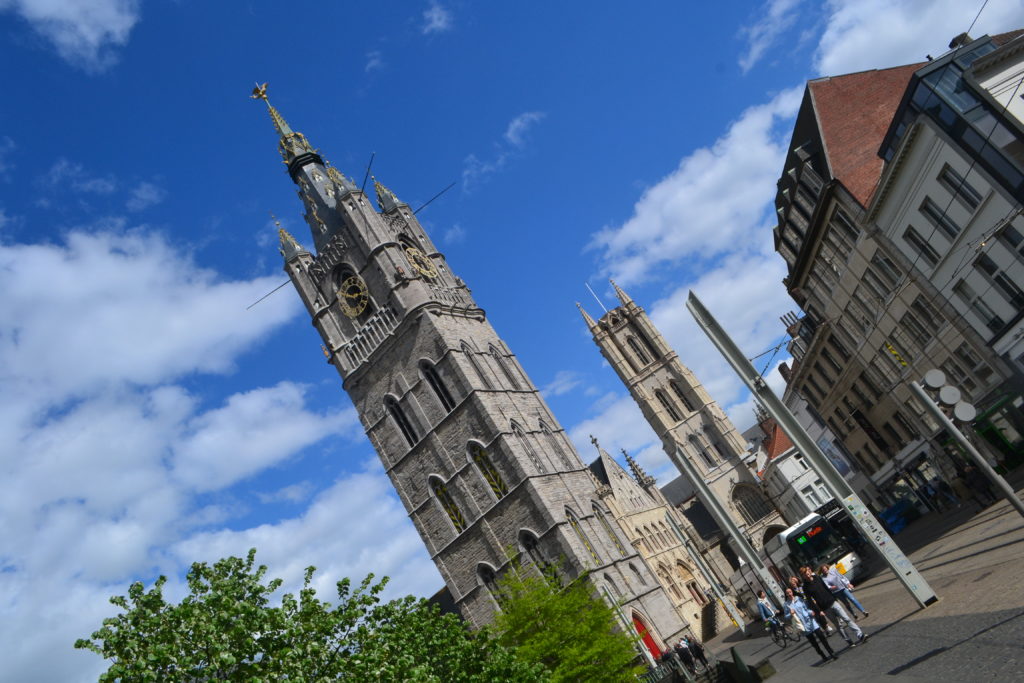
The tallest belfry in Belgium and one of a group of belfries with the UNESCO World Heritage designation in the region (it has been around since the 1300s after all), this is the second of the medieval towers all in a row. And it’s made to be climbed! Take your time reaching the top and enjoy the views of the surrounding churches and city.
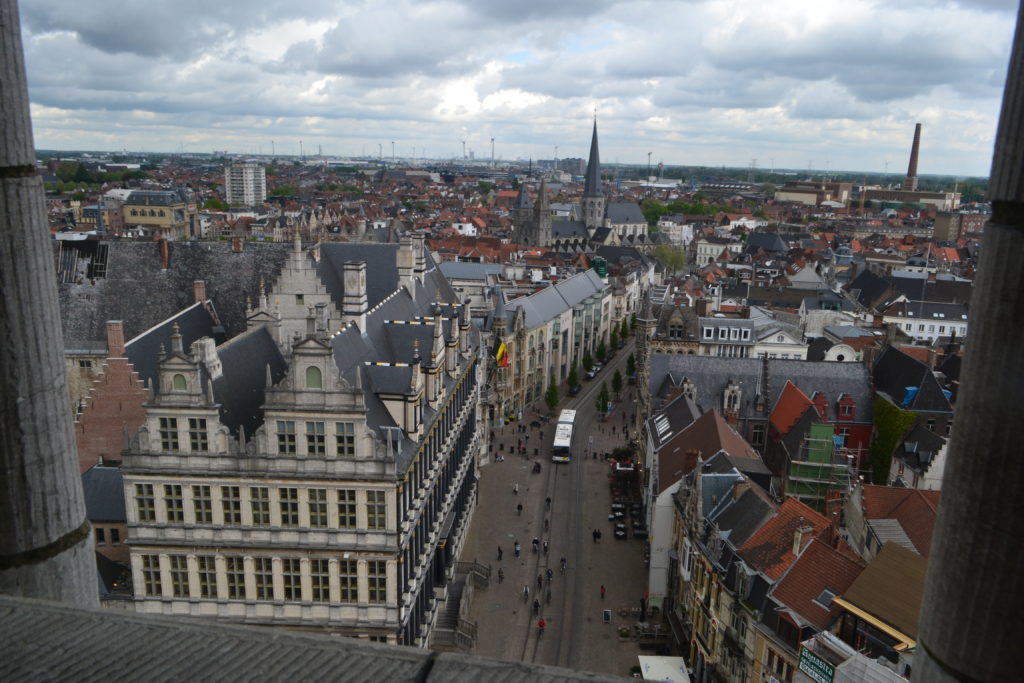
TIP! Be mindful of when the bell is rung so you do not end up right next to the deafening sound.
https://www.instagram.com/p/BiCOQ1Snc8D/?hl=en&taken-by=travelsavvygal
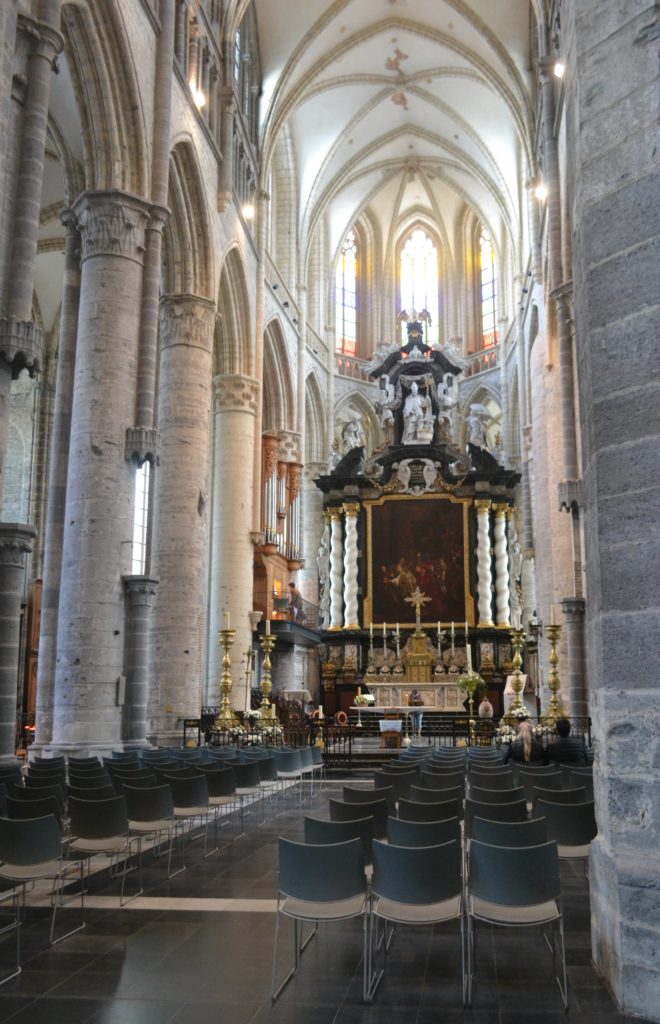
Honestly, I found St Nicholas Church to be more impressive from the outside than the inside, but it is worth taking a few minutes to stroll inside and spy the natural light streaming in through the unusually placed tower, which is the final medieval tower of three.
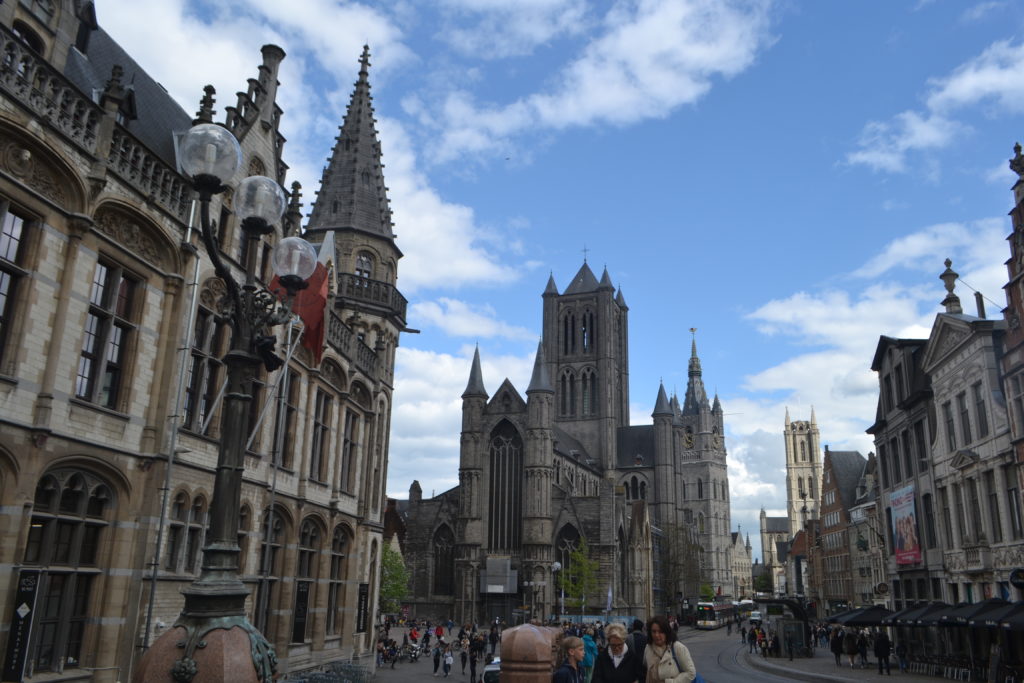
Depending on which way you visit the churches and Belfry, this Bridge will either be first or last. Regardless of when you reach it, pause for a bit to take in the sweeping view of it all, with the three towers all lined up.
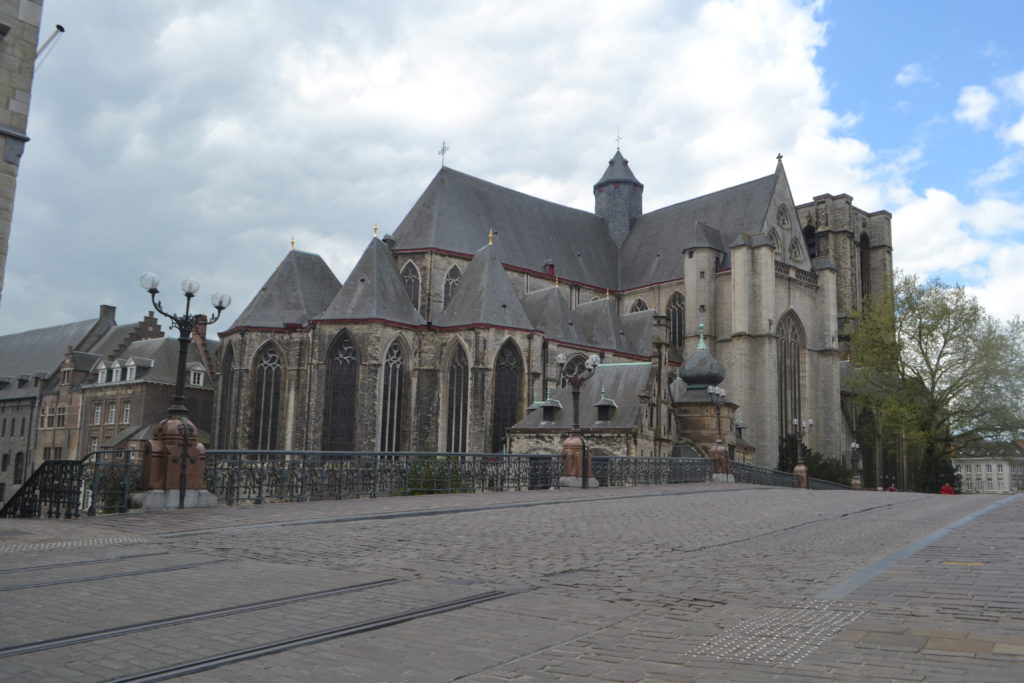
I was honestly a bit churched-out after visiting the other spots, and only got a chance to appreciate it from the outside. The church is adjacent to the bridge and is also notable for the city, with a lot of famous artwork inside.
More Things to See and Do Around Town
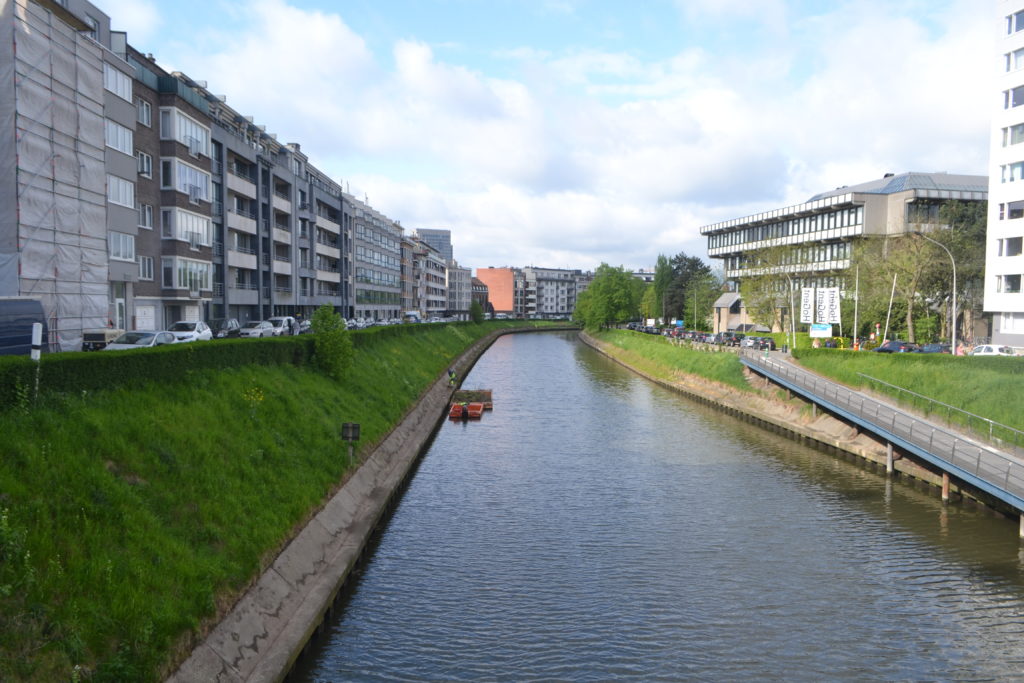
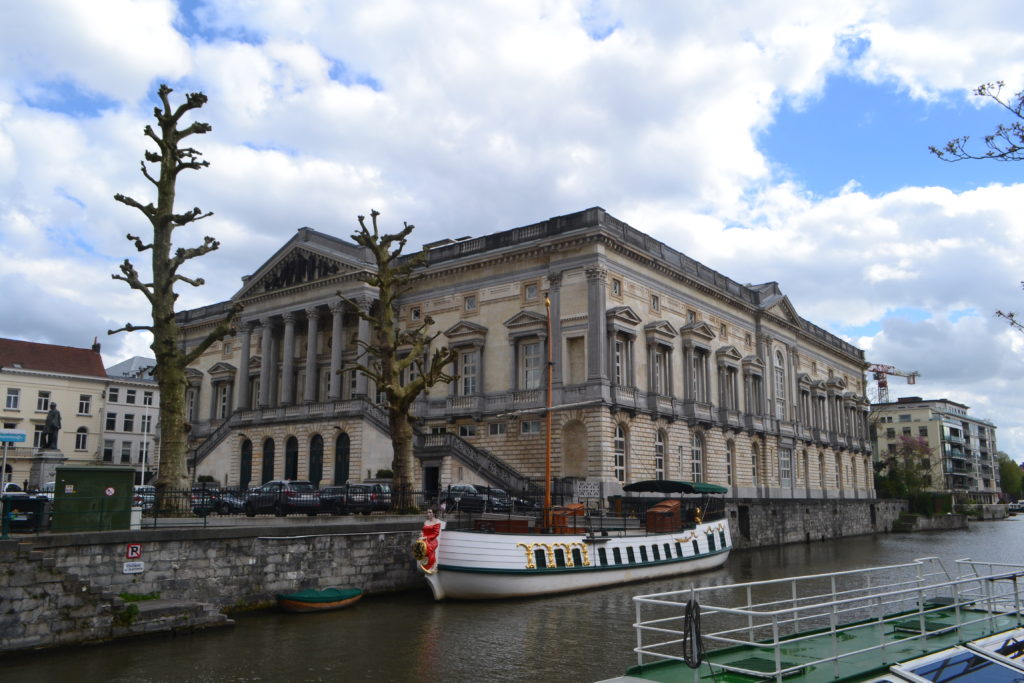
Canals and Waterways
Water views always get me, and there are plenty as you stroll along the canals and waterways of Ghent. If the weather is nice, the stroll from the train station is about a half hour and mostly goes along the water, with public sculptures and plenty of views along the way.
TIP! There are see ‘(More) Practical Tips for Visiting’ section below).

After a day of sightseeing, there’s nothing like taking some time to sit and enjoy nature, and this park is quite a large green space, with plenty of spots to stroll or sit and read. I enjoyed spending some time here before I had to catch my train back to Antwerp, where I was staying.
Don’t worry, this spot is still in town, Gent is just one of the alternate spellings you’ll see for the city. The Design Museum would have been a great spot to check out, but unfortunately I visited on a Wednesday, when they’re closed. If you get the CityCard Gent (see ‘(More) Practical Tips for Visiting’ section below), it’s already included, so would be worth popping in even if it’s just for a short while.
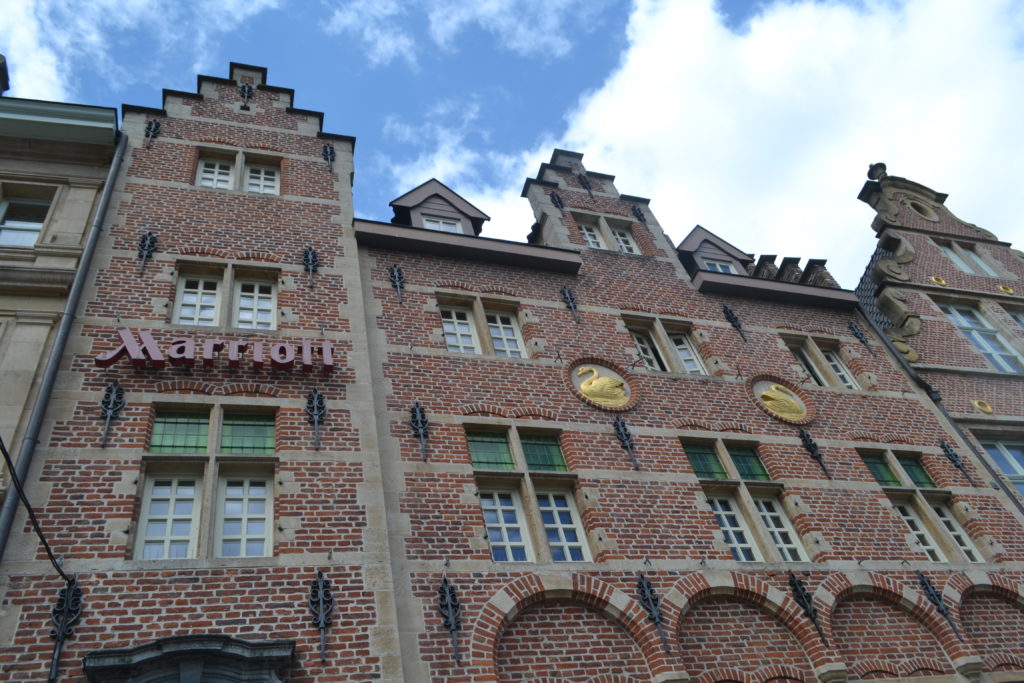
Not only are you likely to pass this spot anyway, if you look closely you’ll see the double swan symbol on its facade, betraying this hotel’s past as a 16th century brothel. Pretty random, I thought. Want to get to know it more intimately? Check out the ‘Where to Stay’ section below!
https://www.instagram.com/p/BmyS2fWHFfq/?hl=en&taken-by=travelsavvygal
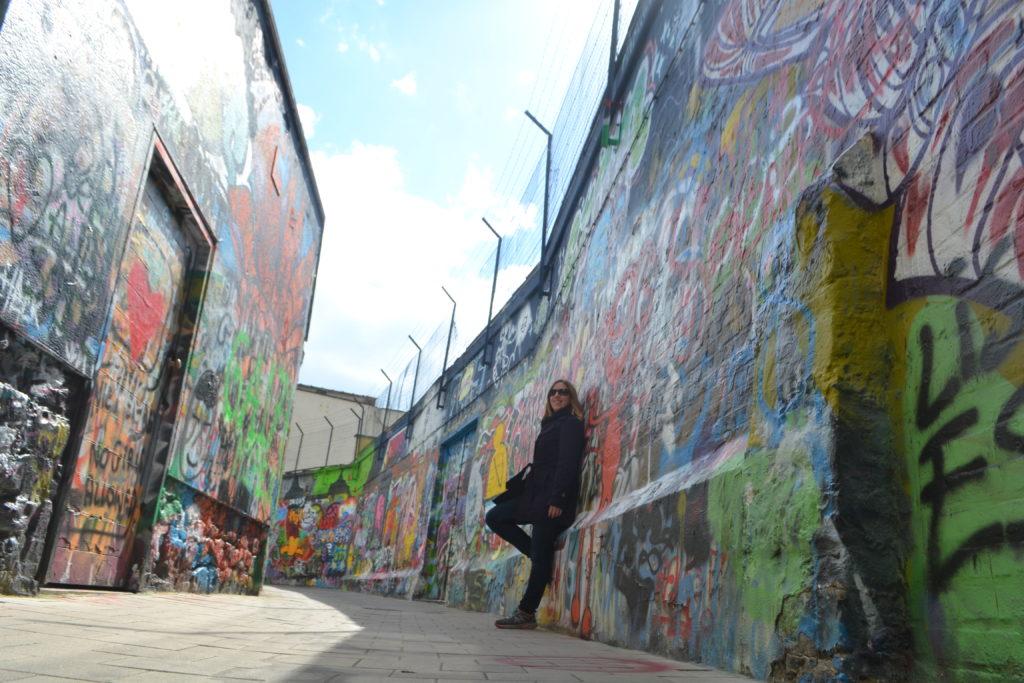
Just like it sounds, this “street” is actually an alleyway where the authorities turn a blind eye to the ever-changing graffiti that covers the walls and objects in every direction. It’s a fun place to stroll even though it is a pretty small.
TIP! If you’re looking for more street art around Ghent, there is a comprehensive map HERE.
https://www.instagram.com/p/Bm0xaPTnVLB/?hl=en&taken-by=travelsavvygal
There’s just something that always gets me when there is a castle right in the middle of a city. This one took me about an hour to stroll through the numbered stops tracing the castles history. Plus, there are great city views in all directions from its rooftop.
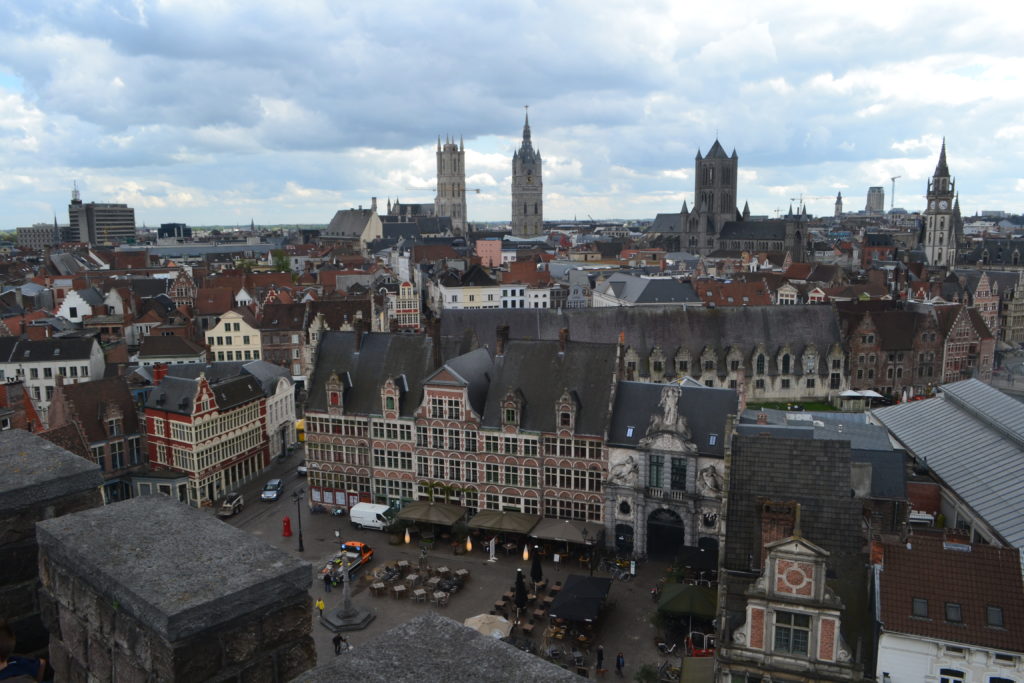
This is a bar and also listed in the section below, however even if you’re not planning on sticking around and ordering a drink, it is worth strolling past just to see this spot. The terrace has a fair bit of seating, but the close quarters inside, including an extra-tiny upper level, make it Ghent’s smallest bar.
Where to Eat and Drink – Best Bites & Sips
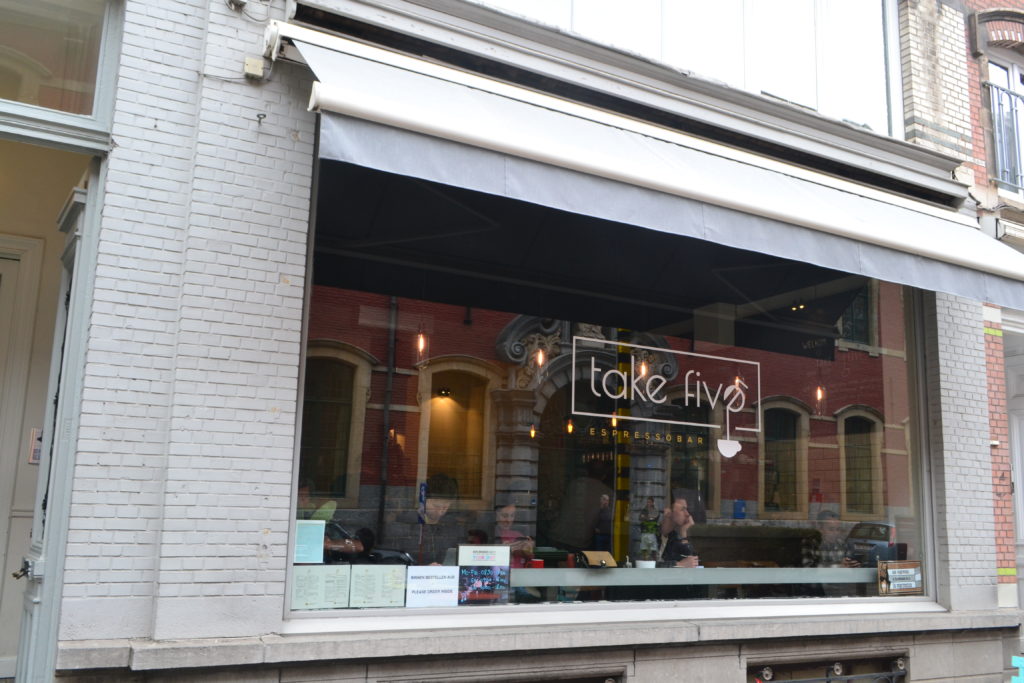
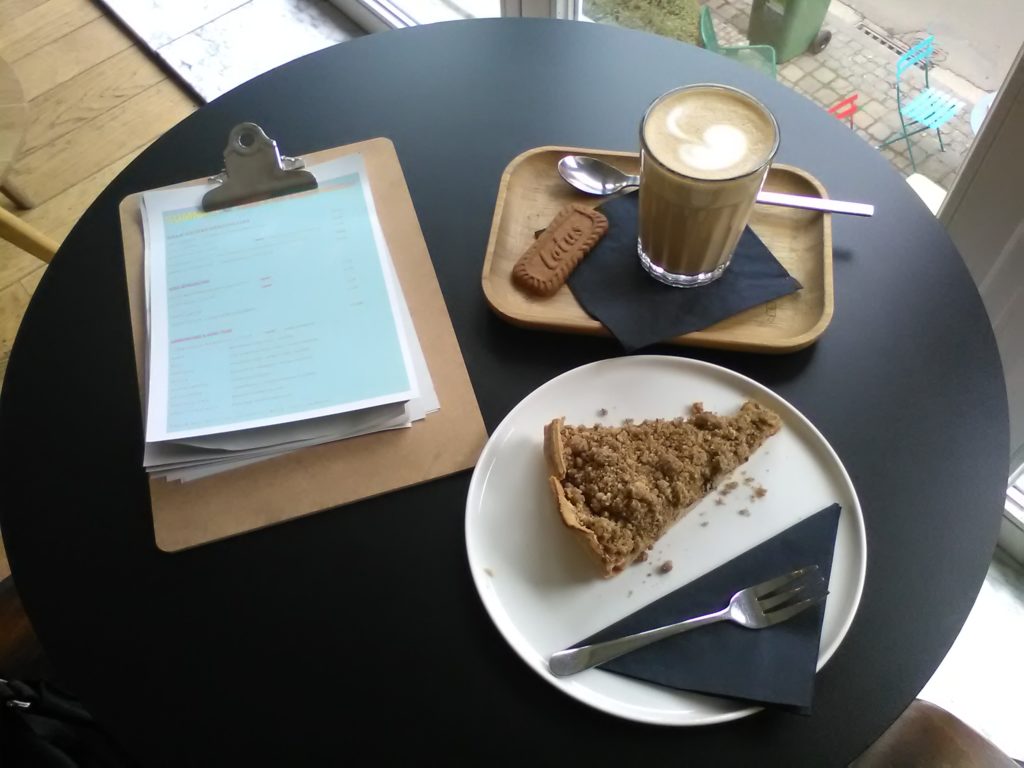
I arrived in Ghent first thing in the morning to maximize my day trip to the city, so I definitely was ready for some coffee when my train arrived. This spot is just a little ways away from the main sights, but worth seeking out because they offer some delicious coffees and pastries to jump start or day or as a snack along the way.
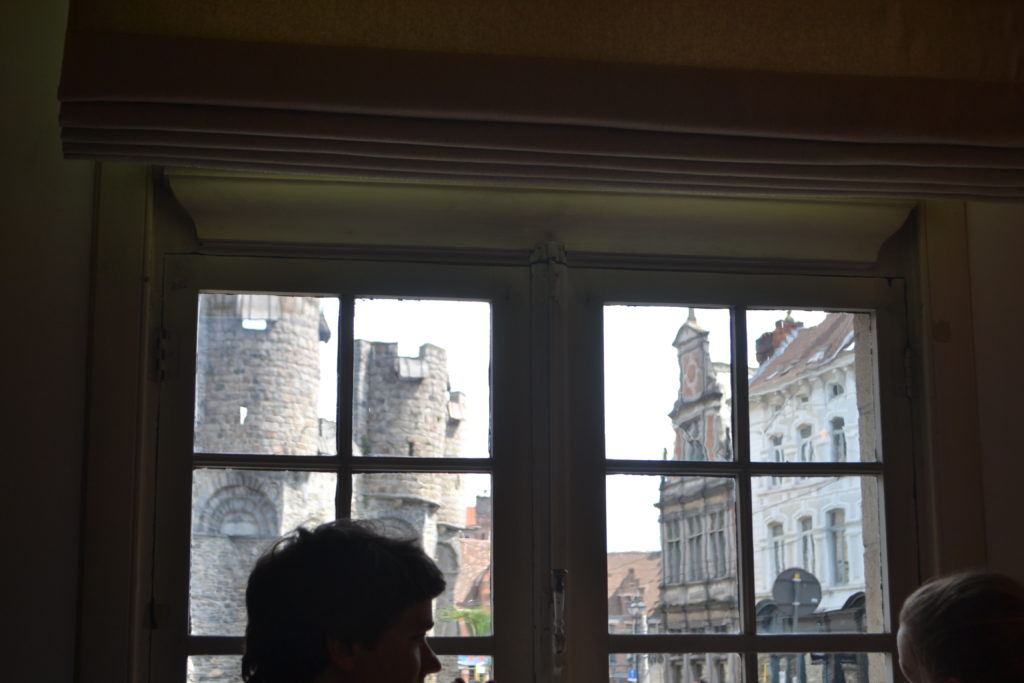
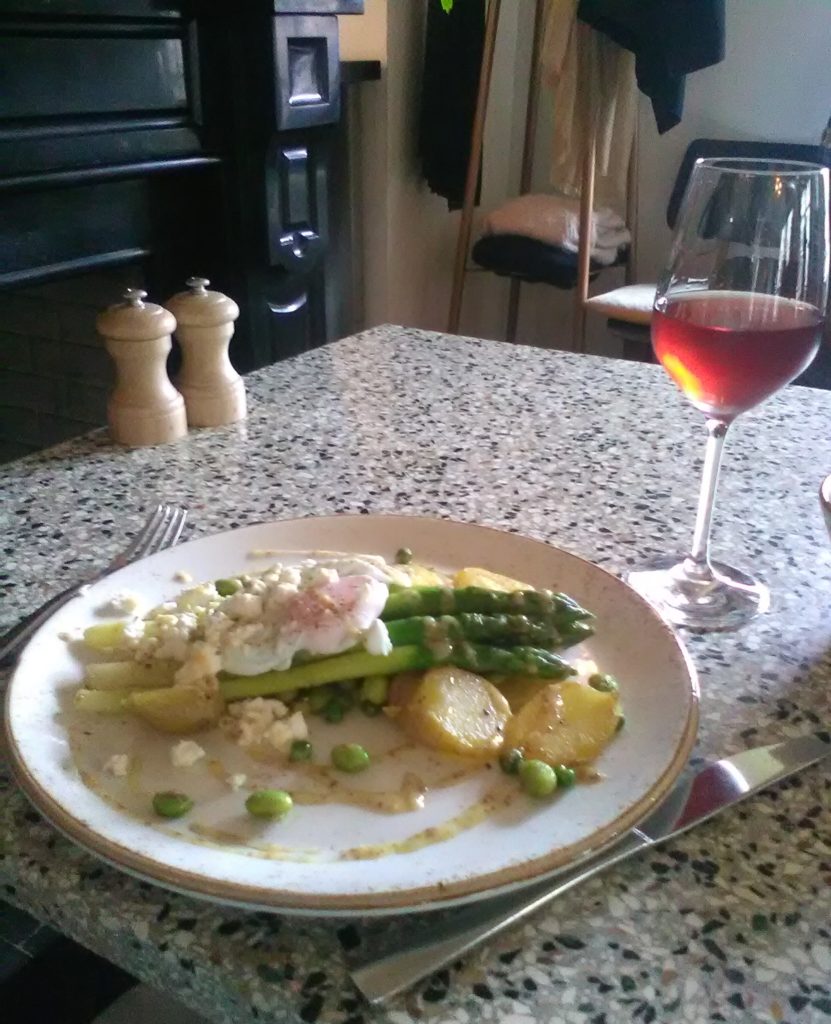
Even though the website is entirely in Dutch, English menus were available when I had a delicious meal with a view of nearby Gravesteen Castle (see above). You can even see the castle from the restroom there! The food is on the more expensive side, which makes sense given the location, but there are specials offered at a discount at lunch and everything was absolutely delicious.
It actually wasn’t my top choice although it turned out to be a great meal, but many other restaurants in that area only opened for dinner, or were specifically closed for lunch on Wednesdays. Other nearby options for local cuisine include De Gekroonde Hoofden and Mémé Gusta.
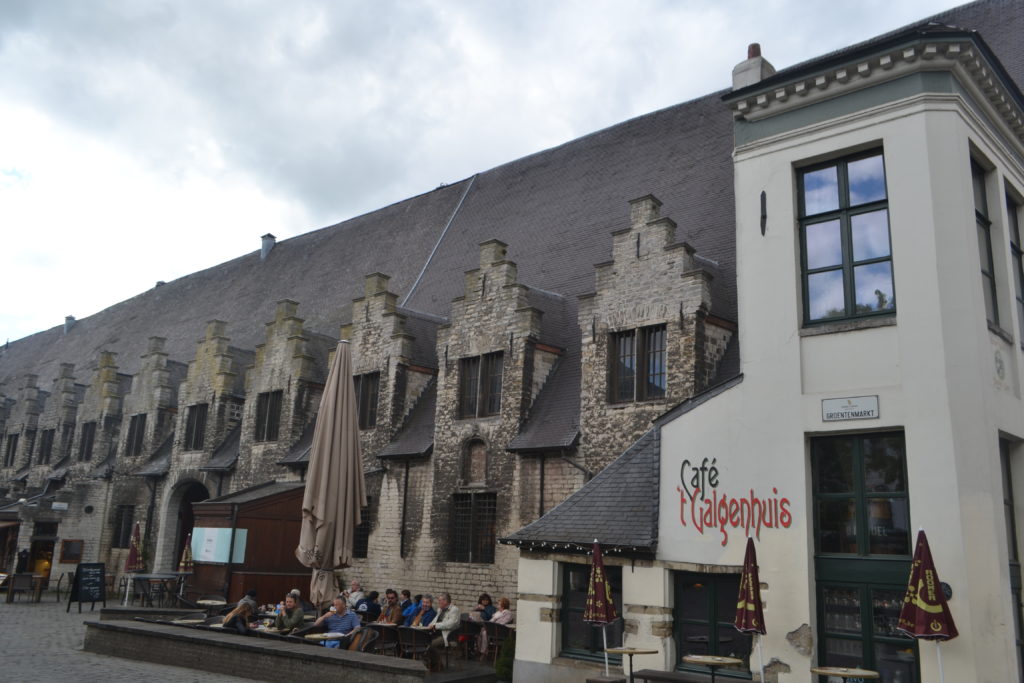
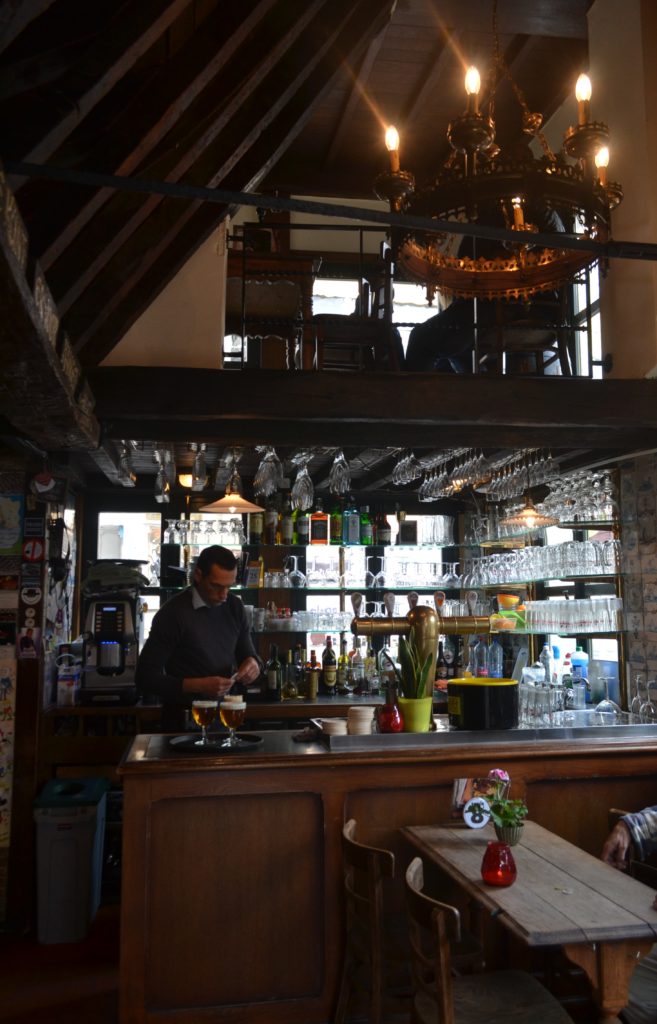
Belgium is known for it’s beer, and there’s no better spot to sit and enjoy one than indoors at what is by far the smallest bar in Ghent. There were several seats available when I went mid-afternoon on a weekday, but I imagine it gets more packed at peak times. And c’mon, this is Belgium, of course the beer was delicious.
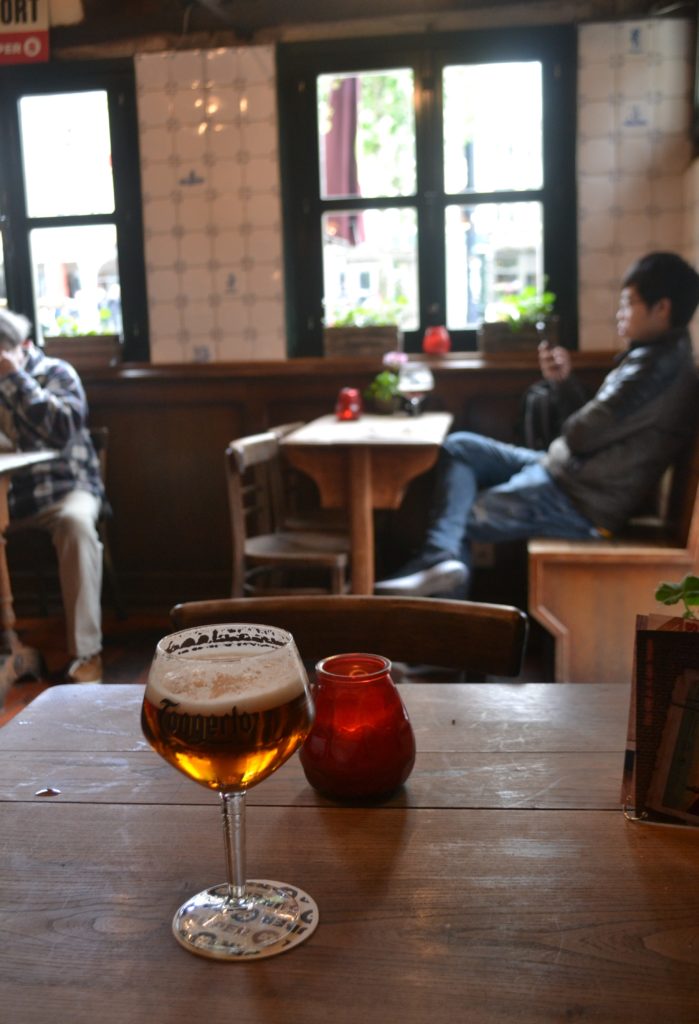
(More) Practical Tips for Visiting
If you visit Ghent as a Day Trip, definitely do some advance planning so you can make the most of your time. Take a train on the earlier side if you can, to maximize your day, including how many hours you’ll be in town when the main attractions are open.
TIP! There is a great CityCard Gent that will get you in pretty much everywhere you’d like to go, and includes free public transportation around town.
TIP! Assuming you’re arriving by train – as most tourists do – consider buying the pass and having free public transit vs. the additional time walking from the train station to the city center (and back) or the cost of paying for transit separately.
TIP! The CityCard also includes access to hop on – hop off water tram if you visit on a weekend.
TIP! On Wednesday (which was the day I visited) several attractions were closed and some restaurants that normally serve lunch were closed for Wednesday lunch, so keep that in mind if you have the flexibility of which day to go.
READ MORE: 9 Top Belgium Travel Tips: What to Know Before You Go!
TIP! Even aside from Wednesday closures, there are a lot more restaurant options for dinner, especially for those serving local cuisine. So even if you’re visiting Ghent on a day trip, consider staying through dinner to enjoy another meal, just be sure to check your return train options in advance.
TIP! Watch out for bicycles!
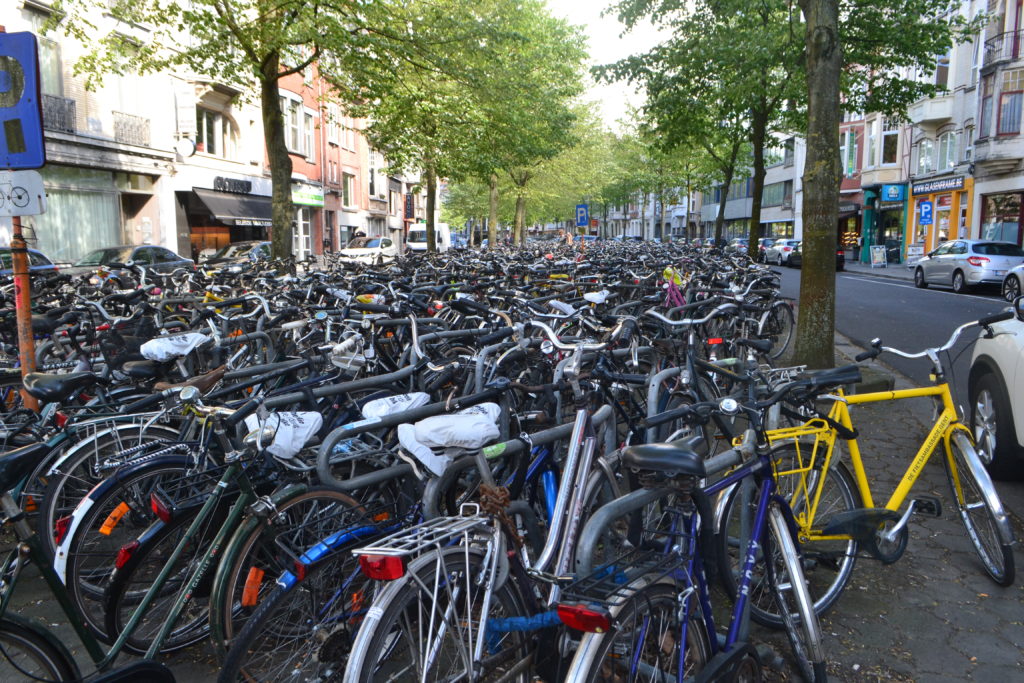
Although I went to Ghent as a day trip, it is such a beautiful town and would be even more relaxing spread across several days.
Where to Stay
Ghent is great as a day trip from several other Belgian cities, but it would also make for a great weekend trip – and I have several friends who have enjoyed doing exactly that!
If you do stay over, here are some great accommodation options:
This spot is a bit of a splurge, with rooms located in the old post office and adorned with antique furniture in elegant surroundings.
AirBNB
Nearly all AirBNB properties will have a kitchen available so you can feel more at home and try your hand at cooking local ingredients or stick to a tight budget by not eating out. And it can often be one of the cheapest accommodation options in a city.
If you’ve never booked at an AirBNB before, click THIS LINK to get a $40 credit after your first AirBNB stay!
Centrally located by the majority of the tourist attractions, it is a short walk from this 18th century townhouse to the sights you’ll want to see during your stay.
Right on the water in the cobblestone older section of Ghent, this is also your opportunity to stay at a former brothel from centuries before (see ‘More Things to See and Do Around Town’ section above).
TIP! You may be able to earn or use Marriott points if you are a frequent traveler with them or even through some airline frequent flier programs.
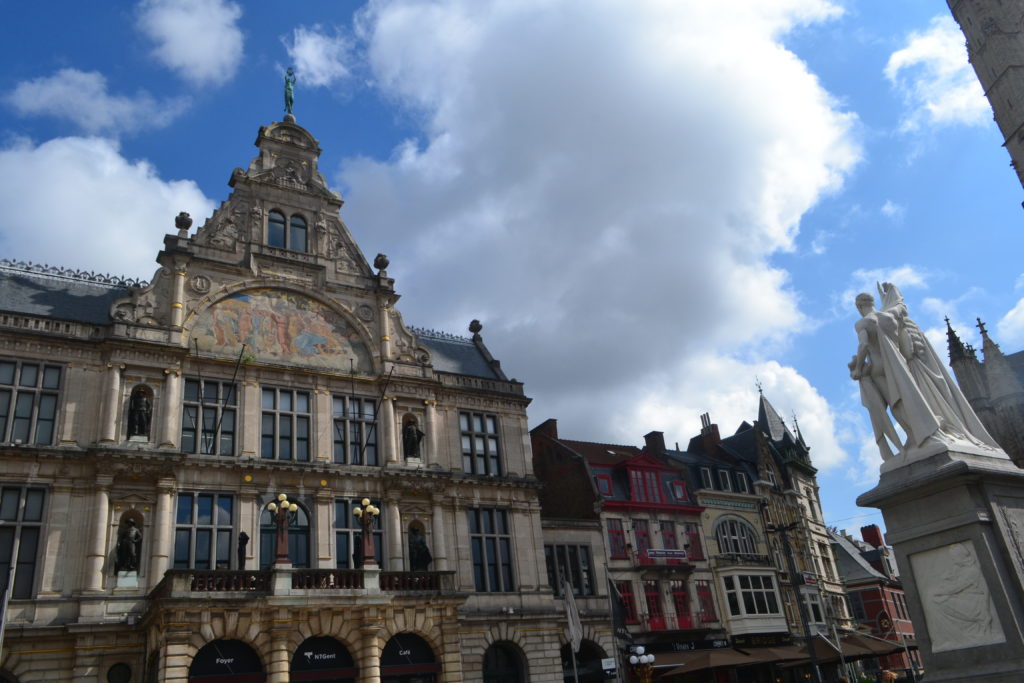
Ghent has been one of my favorite Belgian cities to visit. It is less crowded than some of the other large cities, making it far more pleasant to stroll around town, especially during the day when you’ll see visitors from cruise ships or on airplane layovers at their peak in other cities. And it is large enough to have notable artwork and historical sights to keep every type of traveler entertained on a visit.
And if you live in Europe and Ghent is local for you, definitely stay for a full weekend of exploring!
What do you look for in a great day trip destination? Any sights in Ghent that I missed? What other day trips from Brussels or Antwerp or Bruges would you recommend? Let me know in the ‘Comments’ below!
Like this post? ‘Pin It’ for later on Pinterest!
Right on the water in the cobblestone older section of Ghent, this is also your opportunity to stay at a former brothel from centuries before (see ‘More Things to See and Do Around Town’ section above).
TIP! You may be able to earn or use Marriott points if you are a frequent traveler with them or even through some airline frequent flier programs.

Ghent has been one of my favorite Belgian cities to visit. It is less crowded than some of the other large cities, making it far more pleasant to stroll around town, especially during the day when you’ll see visitors from cruise ships or on airplane layovers at their peak in other cities. And it is large enough to have notable artwork and historical sights to keep every type of traveler entertained on a visit.
And if you live in Europe and Ghent is local for you, definitely stay for a full weekend of exploring!
What do you look for in a great day trip destination? Any sights in Ghent that I missed? What other day trips from Brussels or Antwerp or Bruges would you recommend? Let me know in the ‘Comments’ below!
Like this post? ‘Pin It’ for later on Pinterest!


